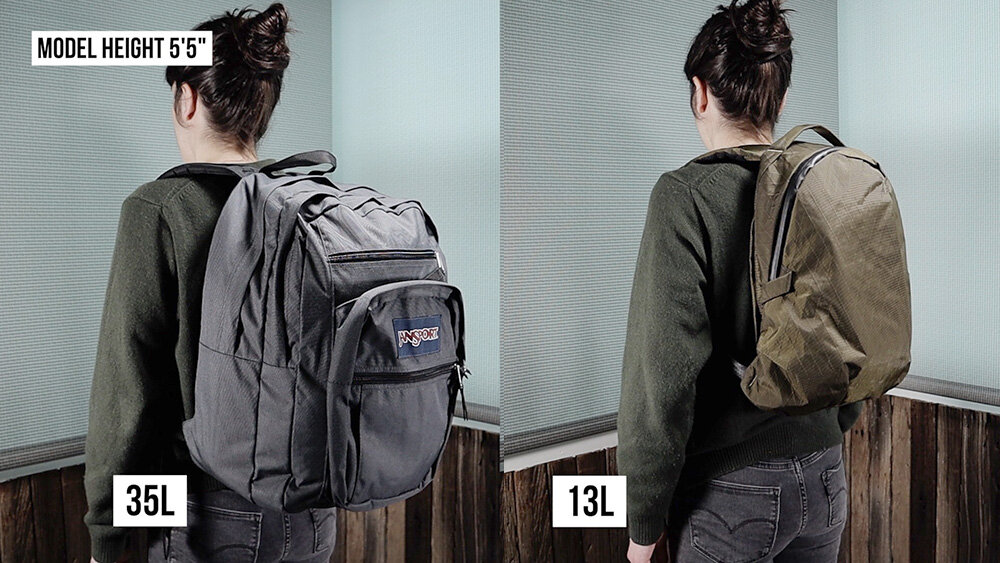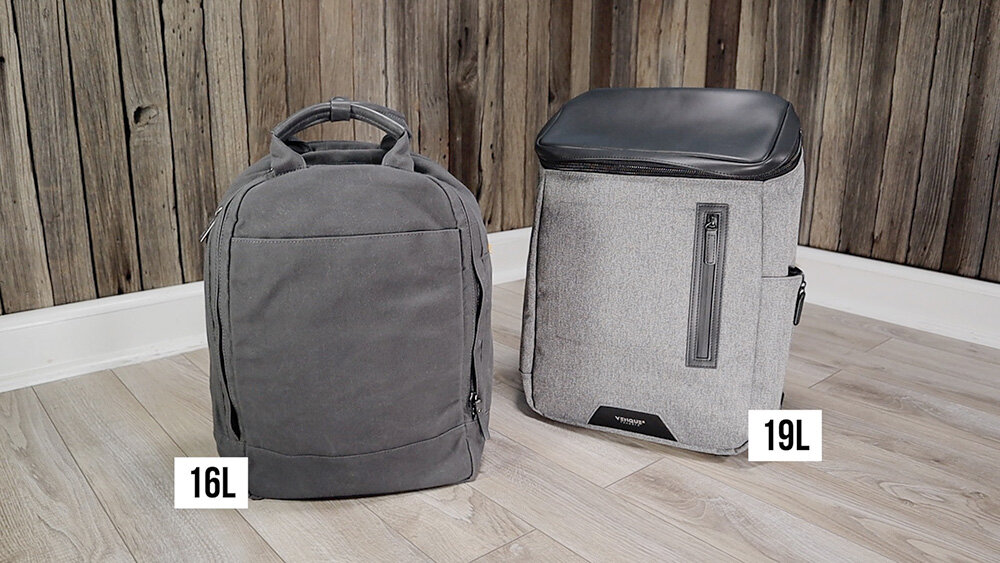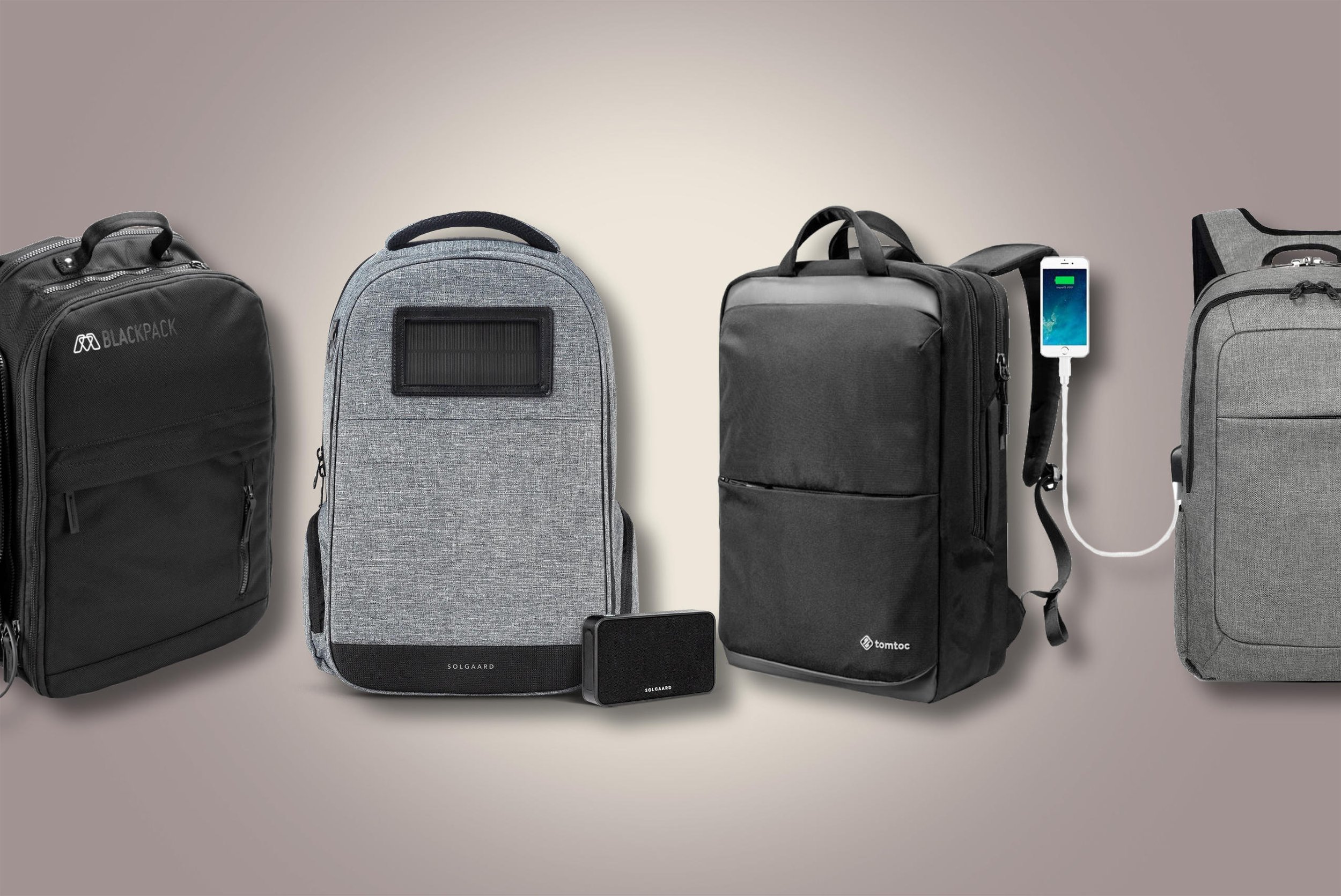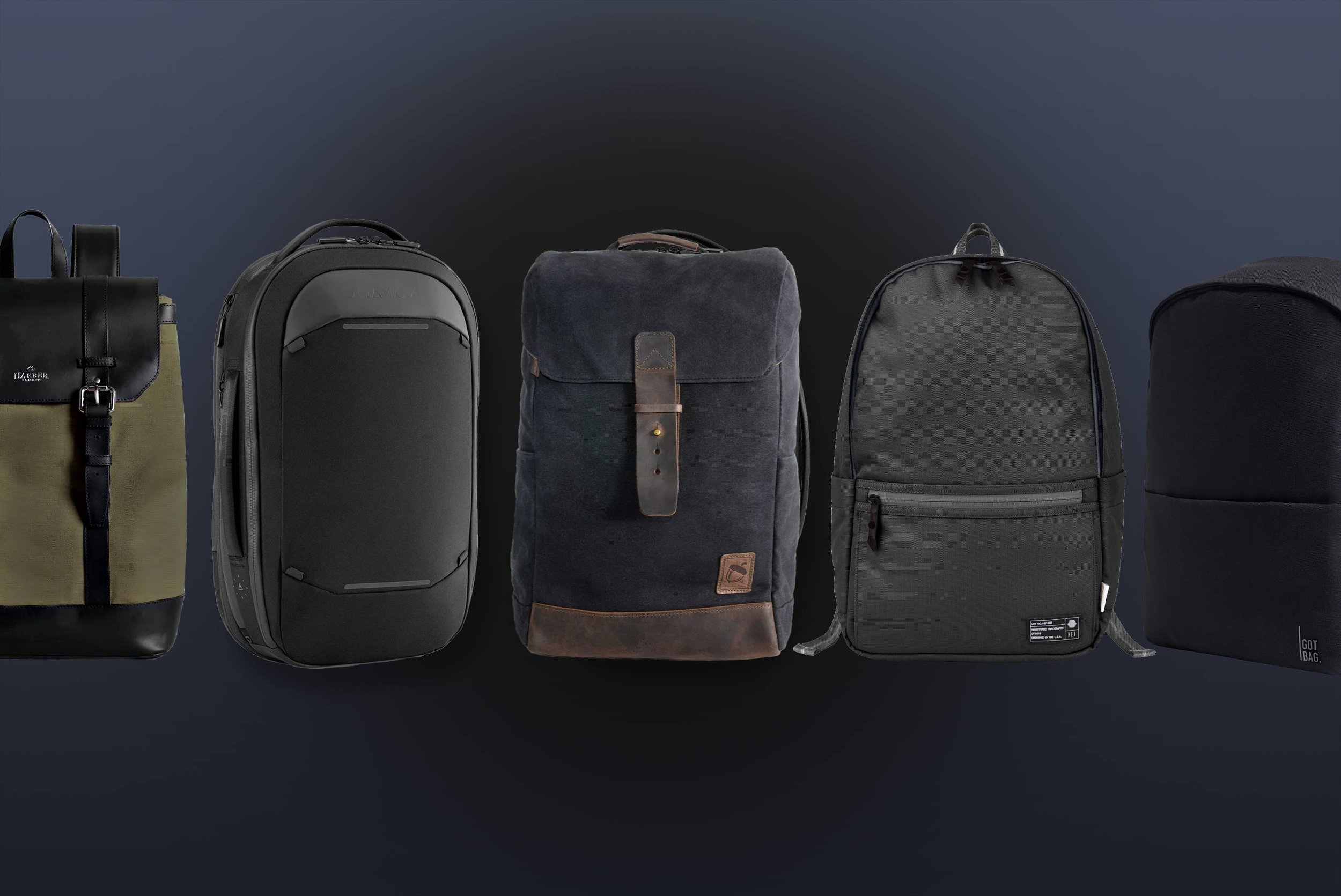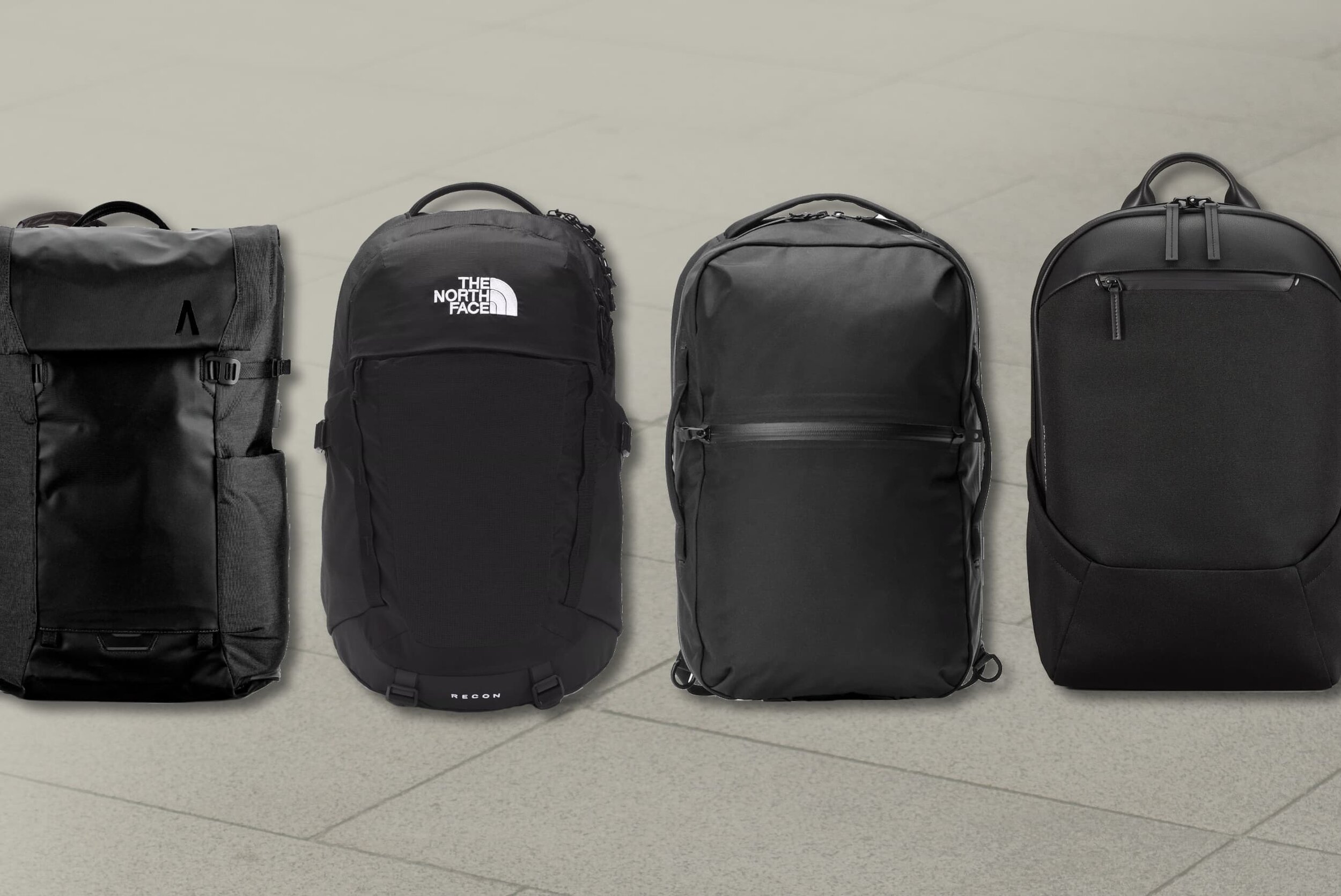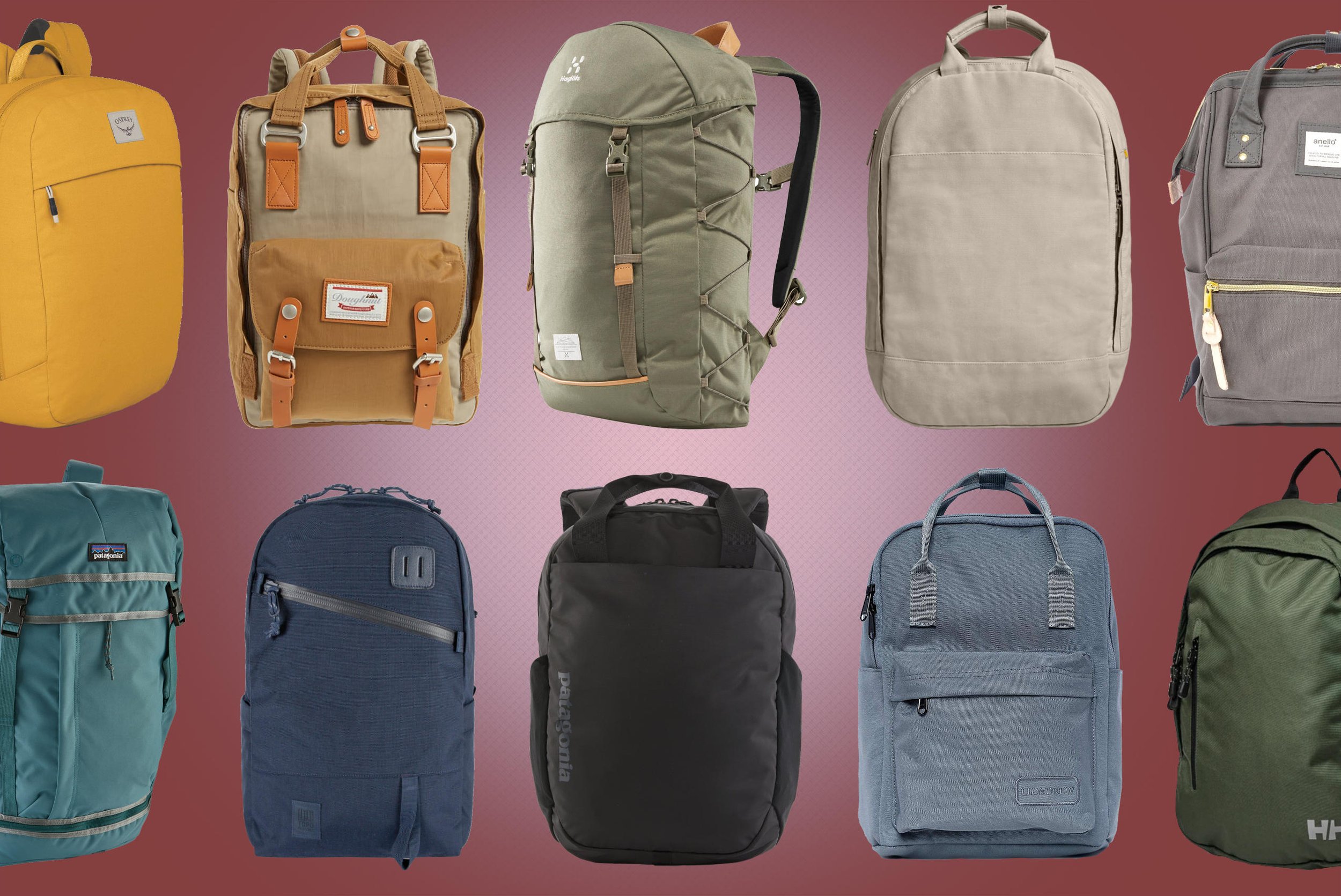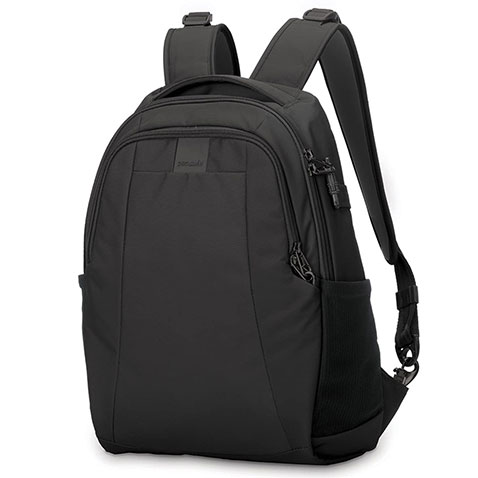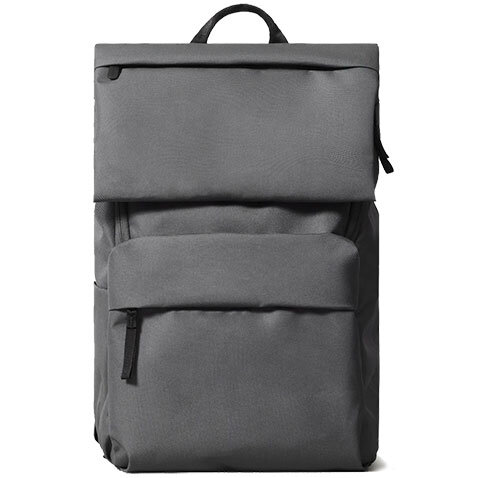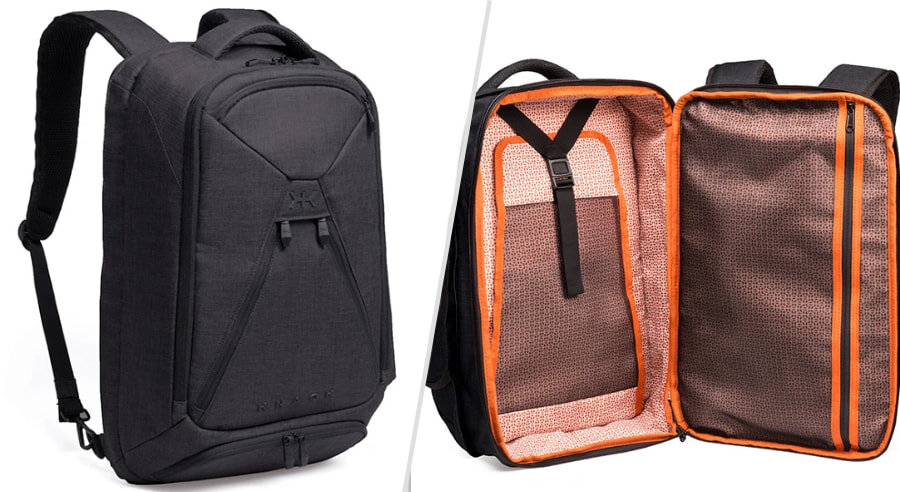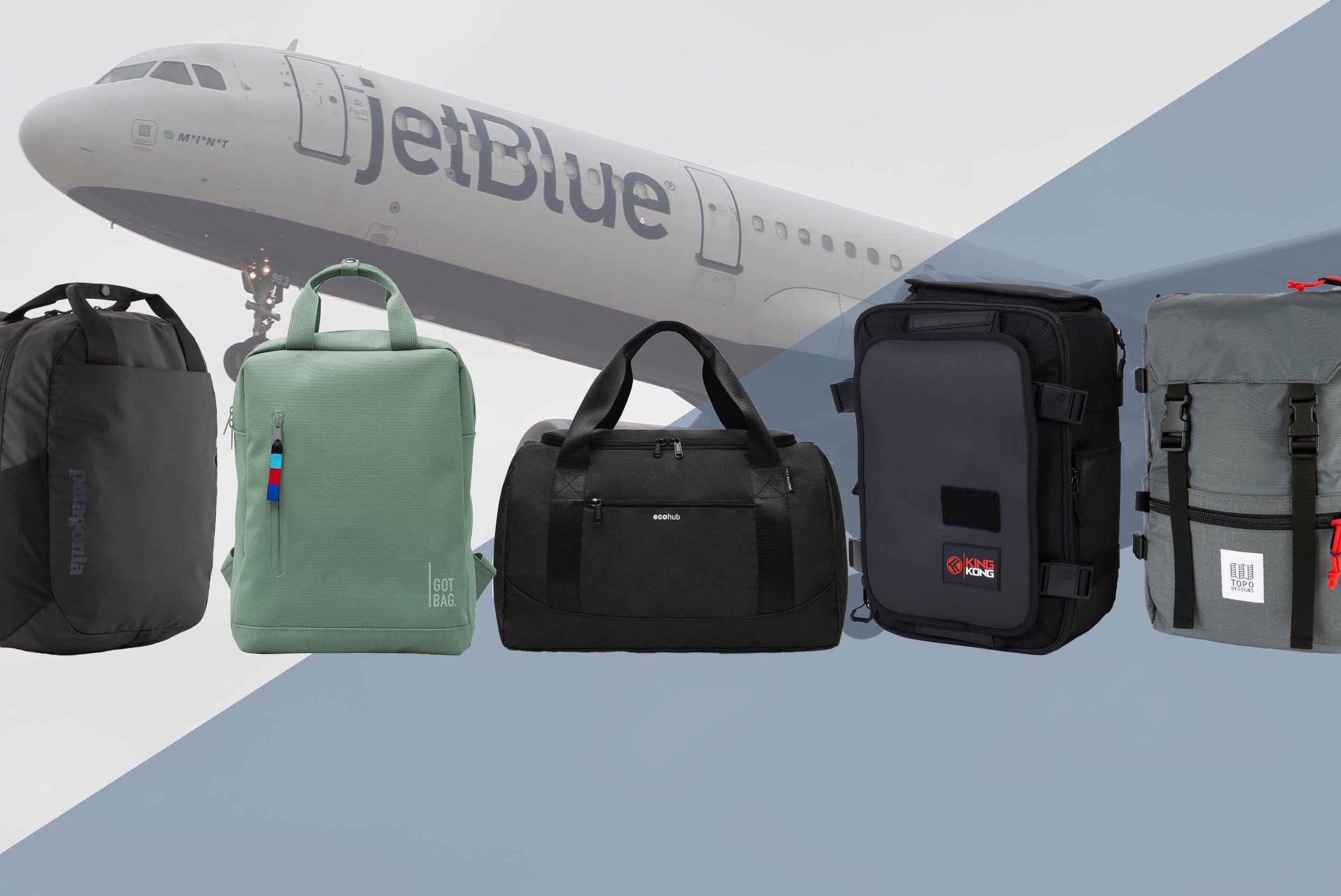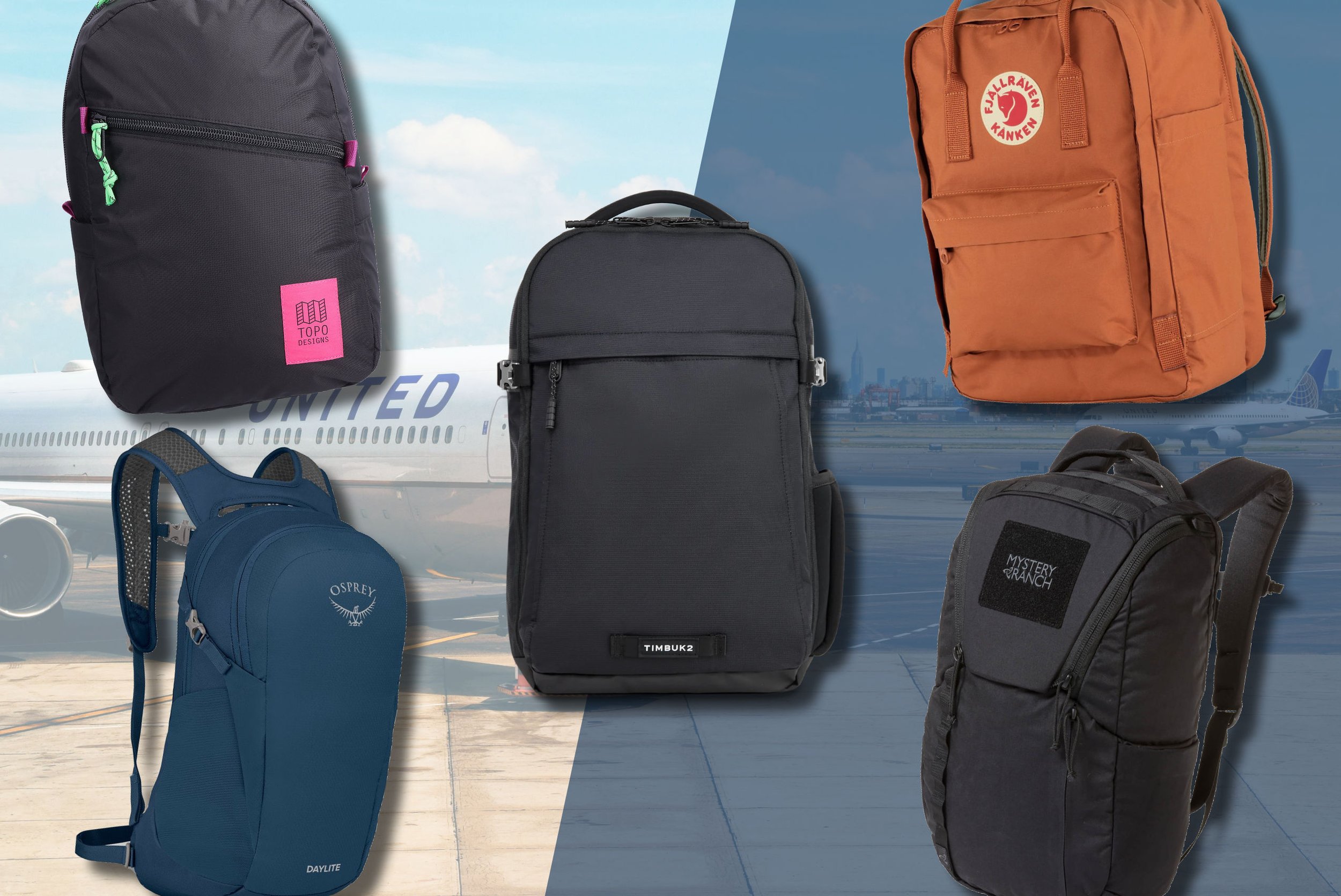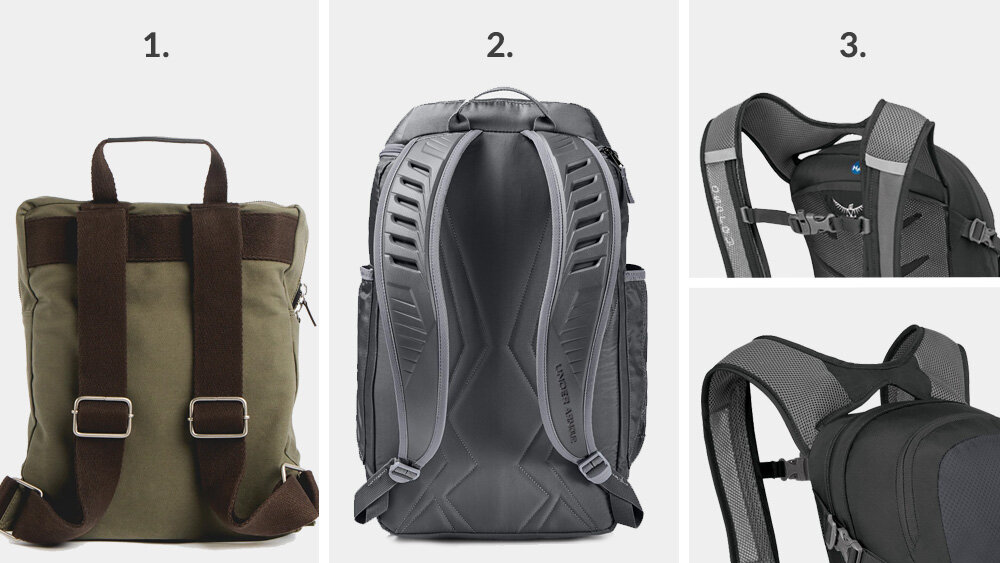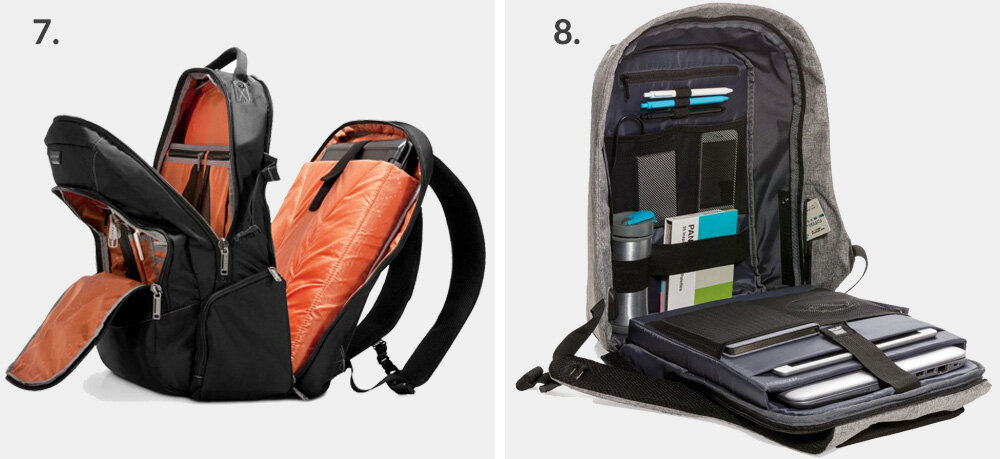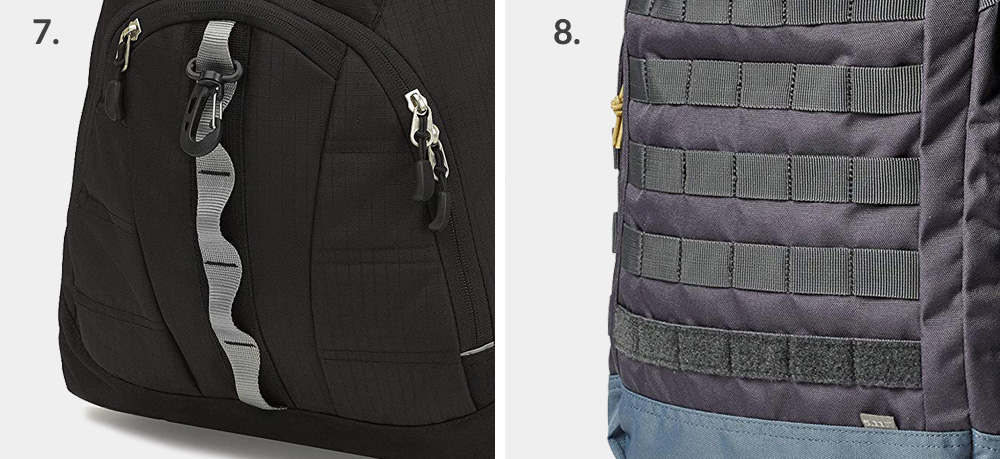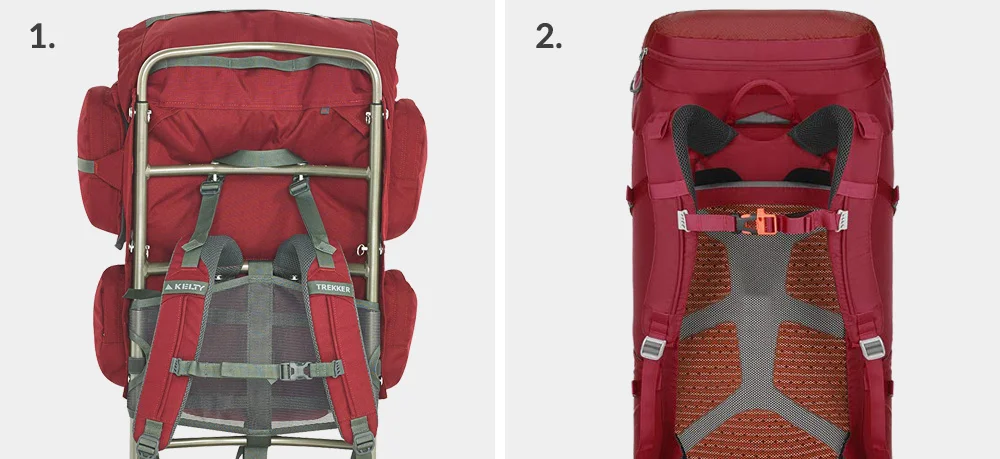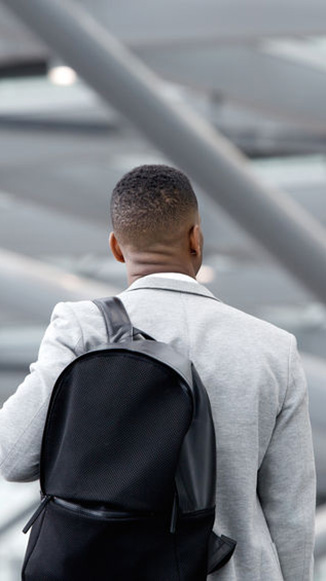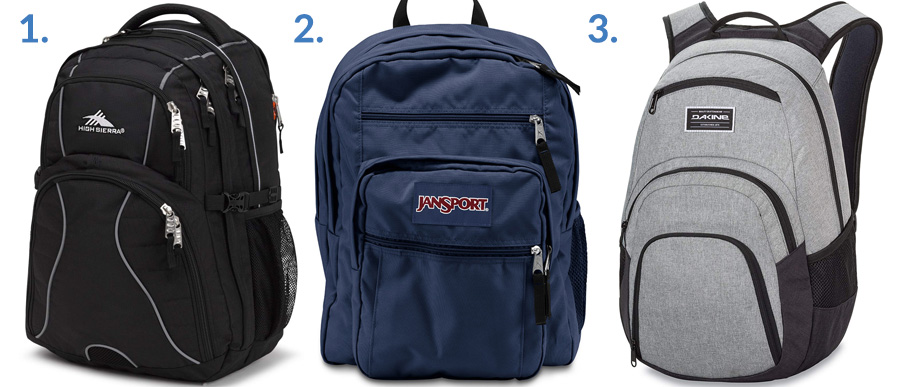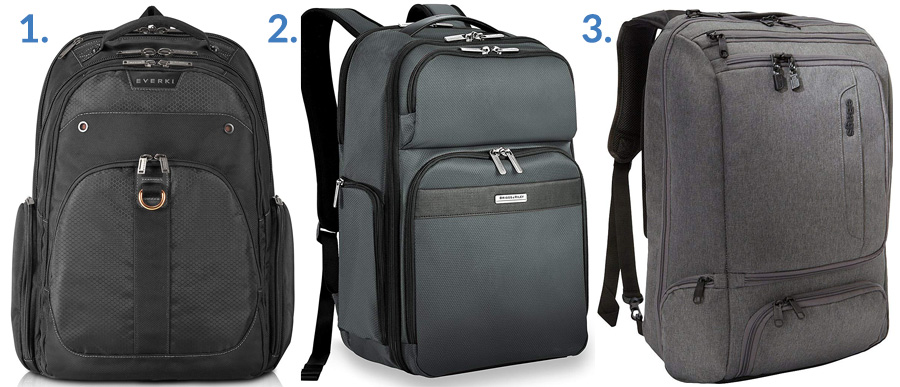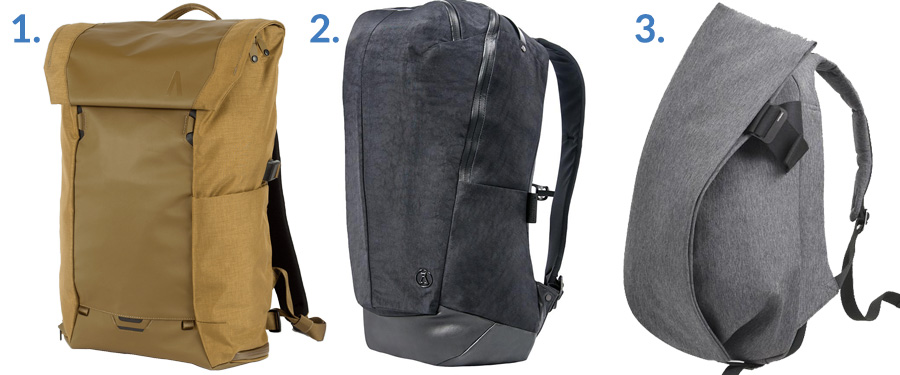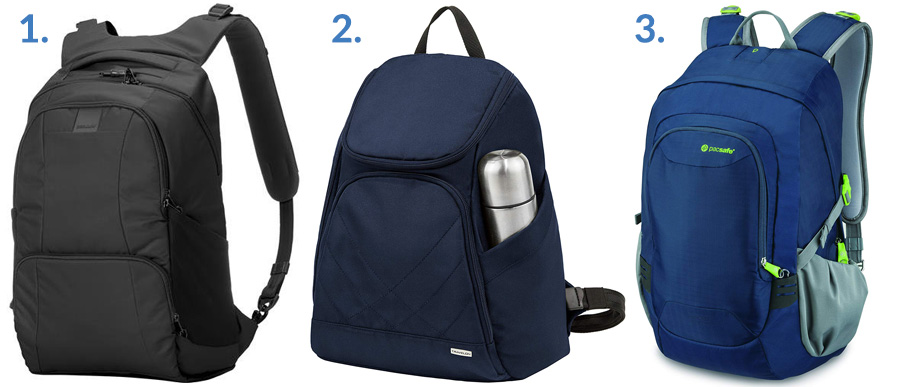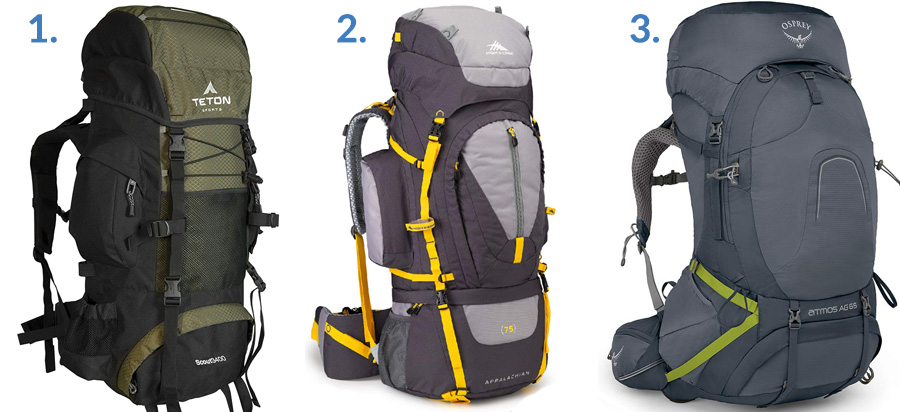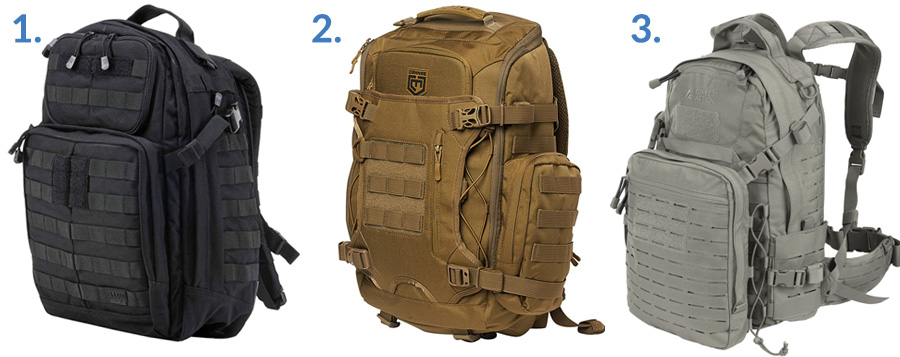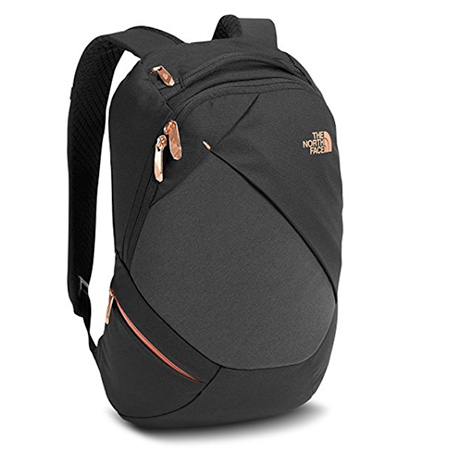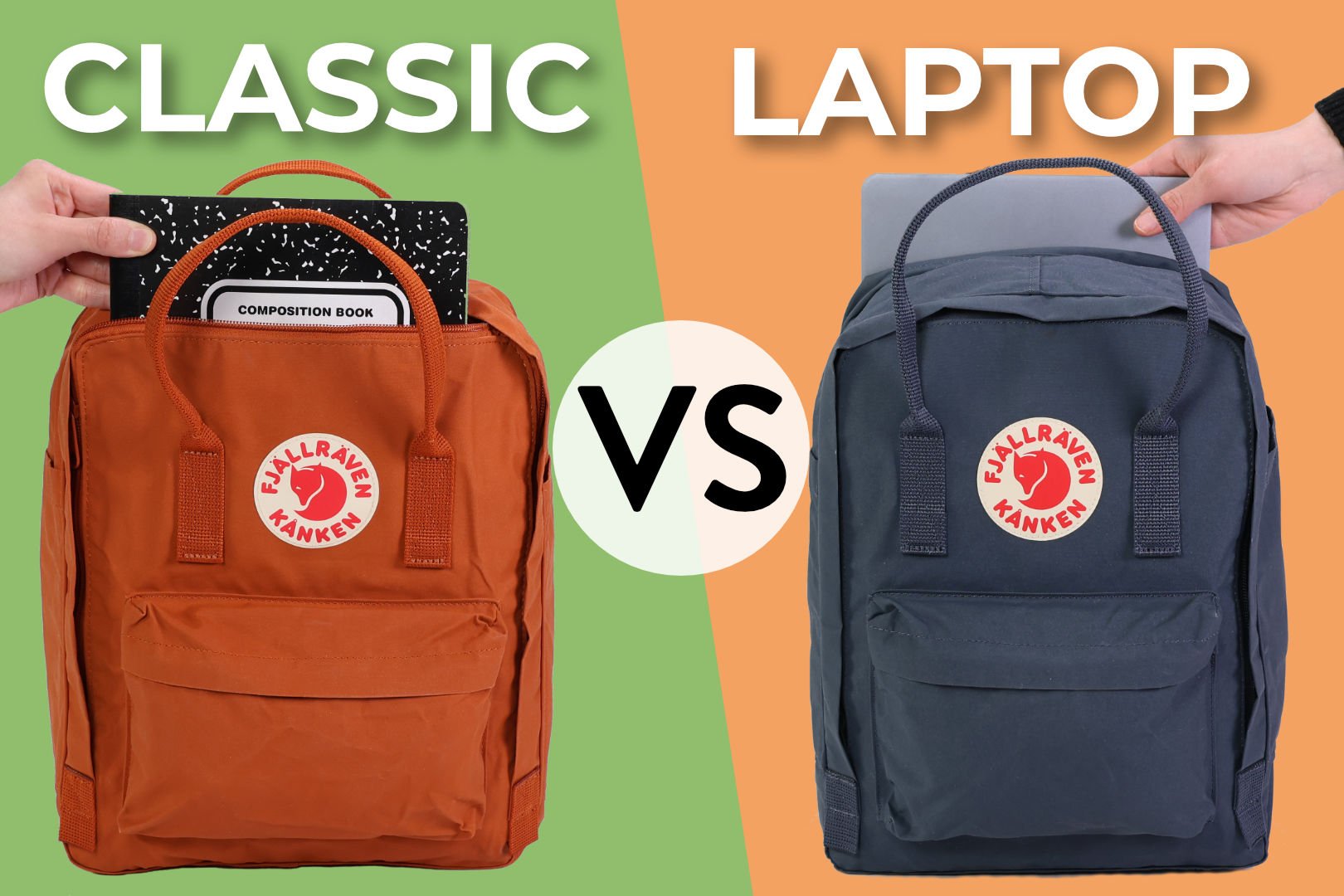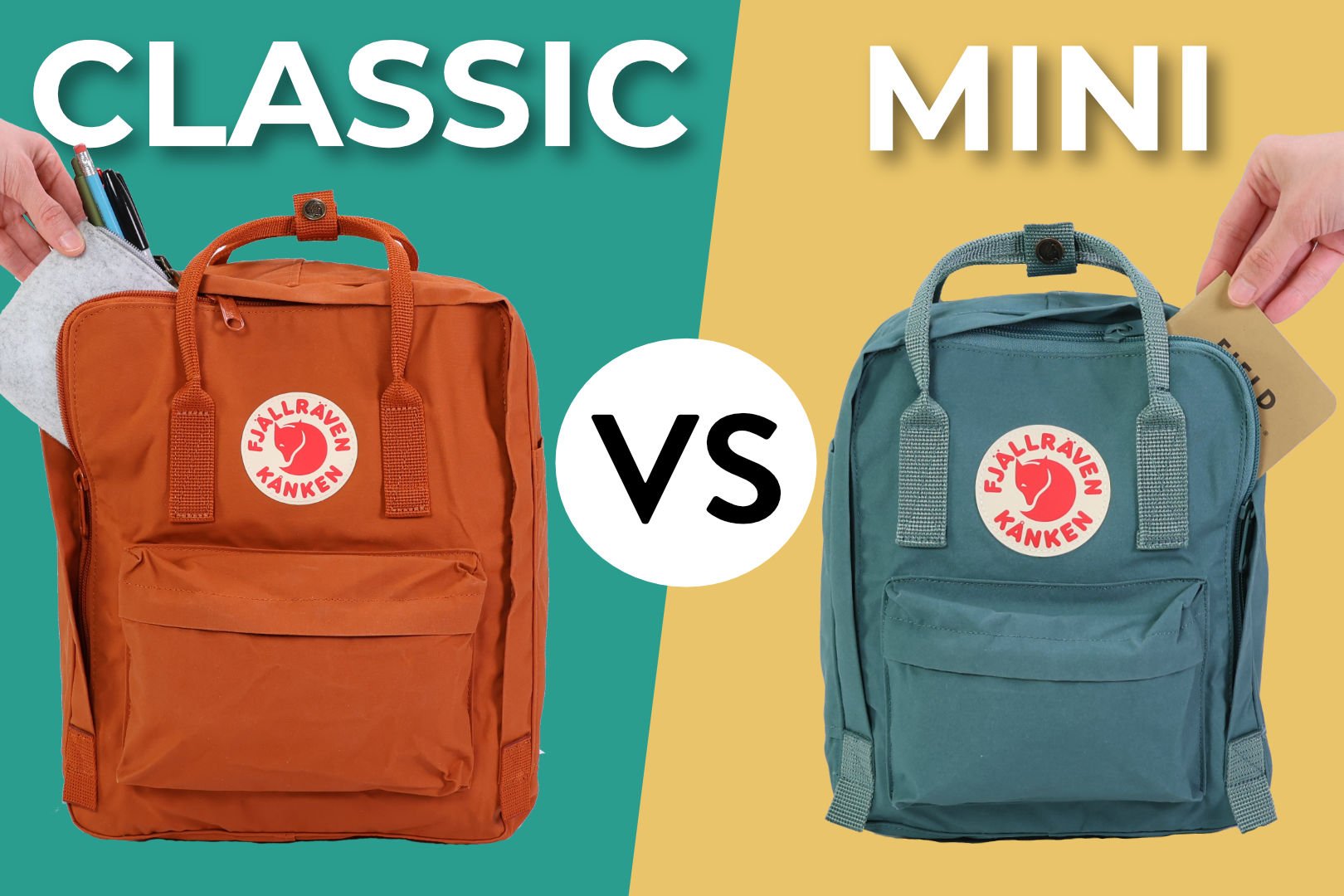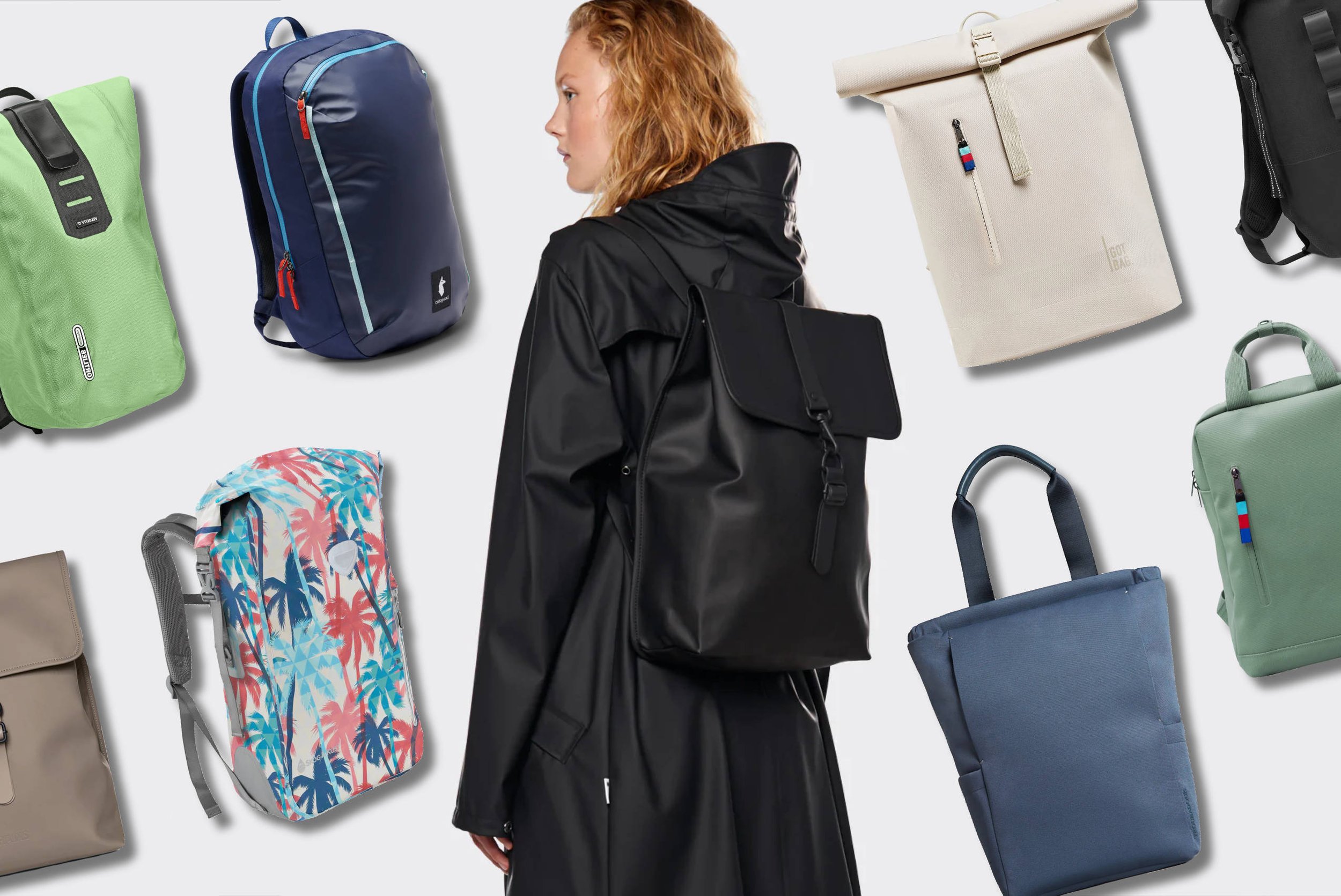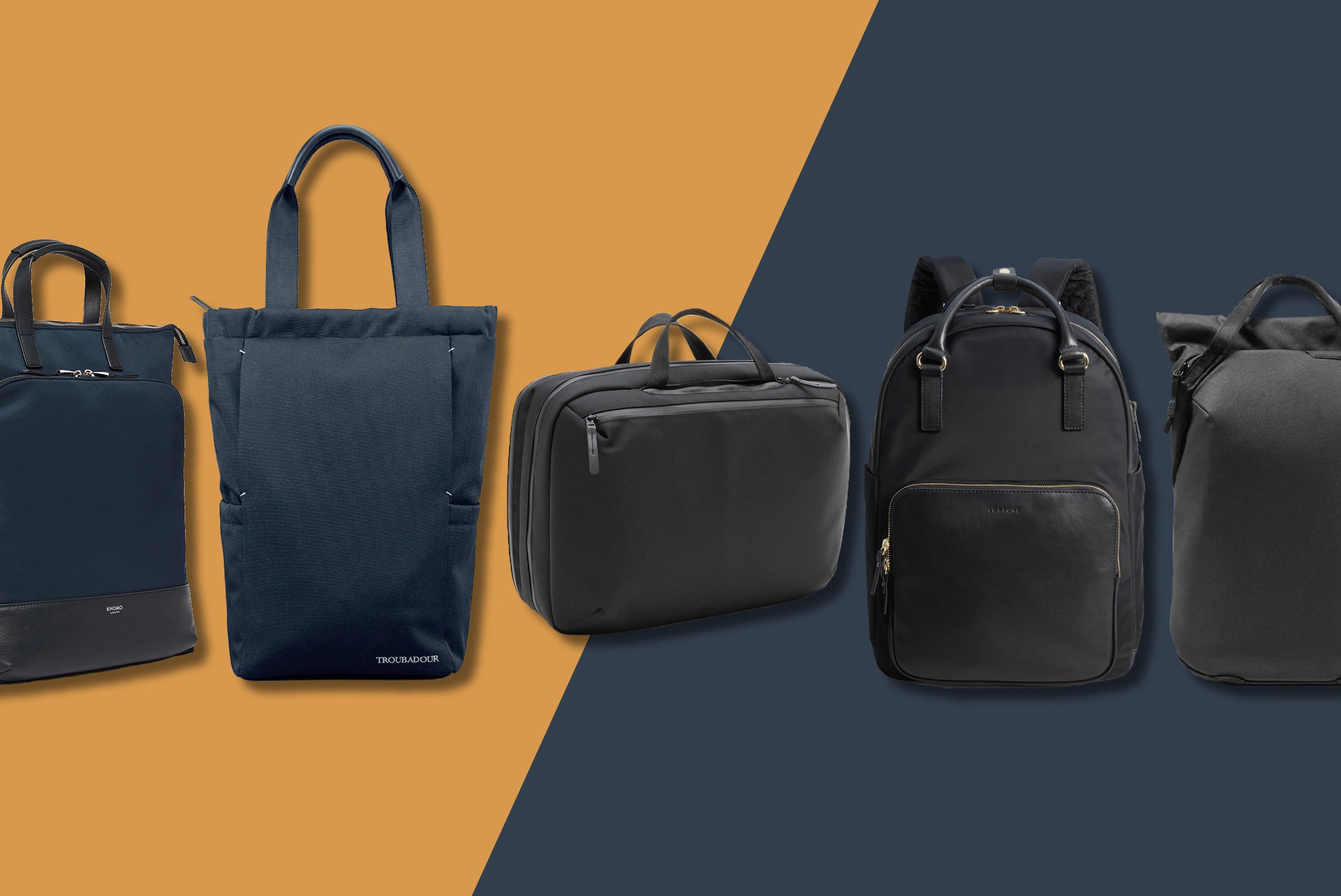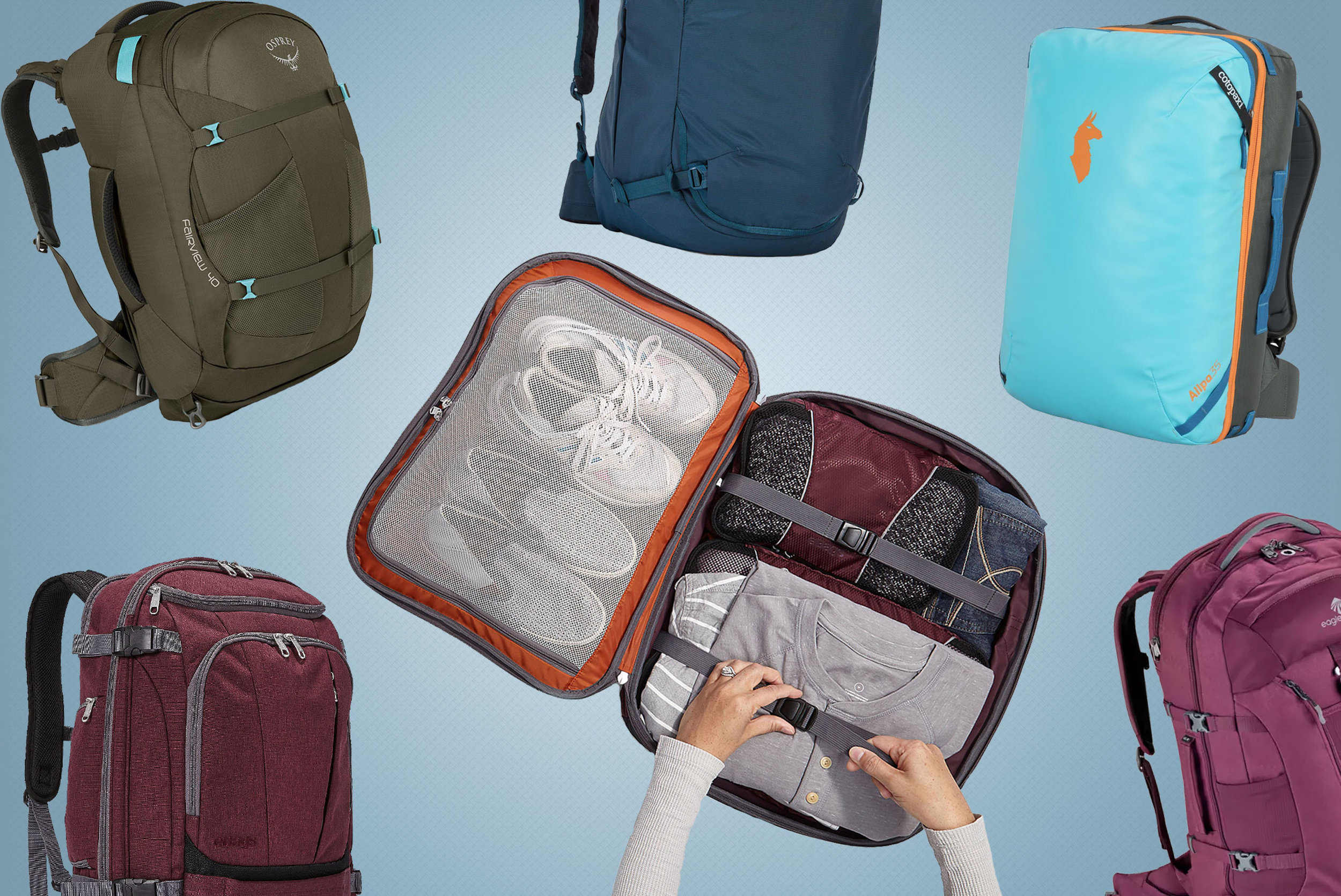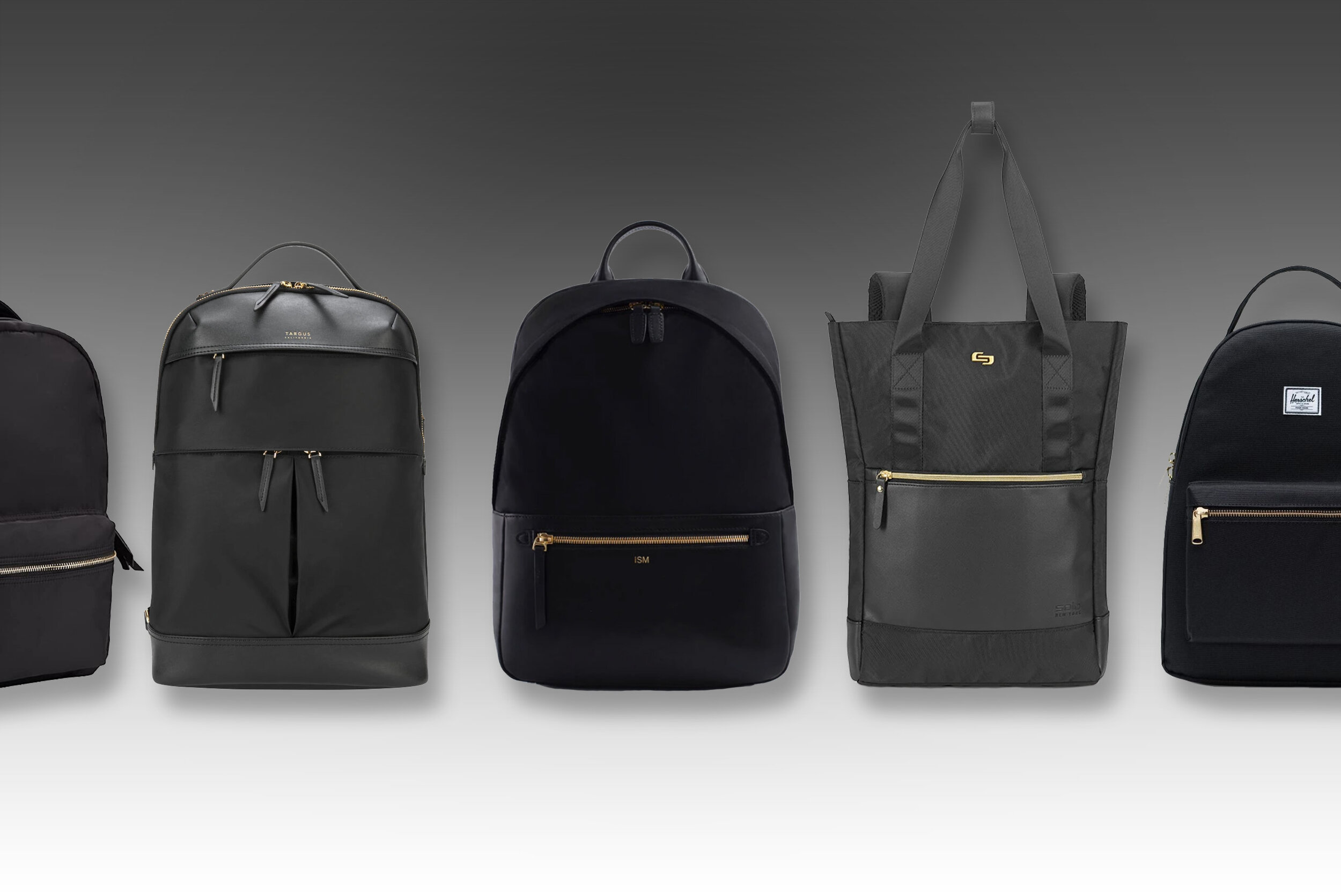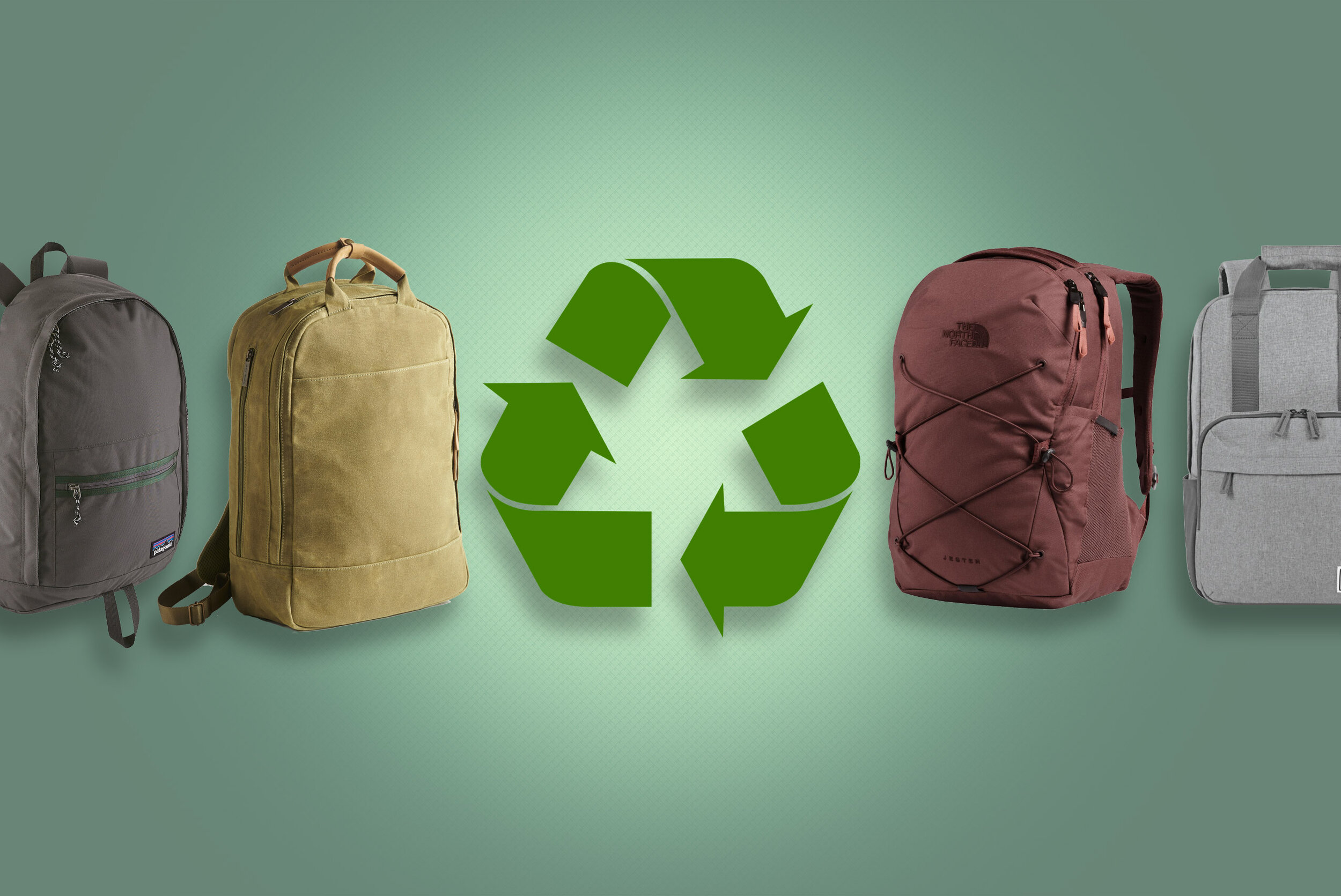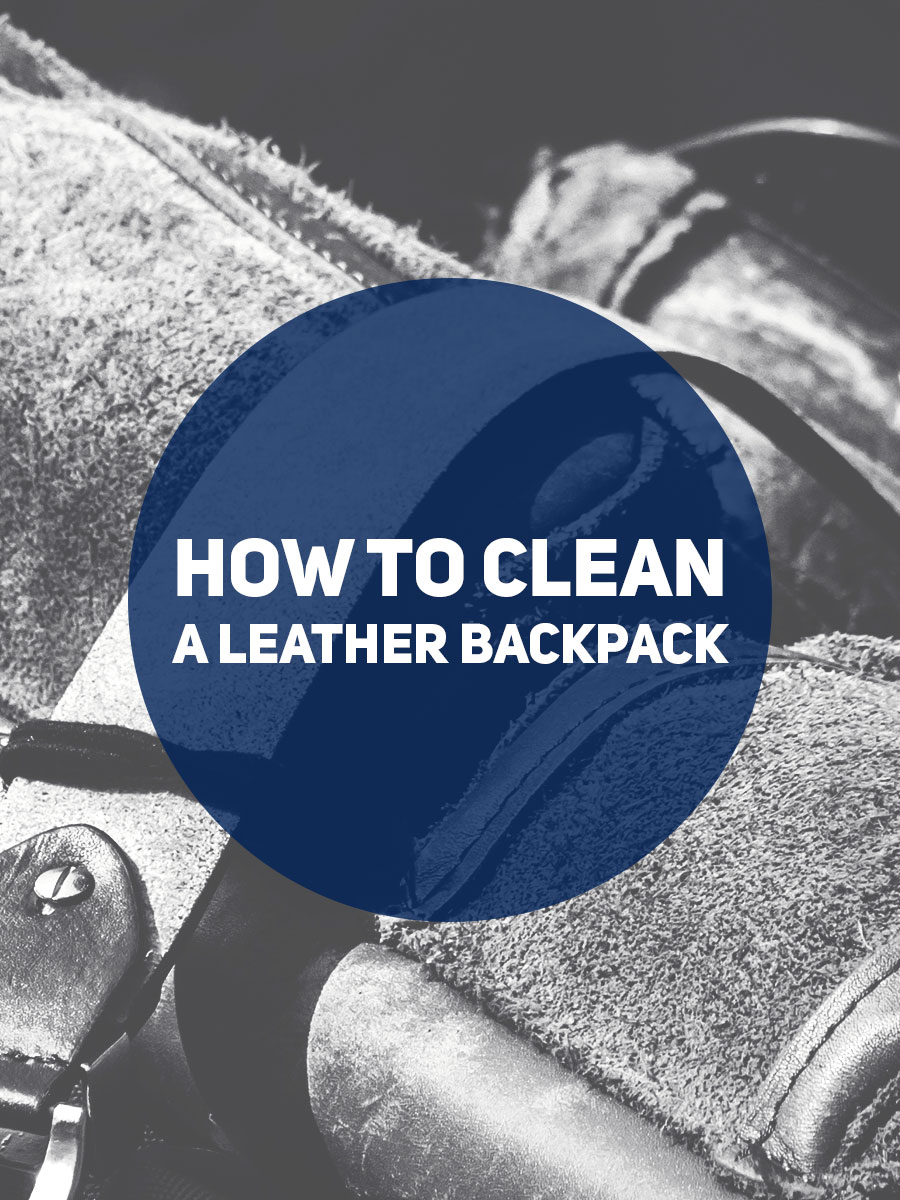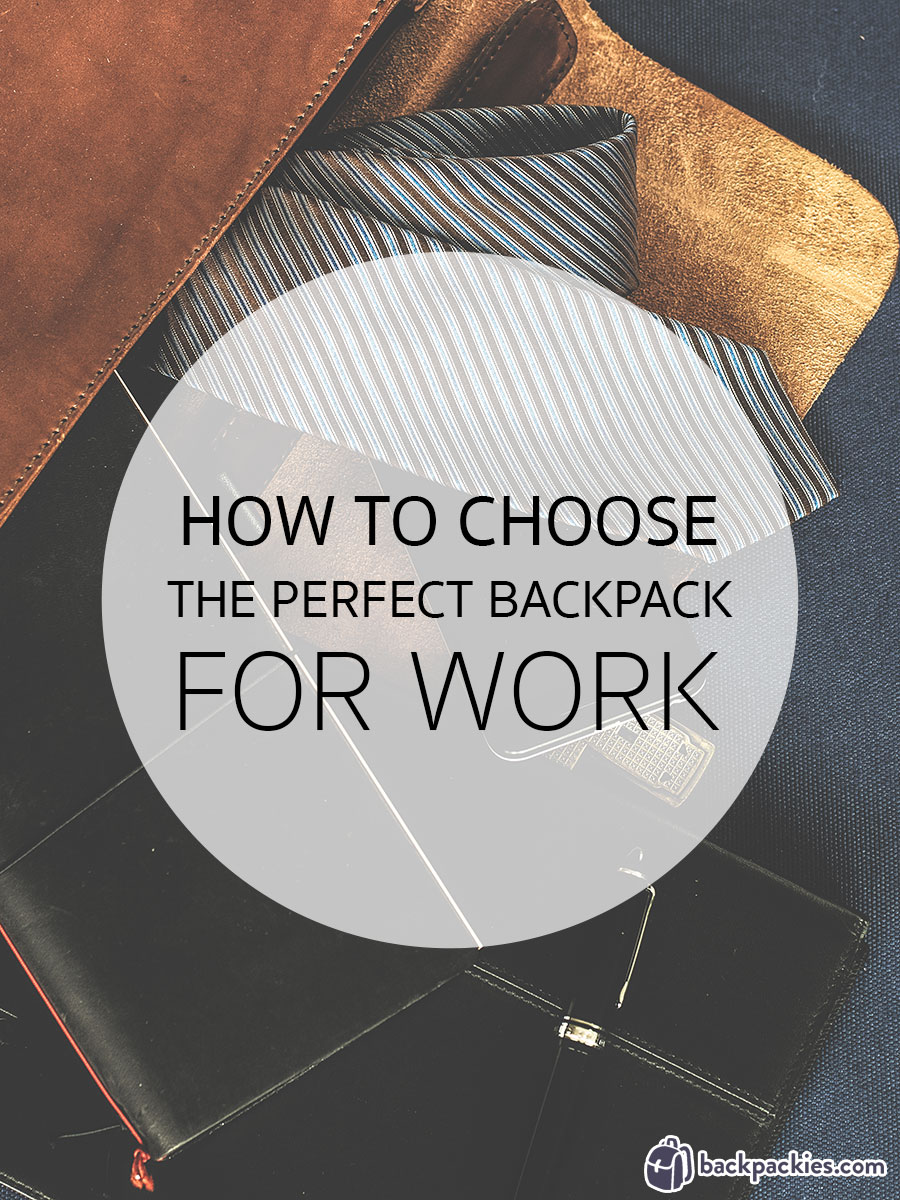Roll Top vs Zipper Backpack - Pros and Cons Visual Guide
Discover the differences between roll-top and zipper backpacks, and learn which backpack style may be the best choice for your needs with this visual guide.
What's the difference between a rolltop backpack and a zipper backpack? Is one style better than the other?
Among the different types of backpacks, two of the most common designs are roll-top backpacks and zipper backpacks.
Roll top backpacks are known for their waterproof construction and unique expandable main compartments, making them a popular choice for outdoor adventures. But they have also found their way into everyday carry thanks to some brands adding extra features such as laptop sleeves and extra pockets.
On the other hand, zipper backpacks are often the go-to bag design for school, work and travel thanks to their easy access to compartments and endless styles to choose from.
Both roll top backpacks and zipper backpacks have their own pros and cons, and in this visual guide we will delve deeper into the differences, so that you can make a better decision when choosing between the two.
Roll Top Backpacks: Pros and Cons
Roll top backpacks are usually designed as one large main compartment. Think of these bags as big buckets with large top openings. Although this isn't true of all rolltop packs, these bags will often have less exterior pockets and overall compartments due to their straightforward "bucket" design.
What is a roll top closure?
Rolltop backpacks are designed with extra fabric on the top that allows you to "roll down" in order to close the main compartment. Most roll top packs include a buckle and strap to hold down the rolled fabric and keep it in place. This design is called a roll top closure.
Shown: WANDRD PRVKE Backpack with expandable roll top closure
Roll Top Pro #1: Expandable Storage
Did you know that a roll top backpack is expandable by design?
A big advantage of a roll top closure is that you can control the size of the main compartment. Simply, roll down the backpack for a more compact bag and roll up the fabric when you need more packing room. Simply roll down the backpack for a more compact bag and roll up the fabric when you need more packing room. This ability to control the size of the backpack is what gives a roll-top backpack its edge when compared to zipper backpacks with fixed capacities.
Another alternative is to keep the roll-top completely open to haul oversized gear. Since roll-top bags are designed like big buckets, this makes it very easy to haul large items on your back securely. This design feature comes in handy for outdoor activities where oversized items are common.
Shown: Got Bag Rolltop Backpack with roll-top closed to create waterproof seal
Roll Top Pro #2: Better Waterproof Protection
A roll top closure is often the go-to design for many waterproof backpacks, and it's easy to see why. The folding down of the fabric creates a natural waterproof barrier, and when paired with waterproof fabric, you get a waterproof seal with no way for moisture to sneak in. You'll often see roll top designs in dry bags made for outdoor adventures for this reason.
Unlike waterproof zippers that need to be maintained to keep functional, the mechanical nature of a roll top makes it much more reliable since there is less chances for failure. So if you want a reliable waterproof backpack with less headaches, stick with a roll top made with waterproof materials.
Shown: Inside a rolltop backpack
Possible Con: Fewer Pockets
The most basic roll top backpacks are comprised of a main compartment and not much else. When compared to a zipper backpack, you can expect less access points to your stuff and fewer pockets overall. This is most clear with roll top laptop backpacks that feature a laptop sleeve inside the main compartment instead of in a separate exterior laptop compartment. Although, some brands are getting better with this and have started including exterior zippers for quick access to tech or attaching side pockets for water bottles.
Other Common Roll Top Features
Since many rolltop packs are designed for outdoor use in mind, its common to find features like attachment points and external straps for gear. Comfort wise, it's common to see a sternum strap, hip belt and adjustable shoulder straps for a more comfortable fit.
These features aren't exclusive to roll tops but they are more common in outdoor backpacks.
Zipper Backpacks: Pros and Cons
Unlike roll tops and flap backpacks, a zipper backpack is any backpack that uses a zipper for its closure and is often the most common type of backpack you'll encounter for daily carry.
Because zipper backpacks vary so much in design, you have more options in terms of style and ability. Need an anti-theft backpack? There are backpacks with lockable zippers. What about a backpack that can open like a suitcase? Plenty of travel backpacks with zippers allow you to do just that.
Shown: The North Face Recon backpack - Quick access to laptop and other essentials
Zipper Pro #1: QuickER Access
A major advantage that zipper backpacks have over roll tops is how much easier it is to access the things inside! Zippers are quick and easy to use, while a roll top enclosure takes time to unbuckle the clasp and then unroll the top to gain the same access.
A great example of quick access is with laptop and tech carry. While many rolltop backpacks have a laptop pocket inside the main compartment, it is usually easier to access with a zipper backpack since there is no unfolding of fabric to handle before reaching the laptop. Many zipper backpacks also have laptop compartments that can be accessed from the outside of the bag for even quicker access.
Shown: Matein Laptop Backpack with 3 zipper compartments
Zipper Pro #2: More Pockets
Remember how we described rolltop packs as big buckets? Zipper backpacks have a much larger variety in their design, and as a result, they generally include more pockets on the inside and outside of the bag.
Zipper backpacks also often have many more external pockets than roll top backpacks. This includes zipper pockets on the outside for easy access to smaller items, extra top pockets where a roll top fabric usually would be, as well as separate zipper compartments for a laptop and other tech.
If having lots of pockets is important to you, then going with a zipper backpack will be your best bet!
Shown: Zippers on the North Face Recon backpack are not water resistant
Possible Con: Less water resistant
Whereas a roll top backpack has water resistance built into its design, a backpack with a zipper is prone to be less water-resistant. Unfortunately, most zippers are not water-resistant and can even act as weak points for water to leak through.
If you would like better protection with a zipper backpack, you can always go with a backpack with a water-resistant zipper or a dry bag with waterproof zippers. Backpacks with these special zippers are often more expensive than backpacks with regular zippers but may be well worth it for travelers and daily commuters who encounter rain often.
Conclusion: Roll Top Backpacks vs Zipper Backpacks
The differences between roll top and zipper backpacks are pretty clear once you look at them side by side.
In general, roll top backpacks are great for outdoor activities where bad weather is an issue or for those who want to control the size of their bags depending on what they carry that they. Their simple construction also make them more durable in the long run, since are less zippers and hardware that could fail over time.
On the other hand, a backpack with a zipper is a better choice for daily carry where organization and easy access matter. This is why so many work and school backpacks are made with zippers instead of roll top closures - ease of use. You also have many more design options to choose from, ranging from larger carry-on bags for travel to small backpacks for just the essentials.
Roll Top Backpacks
Better waterproof protection
Expandable main compartment
Less pockets and compartments
Minimalist style
Better for outdoor activities where weather is an issue
Zipper Backpacks
Easier to grab items inside
More pockets and compartments
More designs to choose from
Better for school, work and daily laptop carry
How Big is a 20 Liter Backpack? Visual 20 Liter Backpack Size Guide
How big is a 20L backpack? In this size guide we explore what fits inside a 20L backpack for school, work, travel and the gym using real examples.
Determining if a 20L backpack is the right size for your needs can be a confusing task, especially when shopping online where it’s hard to determine if a backpack will be too large or too small when going just by select specifications.
This is why we put together this visual guide to help you determine the size of a 20 liter backpack and how much it can hold. 20 liters is often considered the “goldilocks” of backpack sizes - not too big, not too small and just the right size for school, light traveling and everyday carry.
20L backpacks: Topo Designs Rover Pack (left), Db Hugger (center) and the Able Carry Daily Backpack (right)
In this guide we will be exploring 3 different 20 liter backpacks:
How Big is a 20L backpack?
The liters of a backpack refers to the internal capacity of a backpack that is made up of either the main compartment or a combination of multiple internal compartments. A main compartment is the largest compartment inside of a backpack and where the bulk of our storage resides.
The number of liters usually excludes smaller compartments for laptops, external pockets and side pockets for water bottles. As a result, any examples we give in this guide will exclude any additional pockets and will just focus on what the 20L main compartment can hold.
Size comparison: Db Hugger 30L vs Db Hugger 20L
What are the dimensions of a 20L backpack?
When determining a backpack’s size there are two different measurements to look out for: external dimensions and internal dimensions.
The external dimensions includes the total height, width and depth of a backpack’s footprint while the internal dimensions only measure the internal packing room of the main compartment.
It’s important to understand that backpack size is not only determined by its number of liters. Extra exterior pockets, backpack shape and shoulder strap/back panel design also contribute to a backpack’s overall size. As a result different 20L backpacks can all be different sizes as we highlight below.
Keep reading for 20L backpack dimension examples
Internal Dimensions of a 20 liter main compartment
For our 20L backpack examples we have the Db Hugger, the Topo Designs Rover Pack Classic and the Able Carry Daily Backpack
We used inches to determine the measurements of the inside of each main compartment (interior dimensions). Note that all of these are 20L backpacks!
Db Hugger main compartment dimensions: 15” H x 10” W x 6” D
Topo Designs Rover Pack main compartment dimensions: 16.8” H x 10.8” W x 4” D
Able Carry Daily main compartment dimensions: 18.5” H x 11.5” W x 5” D
External Dimensions of a 20 liter backpack
Below are the overall external dimensions of three different 20L backpacks. This includes all pockets and compartments and takes account of the various materials used.
Db Hugger external dimensions: 17.71” H x 10.6” W x 6.5” D
Topo Designs Rover Pack external dimensions: 17” H x 11” W x 4.5” D
Able Carry Daily external dimensions: 19” H x 12" W x 7.5” D
As you can see from the measurements above, no two 20L bags are exactly the same size.
If you want to determine the best backpack fit for your height, torso and shoulder size then going with the external dimensions will be a better indicator if a backpack size will be too big or too small.
The internal dimensions are where you will want to focus to determine what fits inside each bag.
How much does a 20L backpack weigh?
The weight of a 20 liter backpack depends on the type of fabrics used, back panel and shoulder harness, hardware material and any additional features that would add to the overall weight. As a result, no two 20 liter backpacks weighs the same!
Here are some examples of real 20L backpack weights:
Db Hugger: 2.18lbs
Topo Designs Rover Pack Classic: 1.4lbs
Osprey Daylite Plus: 1.29lbs
Able Carry Daily Backpack: 2.1lb
Although the weight of each bag depends on a variety of factors, we have found that most 20 liter backpacks weigh between 1.5 and 2.5 pounds.
What Can You Fit in a 20L Backpack?
Now let’s determine how much a 20 liter backpack can hold using some of the most common backpack uses: school, work, travel and the gym. These examples feature the 20 liter Db Hugger.
20L Backpack for School and Work
How much can a 20 liter backpack hold for school or work?
13” Laptop with Case
Tech Case (8” x 5.5” x 2”)
Pencil Case
Water bottle (24oz)
1-inch Binder
5 Subject Notebook
Read more about using a 20L backpack for school or work
How much can a 20 liter backpack hold for school?
A 20 liter backpack can hold school essentials such as a few folders, notebooks and books as well as smaller items such as pens, calculators and tech accessories like chargers and cables. Most 20 liter backpacks have additional padded sleeves for a laptop or tablet for safe storage.
Unfortunately, a 20 liter bookbag may be too small for multiple large textbooks, binders and notebooks. If you are a student who carries many large items you may find a 20 liter backpack for school to be too small.
Is a 20L backpack good for high school or college?
We recommend 20L backpacks for students who like to keep their daily carry light. Tech-focused students who only carry a laptop, tablet, tech accessories along with a few notebooks or binders will find a 20 liter backpack well-suited for their needs.
Is a 20L backpack the best size for work?
A 20 liter backpack is a great size for commuters who need an easy way to carry their daily work items. Inside you can fit essentials such as a lunch, an extra sweater, paperwork as well as tech items such as a laptop, tablet, cables and chargers.
If you need a daily backpack for work that can also fit gym gear or a change of clothing on top of daily work items we would recommend sizing up to a larger work and gym backpack.
20L Backpack for Travel
What fits inside a 20L travel bag?
Toiletries Bag (10” x 6” x 3.5”)
Medium Packing Cube (13.75” x 9.75” x 3”)
Small Packing Cube (11” x 6.75” x 3”)
Inside the packing cubes:
1 Sweater
2 Pants
3 T-Shirts
A few pairs of socks and underwear
Read more about using a 20L backpack for travel
How many clothes can I fit in a 20 liter backpack?
A 20 liter backpack can fit a 2-3 days of clothing and a small bag of toiletries (toothbrush, deodorant, travel size liquids, etc).
Is a 20 liter backpack too small for travel?
We recommend a 20 liter backpack for short-term travel and light packers. Most 20 liter backpacks make great airline personal item backpacks because they are much smaller than standard carry-on backpacks. This means they can comfortably be stored underneath an airline seat. The smaller footprint of a 20 liter backpack also makes for an easy transition to a daypack when needed.
For long trips, going with a larger travel backpack may be a better option.
20L Backpack for the Gym
How much can fit in a 20 liter gym bag?
Towel
Weight Lifting Belt
Weight Lifting Gloves
Water Bottle (24oz)
Workout Shoes (Size 12 Men’s US)
Jump Rope
Read more about using a 20L backpack for the gym
How much gear will a 20L backpack carry?
A 20 liter gym backpack is the perfect size for essential gear such as a change of clothes, snacks, headphones, towels, toiletries, water bottles and smaller items like weight lifting gloves, jump ropes and resistance bands.
Since a 20 liters is on the small side when it comes to gym bags, bulkier items such as a foam roller or a pair of shoes will take up most of the room inside of a 20 liter gym backpack. If you find yourself carrying a lot of bulkier items at once, we recommend sizing up to a larger bag.
Is a 20L backpack big enough for the gym?
A 20L gym backpack is a great size for lighter carry of smaller workout gear and essentials. If you need a bag for sports, boxing and other activities that requires large bulky gear then a 20 liter gym bag may be too small. We recommend with going with a gym backpack that is 30 liters or more for bulky gear.
Our Favorite 20L Backpacks
Db Hugger 20L Backpack
The unique design of the Db Hugger is unlike any backpack we have gotten our hands on yet. The lay-flat clamshell main compartment makes packing and unpacking a breeze while various mesh pockets and a separate laptop compartment gives you the organization you need for just about any adventure. Lightweight and built tough - the Db Hugger is ready for whatever life throws your way.
Topo Designs Rover Pack Classic
Available in a ton of color options, the Topo Designs Rover Classic is a back-to-basics daypack that draws from timeless heritage design. The 20-liter main compartment is just the right size for or daily carry in the city or weekend adventures on the trailhead.
Osprey Daylite Plus Daypack
If you are on the hunt for a hardwearing yet lightweight 20L backpack for both travel and days on the trail, then we recommend you give the Osprey Daylite Plus a closer look. The multifunctional internal padded sleeve can be used for up to a 15” laptop or for a hydration bladder. Multiple pockets and a roomy 20 liter main compartment give you the storage you need while its water resistant and ultra-lightweight construction makes Daylite Plus a great daypack for everything from daily work commutes to weekend adventures.
Peak Design Everyday Backpack
The Peak Design Everyday Pack offers the perfect work, photography and travel companion for those who appreciate streamlined style and innovative design. A really neat feature on the Everyday Backpack is its modular interior that allows for custom partitions of photography gear, clothing and more. Add in a water resistant construction, tons of clever pockets and a sleek design and you have a backpack that is as versatile as you are.
Able Carry Everyday Backpack
The Able Carry Daily is one of our favorite daily carry urban backpacks thanks to its amazing internal organization, tough high quality construction and understated minimalist design. At 20 liters, the Able Carry Daily Backpack is roomy enough for your essential carry without the bulk, making it perfect for work commutes and urban exploration alike.
How Big is a 30 Liter Backpack? Visual 30L Backpack Size Guide
How big is a 30L backpack? In this backpack size guide we answer your questions with real examples.
Whether you are looking for a backpack for school, work or travel - finding the right size is an important part of in choosing the best backpack for your needs.
In this guide we will take a deep dive to explore how big a 30 liter backpack is and what fits inside using real examples.
If you would like to compare different backpack sizes we highly recommend you check out our backpack size guide. Our visual guides can be a big help in determining the best size backpack for your next purchase.
The North Face Recon 30L Backpack (left) and the Able Carry Max 30L Backpack (right)
How Big Is a 30L Backpack?
Determining the size of a 30 liter backpack depends on many factors such as the internal dimensions, external dimensions, materials and the overall backpack shape and design. We will go step-by-step to help you get a better idea of how big a 30 liter backpack is with real examples.
How big is a liter?
One liter is equal to .001 cubic meter. Determining the liter size of an area involves quite a bit of math but the formula is simple once you get it down. Read more to learn about the formula in-depth.
Read more measuring backpack sizes in liters
Here is the two step process:
Find out your volume in cubic meters
Multiple your cubic meters by 1,000 to determine liters
Step 1 - Find out your volume in cubic meters
Liters are a unit of measure in the metric system to determine volume so for these measurements we are going to going to be using meters.
Determine the measurements in meters of a given area by measuring the width, length and depth in meters. The width, length and depth measurements are then multiplied together. This number is your volume in cubic meters.
Example: .38 Width x .4 Height x .2 Depth = .04 cubic meters
Step 2 - Convert your cubic meters to Liters
Since there are 1,000 liters in a cubic meter, converting your cubic meters to liters is as simple as multiplying by 1,000.
Example: .04 cubic meters x 1,000 = 30.4 Liters
Here are some common Liter conversions to help you compare volume sizes:
1 Liter = .001 Cubic meter
1 Liter = .0353 Cubic foot
1 Liter = .264 US liquid gallon
1 Cubit meter = 1,000 Liter
1 Cubic foot = 28.316 Liter
1 US liquid gallon = 3.785 Liter
30L Backpack Size and Dimensions
The volume of a 30 liter backpack is usually reserved for the size of the backpack’s main compartment or the combination of multiple internal compartments. The main compartment is the largest compartment in the bag where you will hold the bulk of your storage.
As a result when we refer to a “30 liter backpack” it’s safe to assume that we are talking about a backpack that has a 30 liter main compartment or multiple compartments that make up 30 liters total.
The internal dimensions of a main compartment are different from the overall dimensions of a backpack. Although main compartment measurements may be similar, the overall dimensions of a 30 liter backpack can differ greatly depending on the outside pockets, additional compartments and overall design.
Read more about 30 Liter Backpack Dimensions
Internal Dimensions of a 30 liter main compartment
For our 30L backpack examples we have The North Face Recon and Able Carry Max backpacks. We used inches to determine the measurements of the inside of each main compartment. Note that both of these are 30L backpacks!
The North Face Recon main compartment dimensions: 19” Height x 12” Width x 8” Depth
Able Carry Max main compartment dimensions: 20” Height x 12” Width x 5.25” Depth
External Dimensions of a 30 liter backpack
The overall dimensions are the measurements of a backpack from the outside. This includes all pockets and compartments and takes account of the thickness of materials.
The North Face Recon overall dimensions: 20” Height x 15” Width x 9” Depth
Able Carry Max overall dimensions: 20.5” Height x 12.5” Width x 8” Depth
Going with liter size alone isn’t always the best way to determine if a backpack will be too big or too small.
As you can see from the measurements above, no two 30 liter backpack dimensions will be the same. If you are trying to determine if a 30-liter backpack is the right size for your needs then it’s best to refer to the overall dimensions of the backpack to make that determination.
How much does 30L backpack weigh?
The weight of a 30 liter backpack depends on the materials used, back panel and shoulder strap cushioning, and additional pockets that the backpack may have. As a result no two 30 liter backpacks weigh the same.
Here are the weights of a few different 30 liter backpacks:
The North Face Recon 30L: 2.37 lbs
Able Carry Max 30L: 3.79 lbs
Osprey Porter Carry-On 30L: 2.822 lbs
Patagonia Refugio 30L: 1.75 lbs
As you can see from the examples above, although each backpack has a capacity of 30 liters, they all have different weights. As a general rule, you can expect a 30 liter backpack to weigh on average between 2 and 3 pounds. Again, the weight depends on the materials used but we have found that most 30 liter backpack weigh in that general range.
The variance in backpack weight is determined by a few factors. Below we go over some of the most common differences that would cause two similarly sized 30 liter backpacks weigh differently.
Backpack Hardware
Backpack hardware refers to zippers, buckles and adjusters. Most backpack hardware is made of either plastic or metal and as a general rule plastic is lighter than metal. Zippers can be made out of all metal or plastic.
Buckles and adjusters can also either be made of plastic or metal. Metal such as brass and steel are much heavier than aluminum or plastic. Paying attention to what material a backpack uses for its hardware and you’ll have a better understanding of where some of its overall weight comes from.
Fabrics and materials
Since a 30 liter backpack is larger than a 15L or 20L backpack, it is safe to say that it will also use more materials and therefore be heavier.
As a general rule thicker fabrics are usually heavier than flimsier fabrics. Heavy weight fabrics include leather, high density polyester, Cordura Nylon and Ballistic nylon or polyester. These heavy-duty fabrics are know for being puncture resistant, less prone to tears and are rugged enough to be used and abused over time. But they are heavy!
Fabrics and materials that are known for their light weight include lower denier polyester or nylon, XPAC, Nylon Ripstop, and recycled polyester. These fabrics are often used for their lighter weight and strength. Another quick tip: synthetic vegan leather is usually lighter than real leather.
Materials that help keep the weight down include mesh pockets, thin polyester lining, and lightweight foam padding.
Overall shape and design of a 30L backpack
The backpack’s shape and pocket design also heavily determines the overall weight of a 30 liter backpack. If a backpack has a large 30 liter main compartment as well as multiple extra pockets and compartments then it’s going to weigh a lot more than a backpack with less additions.
What fits in a 30L Backpack?
Now that we have determined how big a 30 liter backpack is, let’s find out what fits inside using the most common use cases; school, work, travel and the gym. These examples feature the 30 liter Able Carry Max backpack.
30 liter backpack for school and work
School and work items include a laptop, tablet, pens, and notebooks. Many students also pack large and bulky items such as textbooks, binders, food and a change of clothes. It’s with the latter where 30 liter backpacks really shine.
What fits inside a 30L backpack for school and work?
15.6” Laptop
Camera Cube (7.5” x 8” x 4”)
Pencil Case
Large Headphones
2x 1” Binders
21 Oz Water Bottle
Large 3 subject notebook
Sweater
Is a 30L backpack big enough for school?
We recommend a 30L backpack for school if you plan on carrying a lot of bulkier items. This includes textbooks, binders, clothing and sports equipment, shoes or a lunch. A 30 liter backpack may be too large for students who only carry a few notebooks and a laptop.
Should I get a 30 liter backpack for high school or college?
Students who plan on carrying lots of textbooks, notebooks and binders would benefit in getting a 30 liter backpack for high school. High school students with heavy work loads will often find themselves having to carry multiple classes worth of items at once. This is where a larger capacity backpack shines.
30 liter backpacks are also great for high school or college students who want one bag for both their class items and items for extra-curricular activities such as clubs and sports.
Is a 30 liter backpack the right size for work?
A 30L backpack for work is best suited for people with busy schedules or those who plan to carry multiple bulkier items such as a binders, paperwork, food and beverages, sweaters, jackets or even gym clothes and shoes for after work.
If your daily carry is minimalist with just a laptop, a few office items and water bottle then you’ll most likely find a 30L backpack to be too large.
Those who prefer sleeker professional backpacks for work may also find the size of a 30 liter backpack to be too large and bulky. We recommend you take a look at our favorite business casual backpacks for options in smaller sizes. At the end of the day it depends on what you need to carry daily and if a 30 liter backpack will fit your needs.
30 Liter Backpack for TRavel
A 30L backpack for travel is usually considered a small to mid-size travel bag. In general, you can expect to fit up to a week’s worth of items inside a 30 liter backpack. Note that travel backpacks and bags can go up to 45, 50 or even 70 liters!
What fits inside a 30L travel bag?
We used 3 different sized packing cubes for this example. The packing cube dimensions are:
17.5 x 12.75 x 3.25 inches
13.75 x 9.75 x 3 inches
14 x 5 x 2.8 inches
Inside the packing cubes we managed to fit:
4 pairs of pants
2 sweaters
7 t-shirts
socks and underwear
Is a 30 liter backpack too small too small for travel?
A 30L backpack is the perfect size for short trips or for people who pack light. On average, you can expect to fit a week’s worth of clothing inside a 30 liter main compartment with light packers fitting up to two week’s worth of clothing and gear.
Many weekender backpacks are often around the 30 liter size for this reason. Weekender backpacks are smaller backpacks that open like a suitcase and are only meant for packing for an overnight stay or short weekend trip.
If you worry about how much can fit inside a 30 liter backpack then we recommend with going with a larger 40 or 45 liter travel backpack instead
What’s the advantage of using a 30L travel bag?
When compared to larger travel bags, a 30 liter travel bag can often fit underneath an airline seat and easily fit in overhead compartments. Their dimensions also often fall under the maximum carry on requirements for peace of mind when traveling light. We recommend using a 30 liter backpack carry on as its often just the right size for airline bag requirements.
One-bag and minimalist travelers will appreciate the smaller size of a 30L backpacks when compared with commonly available larger options. 30 liter is definitely a goldilocks volume between being too big and too small.
Does a 30L backpack make a good women’s travel backpack?
Since 30 liter travel backpacks are usually on the smaller side when compared to other larger sizes, we highly recommend a 30 liter travel backpack for women. If you would like to explore your options then we recommend you check out our list of best women’s carry on backpacks that features many 30 liter options.
30 liter backpack for the gym
30 liters is the perfect size for a gym bag due to their larger main compartments that can fit bulkier items like clothing, shoes and training equipment.
What fits inside a 30L gym bag?
Running Shoes (US Men’s Size 12)
Weightlifting Belt
32 Oz Water Bottle
Boxing Gloves
Toiletries Bag
Is a 30L backpack big enough for the gym?
As you can see with our example above, a 30L backpack is large enough for a pair of shoes, a change of clothes and some extra workout gear. We believe that a 30 liter backpack is a great size for people who need a mobile locker to keep all of their gear organized.
Where a 30 liter backpack might struggle is with workouts and sports that require lots of large and bulky gear. Think Boxing, MMA, Hockey and Football. For example, you may be able to fit extra shoes and sparring gloves inside a 30 liter backpack but when you add headgear, shin-guards and other safety equipment - a 30 liter bag will quickly run out of room.
The examples above only show what fits inside the 30L main compartment. They do not account for the extra pockets, laptop compartment and water bottle pockets that are also on the backpack.
Wrap Up
Now that we have given you some real examples of what fits inside a 30L backpack lets discuss who would benefit the most from a backpack this size.
We recommend a 30 Liter Backpack to:
School backpack for students who carry larger items
Commuters who need to pack a day’s worth of items
Medium-sized Gym/Workout bag
Travel bag for weekends or short trips
Our Favorite 30L Backpacks
Db Strøm 30L Backpack
The Db Strøm is currently one of our favorite backpacks for hauling large gear for travel, sports and even the gym. This is thanks to it’s clamshell main compartment that opens fully so you can have easy-access to your gear. Other awesome features include a separate padded laptop compartment, plenty of mesh pockets for organization and Db’s special “rib cage technology” that makes the Strøm incredibly lightweight for its size while offering great protection of delicate cargo.
The North Face Recon
The North Face Recon is a great all-rounder backpack thanks to its roomy 30-liter main compartment, separate laptop compartment and great organizer compartment in the front that can hold a tablet, pens, keys and more. We recommend the North Face Recon for students and commuters who need a reliable 30L backpack for school or work.
Able Carry Max Backpack
Packed with great features for both daily carry and travel, the Able Carry Max backpack was built from the ground up for smart carry. Some of our favorite features include a hidden water bottle pocket, tech compartment and a massive clamshell 30 liter main compartment.
Patagonia Refugio 30L Backpack
The Patagonia Refugio is recommended to anyone who wants one bag to rule them all. The 30 liter Refugio can be used for commuting, school, travel and even hiking thanks to Patagonia’s versatile design that includes features like elastic bungee for attaching oversized items and a removable laptop sleeve.
Ultimate Backpack Size Guide - What Size Backpack Do I Need?
What size backpack do I need? Find out what fits in a 16L, 20L and 30L backpack plus more useful info in this visual backpack size guide for school, work and commuting.
If you are planning on buying a backpack online then you know that picking the right size can get confusing. Without the backpack in front you it’s hard to tell if a backpack will be too big or too small.
In this visual backpack size guide we are going to go over standard backpack sizes and compare the difference in fit and capacity.
Our goal is to help you get a ballpark reading of what can fit inside each backpack size so you can pick a new backpacks with confidence even you are shopping online.
Video Guide
Backpack Capacity Explained
Backpack capacity is usually measured in either cubic inches (in³) or liters (L).
Although many backpack manufacturers measure their volume in cubic inches we are going to focus on liters because it is more common.
For the sake of simplicity we like to divide backpacks into simpler size categories of Small, Medium and Large. Note that these categories are just how we categorize backpacks here on Backpackies and are no way a universal way of determining backpack size.
Small Backpacks (Under 19L)
Medium Backpacks (20-29L)
Large Backpacks (30-39L)
Backpacks over 40L
In this guide we will only cover backpacks up to 39 liters. This is because backpacks over 40 liters are usually too large to comfortably use as a daily backpack for school, work or commuting.
Backpacks over 40 liters are best reserved for travel, hiking or backpacking where loading multiple days worth of gear is necessary.
For daypacks and everyday carry backpacks it is best stick to a backpack under 39 liters.
Small Backpacks (Under 19L)
Backpacks under 19 liters are best used for:
Essential daily carry (keys, water bottle, sunglasses and other small items)
Tech carry (laptop, tablet and accessories)
Travel day bags
Photo: 13L Able Carry Thirteen Daybag
What fits inside a 13L backpack?
Large headphones
Small book
Sweater
1-inch binder
Up to 13” laptop
SMALL BACKPACKS: Limited Laptop Carry
Backpacks under 14 liters usually are sometimes too small to include a laptop sleeve or compartment for laptops larger than 13-inches. Many smaller backpacks may only include a tablet sleeve or no tech sleeve at all. Keep this in mind if you are looking to purchase a smaller backpack.
It’s not until the 15-19 liter range that you will start to see larger laptop sleeves for laptops up to 15-inches.
SMALL BACKPACKS: Essentials Only
Backpacks under 19 liters are considered “essentials only backpacks”
This means you will be limited to personal items or tech carry with little room for much else. We recommend backpacks under 19 liters to anyone who needs a simple work backpack for things like a laptop, water bottle and snacks. Or as a secondary personal item backpack for airline travel.
Smaller backpacks also make great tech backpacks for anyone who just needs to carry a laptop, tablet, chargers and cables in addition to a few extra personal items.
The key takeaway with backpacks 19 liters and under is compromise. You may be able to pack just enough for an overnight stay or maybe a few large books and binders, but you won’t have the room for both at the same time.
Medium Backpacks (20-29L)
Backpacks 20-29L are best used for:
School and college (laptop, multiple books and notebooks)
Camera backpacks (DSLR camera, lenses and accessories)
Work and gym backpacks (Work items + change of clothes)
Photo: 20L GBY Ultralight Laptop Day Pack
What fits inside a 20L backpack?
Large headphones
Small book
2x hoodies or sweaters
Water bottle
2x 1-inch binders
Up to 15” laptop
Photo: 25L Herschel Little America (Amazon)
What fits inside a 25L backpack?
Large headphones
Water bottle
Small book
2x hoodies or sweaters
DSLR camera insert
2x 1-inch binders
Up to 15” laptop
Medium Backpacks: The Jack of all Trades
Medium size backpacks between 20-29 liters can be considered the Goldilocks of backpacks for most people. Not too small yet not too large - most everyday carry backpacks fall into the medium size category.
Backpacks between 20 liters and 29 liters make great backpacks for school, work and commuting thanks to their roomier main compartments. Here is where you’ll start to fit larger objects like camera gear, extra clothing and multiple large books.
Because medium size backpacks are larger in size, you will also start to see larger compartments and padded sleeves that can accommodate laptops up to 15 and 16 inches.
Large Backpacks (30-39L)
Backpacks 30-39L are best used for:
Extra large school backpacks (multiple large textbooks)
Travel backpacks (weekend and carry-on)
Large laptops (17” and 18”)
Photo: 30L The North Face Recon (Amazon)
What fits inside a 30L backpack?
Large headphones
Water bottle
Small book
2x hoodies or sweaters
DSLR camera insert
Large textbook
2x 1-inch binders
Up to 15” Laptop
Photo: 35L Jansport Big Student Backpack (Amazon)
What fits inside a 35L backpack?
Large headphones
Pencil case or dopp kit
Water bottle
Pair of shoes
2x hoodies or sweaters
Small book
2x 1-inch binders
DSLR camera insert
Large textbook
Up to 15” laptop
Large Backpacks: Who needs a backpack this large?
Backpacks over 30 liters can be overkill for most people who just need a daily carry backpack for essential items.
But we do recommend large backpacks for students who needs to carry an entire day’s worth of books, lunch and items for after school activities or sports.
These backpacks also make great gym and work backpacks for anyone who needs to carry their daily work items plus a change of clothes and shoes.
One important thing to note is that backpacks over 30 liters are much larger in size so smaller people may have a hard time finding one that fits properly. Poorly designed shoulder straps and back panels may increase the chances that a backpack will feel uncomfortable on smaller bodies. If you are on the smaller side, it pays to choose a backpack that was designed with a women’s fit to help accommodate slim shoulders and shorter torsos.
Large Backpacks: Enter the Travel Backpack
The 30-39 liter range is where you’ll start to see a lot of carry on travel backpacks - because this capacity is a sweet spot between having lots of packing room without being too large to carry.
Backpacks over 30 liters usually have enough room for multiple days worth of clothing and can even have main compartments large enough to fit bulkier items like shoes.
Large Backpacks: XL Laptop Sleeves
At these larger sizes you can expect to find more options for extra large laptop storage. Because of their larger footprint, most of 18-inch laptop backpacks are in the 30-39 liter size range.
What Else You Should Know
Larger capacity = larger backpack
A basic rule of thumb is that the larger the capacity the larger the backpack will be.
Backpack size will impact fit. While larger people will benefit from wearing a larger backpack, smaller people may want to stick with a smaller backpack size to accommodate slim shoulders and short torsos. This is one reason it is so common to see many women’s backpacks under 20 liters.
Backpack capacity is only part of the story
A backpack’s materials, shape and overall design will impact what fits inside just as much as its capacity number.
Example:
We tested two backpacks: the 16 liter Day Owl Backpack and the 19 liter Venque Amsteram 2.0.
Even though the Venque Amsterdam 2.0 technically has more capacity at 19 liters, it could fit just about the same stuff as the smaller 16 liter Day Owl Backpack.
Why? Shape and materials.
The Day Owl features a clamshell backpack design and is made out of flexible waxed canvas material. This allows the backpack itself to flex allowing you to cram extra items inside the main compartment.
The Venque Amsterdam 2.0 is made out of ridged fabric that allows the backpack to keep its shape even when empty. The materials used on the Amsterdam 2.0 plus its top loading design makes the Venque Amsterdam less forgiving when filling the backpack up.
A backpack’s shape and materials are something to keep in mind when determining what can fit inside. Even if two backpacks have the same capacity that doesn’t mean they will fit exactly the same items.
This concludes our backpack size guide! If you want to learn more we encourage you to take a look at some of our other guides:
Delta Personal Item Size Guide for Backpacks, Bags and More
Is a backpack a personal item on Delta? What is the Delta personal item size limit? We answer these questions and more in our Delta personal item travel guide.
Are you flying Delta and need to don’t know what is considered a personal item? We’ve been there.
Delta is very explicit with what counts as a carry on on their official carry on page but they keep it vague when it comes to personal items.
They describe a personal item as “1 purse, briefcase, camera bag or diaper bag, laptop computer or item of similar size” but they don’t give you much in terms of size limit or dimensions.
That’s why we have decided to write up this helpful guide for those who want to bring their favorite bag or backpack on their next Delta flight. Let’s explore what counts and doesn’t count as a Delta personal item.
Delta Personal Item Size
While Delta carry on bags have a strict dimensional cutoff of 22" x 14" x 9" (or 56 x 35 x 23 cm) their personal item size limit is not so clear.
The key difference between a Delta personal item and a carry on is that a personal item has to be able to safely fit underneath the seat in front of you. Just about any item, including backpacks, will be considered a personal item if they can fit in underseat storage.
Most Delta underseat dimensions are 20” L x 15” W x 11” H
We say most because the underseat dimensions can vary by airplane, boarding class and seat location. For example, there is no underseat stowage in the front rows behind the bulkhead and smaller planes tend to have smaller underseat storage dimensions.
The above underseat dimensions are a good starting point to where you need to be in terms of personal item size since any bag larger than 20” x 15” x 11” will automatically be considered a carry on.
Bags Delta will consider as personal items include: a small backpack, purse, briefcase, camera bag, small musical instrument case. As long as it can fit underneath the seat then you are good to bring it on.
Is a backpack considered a personal item on Delta?
Yes, a backpack can be considered a personal item on Delta airlines. But it’s good to know the difference between a Delta carry on backpack and a smaller backpack that will be treated as a personal item.
Sticking with a backpack that is 18” x 13” x 9” or smaller will ensure that your personal item safely fits underneath your seat. It’s important to pay attention to the backpack size as larger backpacks will have to be stowed overhead and may be counted as carry ons.
Below are some examples of backpacks that are sure to fit Delta’s personal item requirements.
PACSAFE METROSAFE ANTI-THEFT BACKPACK
Anti-theft travel daypack
Opens like a suitcase. to fit 2-3 changes of clothes
Modern backpack with laptop compartment
For even more options check out our personal item backpack buying guide.
Important Tips: Choosing Your Personal Item
Before you decide on which bag to carry please make sure to follow some simple guidelines to make sure you are prepared for any variations in underseat storage that you may encounter on your next Delta flight:
It’s better to go smaller than larger
Keep in mind that each flight can be different and that underseat storage sizes aren’t guaranteed. It’s better to go with a smaller bag or backpack than one you may risk having to stow in overhead storage. We recommend keeping your personal item 18” x 13” x 9” or smaller.
Keep your personal item backpack or bag flexible.
It’s always a good idea that your personal item has some give to it. This means avoiding overstuffed backpacks or hardcases that don’t have any give to them. This will come in handy on unexpectedly cramped underseat areas such as those found in smaller Delta planes.
Don’t compromise legroom if you don’t have to
Keeping your personal item on the smaller side will give you extra room to stretch your feet during the flight. A bag that is too big may be uncomfortable, especially during long flights.
Conclusion
So now that we have gone over what exactly Delta considers a personal item with examples, let’s wrap it all up:
Delta allows 1 carry on item and 1 personal item passenger (unless you are traveling Basic Economy where different rules apply)
Delta personal items must fit in underneath the seat in front of you. Most Delta underseat dimensions are 20” x 15” x 11”
Stick with a bag or backpack that is 17” x 13” x 9” or smaller to ensure that it will fit in underseat storage.
Any bag or backpack larger than the underseat dimensions may be considered a carry on and will have to be stowed in the overhead compartment.
We hope this guide is of help while planning your next trip. To check out more backpack guides make sure to check out our Travel Buying Guides.
Happy travels!
Our Favorite Delta Personal Item Backpacks
The Ridge Commuter Weatherproof
The Ridge Commuter Weatherproof is a spacious backpack with tons of pockets for your must-have travel carry such as a laptop, chargers, books and snacks - plus the roomy main compartment is perfect for light packing of clothes and toiletries.
We chose The Ridge Commuter as a perfect Delta personal item because of two huge features. First, the Commuter is completely weatherproof thanks to its waterproof nylon shell and YKK Aquaguard zippers. This makes it the perfect travel daypack once you get to your destination.
The second great feature is that each Ridge Commuter backpack includes an integrated USB charging port that allows you to charge your tech while on the move! No more searching for outlets at the airport to charge your phone!
Dimensions: 18” x12” x 6” in
Knack Pack Series 1 Expandable Backpack
The Knack Pack Series one is Knack’s signature travel and daily backpack. This expandable backpack allow you to use it as a suitcase backpack while traveling as a compact daypack once you arrive to your destination.
The Knack Pack is available in 3 sizes: Small, Medium and Large for the perfect fit. If you are looking for a reliable personal item backpack for Delta - we recommend going with the Small or Medium sizes to stay within the personal item limit.
We love the Knack bags for their incredible quality and versatile design that also allows it to be used for work, school and daily carry. Trust us, the Knack Pack Series 1 is more than just a travel backpack!
Dimensions: Knack Pack Medium - 19” x 12” x 4.5” in (9.5” when expanded)
Osprey Daylite Expandable Travel Backpack
Designed to specifically fit most airline “personal item” size requirements, the Osprey Daylite Expandable Travel Backpack packs a lot of punch for a bag its size! Inside you are greeted with a clamshell opening design that allows you to pack the main compartment just like a suitcase.
Other awesome features include plenty of pockets for smaller travel essentials and a separate laptop compartment for easy organization on busy airport days.
Dimensions: 17" X 13” X 6” in
Anatomy of a Backpack - Definitive Guide to Parts, Straps, Loops and more
A definitive guide on common backpack parts and definitions. Learn all there is to know so you can make an informed choice when shopping for a new backpack.
Splayed backpacks, daisy chains, frame sheets… what?
Yeah we get it, describing the different parts of a backpack can sometimes sound like gibberish. This can be notably confusing when shopping for a new backpack online.
This guide was put together to identify the different parts of a backpack and their functions. From the basic anatomy of a backpack to a deep dive into shoulder strap and opening styles, consider this your comprehensive guide to backpack parts and definitions.
The Basics: Anatomy of a Backpack
A good place to start is with the most basic parts of a backpack. These are the universal terms that can be applied to any backpack regardless of style.
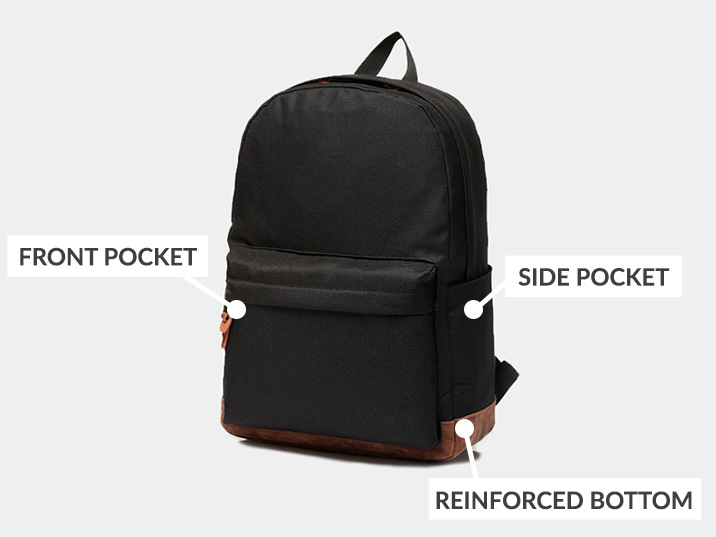
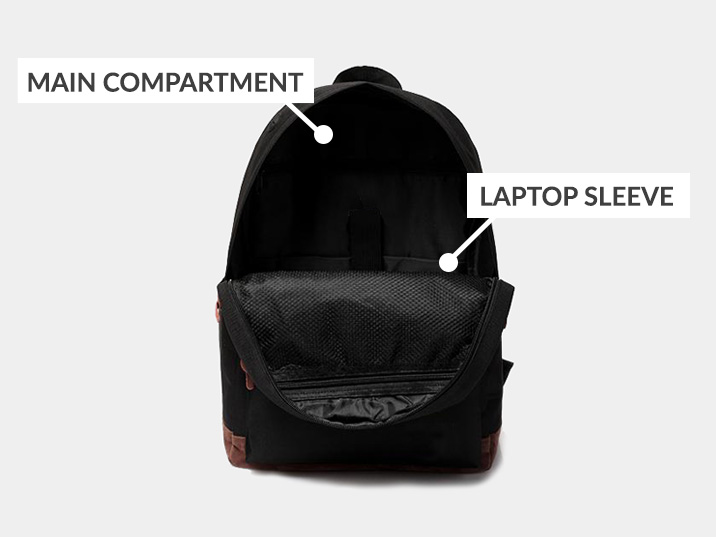
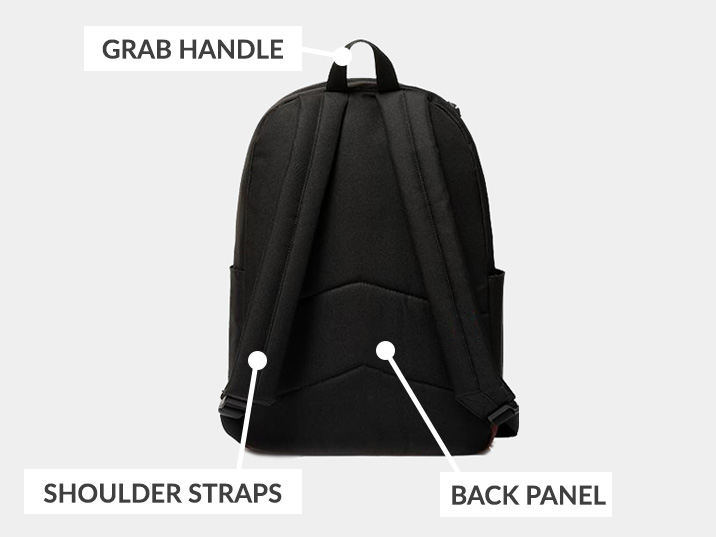
Anatomy of a backpack definitions
Main Compartment
The largest pocket in the backpack is called the main compartment.
Front Pocket
A smaller zipper pocket found on the front of the backpack for quick access to smaller items like pens, wallets or cell phones.
Side Pocket
Narrow and deep pockets found on the side of a backpack. Usually used to hold water bottles and umbrellas. Some backpacks add velcro or zippers to keep these pockets closed when not in use.
Reinforced Bottom
Usually made of leather or another tough synthetic material. This feature prevents the bottom of the backpack from premature wear and tear when being placed on the ground. Not all backpacks have this feature, but it's a nice addition and one to look out for when shopping for a new backpack.
Laptop Sleeve
A special pocket to store a laptop or tablet usually found in the main compartment. Some backpack have a simple nylon or polyester sleeve while others have a padded sleeve. Laptop backpacks tend to have their own separate laptop compartment altogether.
Grab Handle
A grab handle is attached to the top of a backpack for easy handling and for the ability to hang up the backpack on a hook when not in use. They can vary from a simple nylon strip to a cushioned handle with grips.
Shoulder Straps
Shoulder straps are what allow you to wear a backpack. Many backpack brands have engineered their shoulder straps to a science, allowing for comfortable weight distribution and ergonomic wear.
Back Panel
The area where the backpack rests on your back. Some backpacks include extra back features to aid in overheating or have special padding for comfort. These features can be different with every manufacturer.
Backpack Straps Explained
Let’s take a closer look at the various backpack straps and how they affect your carry. While all backpacks have shoulder straps to enable the bag to be carried on your back, many large and heavy backpacks also include sternum straps and hip belts to help distribute weight. If you want to learn how to properly adjust your backpack’s straps for a proper fit please take a look at our 3 step guide on how to fit a backpack.
Shoulder Straps
Shoulder straps help evenly distribute your load between both shoulders. Most shoulder straps are adjustable to help correctly position the backpack on your back. Width between shoulder straps also determines comfort. One of the main differences between men’s and women’s backpacks is the width between shoulder straps.
Hip Belt
Also sometimes referred to as a waist strap, a hip belt is a padded strap that goes around the top of your hip bone to help redistribute the backpack’s weight from your shoulders to your hip. Hip belts are most common in outdoor and travel backpacks that are designed to carry large and heavy loads.
Sternum Strap
The sternum strap, or chest strap, is a strap that clips across your chest to help alleviate strain from your shoulders. Think of it as a bridge between shoulder straps that improves the stability of the load. Sternum straps also help shoulder straps from sliding off your shoulder and prevents heavy backpacks from swaying back and forth when on the move.
Unlike hip belts that are usually reserved for travel and outdoor backpacks, sternum straps are also common with many daily carry backpacks that are meant for heavier loads such as school book bags.
Types of Backpack Shoulder Straps
Shoulder straps come in a few different flavors with each being better suited for a specific style of carry. When choosing a new backpack it’s important to pay attention to the style of shoulder straps in order to determine if the backpack will fit your needs. Below are the three most common types of backpack shoulder straps.
1. Straight
Straight shoulder straps are most common in fashion backpacks where long term wear of heavy loads isn’t a priority. Most bag manufacturers design straight shoulder straps to be adjustable so you can position the backpack on your back where it’s comfortable but that’s about where the ergonomic features end.
Although padding is typical, it’s also common to see straight shoulder straps made out of single pieces of nylon, canvas or leather and without any padding. Again, this style definitely puts more emphasis on looks than comfort so it’s best to avoid straight shoulder straps on heavy use backpacks.
Example: KOLO Portland Daypack (Topdrawer)
2. Curved
Curved backpack shoulder straps are designed to mimic the shape of your body for a more ergonomic fit. It’s common to see advanced padding and materials such as EVA foam, dual density foam and mesh lining for breathability paired with curved backpack straps to maximize the comfort of the backpack. Curved straps allow for comfortable long term wear of heavy loads. Because of this you’ll notice curved shoulder straps the most in travel, outdoor and laptop backpacks.
Example: Under Armour Undeniable 3.0 Backpack (Amazon)
3. One-Piece
One-piece backpack shoulder straps are easy to spot because both shoulder straps are (you guessed it) made of one piece of material and connected to a “bridge” at the top of the backpack. Some one-piece shoulder straps are designed so that the bridge portion of the backpack straps also act as a grab handle.
There are two things to consider when choosing a backpack with one-piece shoulder straps. First, you can’t wear the backpack too high on your back or else the bridge will start cutting into your neck and shoulders. Second, the shoulder strap width is completely fixed with one-piece shoulder straps so it’s important that you know how the backpack fits before you commit to wearing it. You’ll notice this type of backpack shoulder strap a lot in travel daypacks and outdoor backpacks where fit matters.
Example: Osprey Daylite Daypack (Osprey)
Types of Access and Opening Styles
When we talk about “types of access” we are describing the different ways you can enter a main compartment to get to your stuff. It’s important to note that the best type of access changes with the purpose of the backpack.
An example would be choosing the best backpack to wear for bicycling to work in a rainy city. Going with a rolltop backpack would be a good choice since rolltops are more water resistant than regular zippers.
There are dozens of main compartment access designs but here are some of the most common.
1. Top Access
Backpacks with top access allow you enter the main compartment from the top of the bag. Most backpacks with top access have what is called a lid which is the top piece of the backpack that allows you to zipper or buckle the backpack shut. While many backpacks with lids are zippered shut, others can also be cinched with a drawstring or buckled shut as outlined below.
Example: Under Armour Undeniable 3.0 Backpack (Amazon)
2. Front Access
Some backpacks include front zipper access to the main compartment in addition to or in lieu of top access. Front access backpacks have grown in popularity with gym and travel backpacks that are used for storing clothing in the main compartment. Front access allows the backpacks to be opened up like a traditional duffel bag when in use.
Example: Aer Fit Pack 2 (Gallantry)
3. Side Access
Side access allows for entry into the main compartment through the side of the bag. This is usually in addition to another form of entry. Side access is popular with photography backpacks for faster access to cameras and lenses. The style allows the wearer to sling the backpack to the front of their body and access the main compartment without having to take off the backpack.
Example: Peak Design Everyday Backpack (REI)
4. Drawstring
Drawstring openings use a cord to tighten and cinch the backpack shut instead of a zipper or buckle. This type of backpack opening style is almost exclusively used with top access backpacks and are commonly paired with a lid to cover the drawstring. Drawstring enclosures are often seen in rucksacks so that oversized items such as sleeping bags and tents can fit inside the main compartment vertically without having to close the backpack.
Example: Herschel Little America (Amazon)
5. Rolltop
Rolltop backpacks feature extra fabric on the top of the bag that you “roll” and compress to close. Rolltop backpacks do a better job a waterproofing the inside of a bag when compared to a zipper or drawstring opening and are popular with outdoor backpacks because of this.
Another feature of rolltop backpacks is the ability to compress or expand the main compartment as needed. Much like drawstring backpacks, this allows you to fit oversized items vertically into the main compartment.
Example: WANDRD PRVKE (WANDRD)
6. Y-Access / 3-Zip
Y-Access or “3-Zip” entry gives you the option of either entering the bag from the top or having full access to the main compartment through the front. This style of entry was popularized by Mystery Ranch with their 3-Zip design packs. This is a good access style for tactical and travel packs where accessing the entire main compartment is important.
Example: Mystery Ranch Urban Assault Backpack (Mystery Ranch)
7. Splayed
Popular with work and tech backpacks that have multiple large compartments, splayed openings allow each compartment to fan out when unzipped for easy access to the contents inside. This style of access is great for organization and is a good fit for anyone who needs to carry things like a laptop, files and books in independent compartments.
Example: Everki Atlas Backpack (Amazon)
8. Clamshell
Clamshell openings feature zippers on three sides and a single attached side that acts as a hinge. This type of opening is preferred in backpacks where accessing the contents of the main compartment at once is important. Notable examples are tactical field bags, clothing compartments in travel bags and backpacks with lots of pockets lining the main compartment walls. Any backpack that opens like a suitcase can also be considered clamshell.
Example: XD Design Bobby Anti-Theft Backpack (Amazon)
Loops and Attachments Explained
You may have noticed that many backpacks have a variety loops, straps and elastic cord attached to the outside. Although most of these elements find their origins in outdoor bags for hiking, rock climbing and snow sports they have seemed to creep their way into everyday backpacks for work, school and commuting.
Let’s take a look at some of the most common backpack loops and attachments and explain their purpose so you can finally answer the burning question what are the loops on my backpack for?
1. Lash tab
Lash tabs, also known as “pig snouts” are small leather patches usually found on the front of a backpack. These patches are attachment points for gear such as velcro straps, carabiners and bike lights. The most common shape of a lash tab is in the form of a tilted square or diamond shape but lash tabs can come in a variety of shapes and sizes. It’s most defining feature is two skinny slits that makes it resemble a pig’s snout.
While lash tabs were originally only found on outdoor bags, it’s now common to see lash tabs on everything from designer backpacks to school book bags as a decoration. It’s also common to see lash tabs made out of rubber or plastic for increased durability or water resistance.
Example: Herschel Supply Co. Heritage Backpack (Amazon)
2. Gear loops
Gear loops are common with outdoor backpacks used for climbing, backpacking and camping. Their original purpose is to attach long items such as ice picks, axes and trekking poles but they can also be used as a general attachment loop for anything from carabiners to rock climbing quick draws. Gear loops are commonly made of straps of nylon material that form a closed loop and are sewed into the body or waist belt of a backpack.
Much like lash tabs, gear loops can be sometimes found in fashion backpacks to give it an outdoor-inspired aesthetic.
Example: Topo Designs Daypack (Topo Designs)
3. Tie out loops and elastic cord
Tie out loops are small fabric loops that are sewn on to the sides or front of a backpack. They are just big enough to loop through elastic or bungee cord so that you can configure your own external attachment setup. Some backpacks only come with tie out loops while others come with an elastic cord already looped through.
The purpose of the elastic cord is so that it can be cinched down for secure attachment of anything that is too large or bulky to fit inside of the backpack such as a jacket, bike helmet or extra gear.
Example: North Face Borealis (Amazon)
4. Compression straps
Normally found on the side of a backpack, compression straps are used to compress or expand the bag’s size. Compression straps are common in backpacks that are designed to hold a lot of weight such as hiking backpacks, travel backpacks and some school book bags because they allow for the backpack to be squeezed closer to your back for better weight distribution and a more comfortable carry.
Example: Osprey Daylite Plus Daypack (Osprey)
5. Rear loading straps
Rear loading straps are two straps found at the bottom of a backpack that can be used for securing items that are too large to fit inside the main compartment. Mostly found in outdoor backpacks, the straps are used for securing items such as blankets or sleeping bags. Sometimes you will also find rear loading straps on specialty backpacks such as camera bags for attaching gear like tripods and light stands.
Example: Black Ember Citadel R2 (Black Ember)
6. Skateboard straps
Skateboard straps or “skate straps” are two large straps that are horizontally placed on the front of a backpack for the purpose of carrying a skateboard. The straps themselves are usually attached with clips or velcro to secure a skateboard deck onto the front of the backpack. Backpacks with skateboard straps are usually a lot less outdoorsy and instead focus on everyday carry for school or urban carry.
Example: Dakine Urban Mission Backpack (Amazon)
7. Daisy chains
Usually made of nylon webbing sewed into the backpack to create loops, daisy chains allow for things like carabiners, clips and external pouches to be attached to the outside of the backpack for extra storage. Daisy chains are mostly found in outdoor backpacks where external gear attachments are important but they can also be found in daily carry backpacks as a design accessory. Daisy chains are commonly found on the front and side of a backpack or on the shoulder straps.
Example: High Sierra Access II (Amazon)
8. MOLLE / PALS
MOLLE stands for "modular lightweight load-carrying equipment” and much like a daisy chain it is made of nylon webbing that is sewed into the backpack to create attachment points. Multiple MOLLE rows create a system called PALS which stands for "pouch attachment ladder system” and allows for a variety of attachments such as external gear pouches, canteen carriers and firearm magazine pouches to be attached to the outside of the backpack.
Although originally designed for tactical bags and gear, it’s not uncommon to see MOLLE webbing on fitness, travel and everyday backpacks that want to take advantage of this useful external attachment system.
Example: 5.11 Tactical Rapid Origin Pack (5.11)
9. Trolley Sleeve
Have you ever noticed a sleeve or strap on the back of your backpack? It has a few names; trolley sleeve, luggage pass through sleeve, luggage slide over and its purpose is so that you can attach your backpack to the handles of your suitcase when traveling. It’s a neat feature that has grown in popularity with travel and business backpacks.
Example: Thule Subterra Backpack (Amazon)
Backpack frames and sheets
The purpose of a frame is to take the weight of a backpack’s load and help distribute it down to the hip belt. This is why backpack frames are usually reserved for technical outdoor backpacks that are made for carrying large bulky loads over long periods of time. For smaller bags such as daypacks, tactical and travel backpacks you are more likely to encounter frame sheets. Your typical daily carry backpacks are likely to have nothing at all.
Now let’s go over the difference.
1. External Frame
External frames became popular in the 1960’s as a way to help carry heavy and uneven loads in outdoor and military backpacks. These frames are usually made of aluminum tubing that allow for large and uneven items to be carried. When paired with a hip belt, an external frame transfers the load weight to the hips for better stability and balance. External frames also offer amazing ventilation because of the air pocket between your back and the backpack that the frame creates.
Example: Kelty Trekker Hiking Backpack (Amazon)
2. Internal Frame
A majority of today’s framed outdoor backpacks feature an internal frame. Unlike an external frame, internal frames are embedded into the backpack and the backpack will rest directly onto your back when worn.
Internal frames allows the backpack to retain its shape even when stuffed full for the proper distribution of weight and more stability under load. Modern internal frames vary in material, shape and size. Some are body-hugging fiberglass sheets that mimic the curves of your back while others are just aluminum stays that help keep the backpack’s shape.
Example: Gonex Internal Frame Hiking Backpack (Amazon)
3. Frame Sheets
A frame sheet is a single piece of plastic that rests behind the back panel to keep the bag’s shape when worn. While most of the time a frame sheet is permanently embedded into a backpack, some brands allow you to remove or replace the frame sheet as needed.
The idea behind a frame sheet is to prevent the back panel from rounding when the backpack is stuffed full. To prevent this, a stiff frame sheet is placed against the back panel so that the backpack can rest correctly on the back when worn. This prevent stress on the shoulders and a more even weight distribution overall. Frame sheets are popular with backpacks that are made for carrying heavier loads such as tactical, outdoor and travel backpacks.
Example: Tom Bihn Synapse 25 with removable frame sheet (Tom Bihn)
4. Frameless Backpack
Most daily use backpacks are frameless backpacks. These are packs without any sort of frame whatsoever. You’ll know you have a frameless backpack when you can bend and fold the back panel with ease. Most frameless backpacks simply have mesh or padding on their back panels for comfort and weight distribution.
Example: Herschel Supply Co. Settlement Backpack (Amazon)
Look Ma, I can name all the parts of a backpack!
That concludes our anatomy of a backpack guide. Hopefully you have learned something fancy and new that you can apply to your next backpack purchase. If you want to learn more we encourage you to take a look at some of our other guides:
21 Different Types of Backpacks Explained - Visual Style Guide
Which backpack is best for me? In this guide we break down the different types of backpacks by category with real life examples for each.
Not all bags are created equal.
Much like how there are genres of music, there are also different “genres” of carry. From school book bags to technical hiking backpacks, each type of backpack has its own style and purpose.
But how many different types of backpacks are there? And how do I you which one is right for me?
In this guide we break down the different types of backpacks by category and sub-category with real life examples for each. Need a backpack for school? Then start by checking out the types of school backpacks. Have a vacation coming up? Our breakdown of the different types of travel backpacks is where you want to start. You get the gist.
SCHOOL BACKPACKS
School bags are usually what comes to mind when most of us think of backpacks. Although school backpacks come in all different shapes and sizes, most are known for their large main compartments made to carry text books as well as extra pockets and organizers for accessories such as laptops, pens, and even a lunch. Here we explore the most common types of backpacks for school.
Classic Book bag
Simple design with a classic silhouette. A classic book bag usually comprises of nothing more than a large main compartment and a front pocket for smaller items. This style was made popular by the brand Jansport. Today, almost every major backpack brand has their own version of the classic book bag.
Functional
Functional backpacks are known for their large and bulky silhouettes, massive main compartments and tons of pockets. These are the backpacks for people who need to lug around a full day’s worth of books and gear. Although these backpacks are not strictly made for students, they are a staple on high school and college campuses.
Recommended buying guide: 10 Best Cheap Backpacks for School
Path to Pavement
Path to Pavement backpacks can be best described as domesticated versions of outdoor bags. Although not strictly used for school, these backpacks are popular enough with students to get their own mention. These backpacks are known for their outdoor-inspired design that is more style than function. Don’t let the bungee cords and attachment loops fool you, the inside of these backpacks are packed with student-loving features such as pen organizers, laptop sleeves and large main compartments for books.
Recommended buying guide: Best North Face Alternatives
WORK BACKPACKS
Made with business carry in mind, work backpacks combine the convenience and comfort we love about backpacks with mature designs that won’t look out of place at the office. With work backpacks you can expect a greater variety of premium materials, sophisticated colorways and special compartments for things like laptops, business paperwork and other office essentials.
Professional
A substitute for the business briefcase, professional backpacks are made to be worn in business settings without looking out of place. You can expect premium materials such as leather and high denier nylon as well as a mature and sophisticated designs. Special compartments inside accommodate business essentials such as business cards, pens, laptops and paperwork.
Recommended buying guide: 10 Best Men's Backpacks For Work that are Professional and Stylish
Business Travel
Like the professional backpack, you can expect to carry all of your work items but with additional room for your travel essentials. Business travel backpacks usually have special features such as a TSA-friendly laptop compartment, a larger main compartment for clothes, and special pockets for passports and boarding passes.
Modern Work Backpacks
Modern work backpacks are the perfect cross between business professional and urban casual. Meant to be dressed up or down, the designs and materials can be more adventurous than your average business backpack. There is usually an emphasis on organization, laptop carry and overall aesthetics.
Recommended buying guide: Best Business Casual Backpacks
FASHION BACKPACKS
Fashion backpacks can be described as general-use backpacks that lean heavy in style and design. From throwback mountaineering-inspired packs to super-functional Kickstarter passion projects, these backpacks allow you to carry in style.
Urban
“Urban backpack” is general catch-all term for a stylish general carry backpack. These backpacks usually emphasize functional carry for things like laptops, umbrellas, water bottles and other daily essentials.
What makes urban backpacks so special is that here is where brands like to experiment with new materials, construction and designs. Because of this urban backpacks range from mid-tier to high-end and from functionality obsessed to totally experimental. So whether you are a daily subway commuter or just want a stylish way to carry your essentials, urban backpacks are your answer.
1. Boundary Supply Errant Pack (Boundary Supply)
2. Alchemy Equipment Daypack (Gallantry)
3. Côte&Ciel Isar (Amazon)
Heritage
Heritage backpacks became popular during the American Maker Movement in the mid-2000’s. It was at this time where young brands became inspired to produce handcrafted goods as a return to form. The style became so popular that mass produced backpack brands like Jansport even jumped on the trend.
Many heritage backpacks are heavily inspired by old hiking and mountaineering packs but that’s about where their similarities end as they aren’t functional enough to be used on more than a casual hike. But one can still appreciate the craftsmanship of American-made brands like Bradley Mountain and Topo Designs.
Recommended buying guide: 10 Backpacks Similar to Herschel Supply Co.
1. Topo Designs Klettersack (Gallantry)
2. Bradley Mountain Biographer (Bradley Mountain)
3. Herschel Little America (Amazon)
Convertible Backpacks
Considered the chameleon of backpacks, convertible backpacks allow you to change the way you carry by converting the backpack into a tote, duffel or shoulder bag. Many convertible backpacks have shoulder straps that can be hidden or stowed away for an easy transformation. These bags are popular with travelers who want multiple looks without having to pack multiple bags.
Recommended buying guide: 9 Backpack Travel Purses You Need for Your Next Trip
TECH BACKPACKS
Tech backpacks are made specifically for tech carry such as laptops, photography equipment and drones. These specialty backpacks come in handy for professionals or enthusiasts who need a safe and comfortable way to lug around expensive gear and accessories.
Laptop
Although most modern backpacks include a laptop sleeve, a dedicated laptop backpack can still be a must-have if you carry lots of expensive tech and accessories. Many laptop backpacks include special pockets and compartments for accessories such as external hard drives, cables, and keyboards to help keep your gear safe and organized. For those with larger laptops, a dedicated laptop backpack is necessary since most regular backpacks do not accommodate laptops over 17-inches.
Recommended buying guide: Dual Laptop Backpack? Best Backpacks for Two Laptop Carry
Camera
Camera backpacks are made for safely carrying cameras, lenses, tripods and other photography equipment. Although these backpacks come in endless designs and sizes, you will know it’s a camera backpack because of it’s it’s compartmentalized main compartment and special pockets for camera bodies and lenses.
Fashion camera backpacks have grown in popularity in recent years thanks to their on-trend designs and modular main compartments that allow the bags to also double as travel and daily carry backpacks.
Recommended buying guide: Peak Design Everyday Backpack Alternatives
TRAVEL BACKPACKS
While wheeled luggage still reigns supreme for longer trips, backpacks are becoming increasingly popular as a carry-on option thanks to their hands-free carry and ease of use while on the move. Unlike weekender duffel bags, backpacks distribute weight evenly for a more comfortable carry. In recent years, new backpack designs have allowed travelers to ditch the carry-on suitcase altogether by allowing smart storage of things like clothing, shoes and toiletries right on your back.
Weekender / Carry-On Backpack
What sets weekender backpacks apart from regular backpacks is their large main compartments that open up like a suitcase for storing clothing, shoes and toiletries. It’s the same concept as a weekender duffel bag except in backpack form. While some weekender backpacks are strictly backpacks others can convert to duffle bags as needed.
Packable Daypack
A packable daypack allows travelers to leave behind their bulky bags and luggage for a small lightweight backpack that can be carried on short hikes, out to the beach or while exploring a new new city. What makes packable daypacks special is their small footprint when empty. You can roll, fold and flatten a packable daypack to take up minimal space in your travel bags.
Packable daypacks are also popular with outdoor enthusiasts who needs a smaller lightweight alternative to large backpacking bags when camping or on the trail.
Anti-Theft
Popular with city travelers, anti-theft backpacks are made to prevent theft of the contents stored inside. Most anti-theft backpacks are daypacks, meaning they are meant for daily carry and are not large enough to use as a luggage substitute. Special zippers, anti-slash material and secrets compartments allow precious items such as passports, cash and other valuables to be carried safely.
ACTIVE BACKPACKS
Active backpacks are designed for your daily grind at the gym, sports practice or while cycling to work. Unlike regular backpacks you may use for school or work, active backpacks take in consideration your activity by including special pockets for gear and clothing, attachments for accessories and waterproof exteriors.
Cycling Commuter
Made for people who bike around the city, cycling commuter backpacks allow you to safely carry your gear while on the road. Many cycling backpacks are weather-resistant or waterproof to protect your stuff from getting soaked during a rainfall. They also feature special attachments and pockets for things like bike locks and tools.
Gym
Unlike gym duffels, gym backpacks allow for comfortable carry of workout gear, clothes and other workout essentials in a way that’s simple and hands-free. Gym backpacks come in a couple of different flavors; from a strict gym backpack to a multi-use work-to-gym backpack that can also store things like laptops, business items and other daily essentials.
Recommended buying guide: Work to Gym - Best Backpacks with Shoe Compartments
Sports
Specialty sport backpacks are made for lugging around extra clothes, shoes and gear to and from practice and games. Each bag is made with their respective sport in mind. For example, a basketball backpack may have room for storing a basketball or a tennis backpack may have special hooks and loops for attaching rackets. From baseball and basketball to tennis and golf, there is a backpack for just about every sport and activity.
OUTDOOR BACKPACKS
Made for outdoor activities, outdoor backpacks are designed for technical functionality and comfort at the forefront. These are the backpacks you take with you hiking, mountaineering, rock climbing and snowboarding. Is there an outdoor activity you love? There is probably a backpack for it. While we won’t list every single type of backpack for every activity, we will outline four types of backpacks that are commonly found in the outdoor space.
Backpacking
Backpacking backpacks are made for those who need a comfortable and stable way to carry their gear during hiking, trekking and mountaineering trips. These backpacks are usually much larger than your everyday backpack and are designed to carry heavy loads for longer periods of time.
Since there are so many different sizes and technical differences, these backpacks must be fitted to each person to ensure safe and comfortable wear. You’ll often see the same backpacking bags come in different sizes because of this.
Technical
Technical backpacks usually have many of the same features found in full-size hiking and backpacking packs but in a smaller daypack size. These features include things like the ability to carry a water bladder, outside webbing and loop attachments, durable material and construction, and advanced adjustments straps such as a hip belt, sternum strap and shoulder straps.
Just like backpacking backpacks, technical backpacks come in different sizes to fit different size people. It’s not uncommon to see the same style backpack in different sizes and in both men’s and women’s versions.
Hydration
Hydration backpacks are an efficient hands-free way of carrying drinking water. This type of backpack is very popular with runners, cyclists, hikers and just about anyone who participates physically taxing outdoor activities.
While some hydration packs are just big enough to hold nothing but a water bladder (the portable pouch that holds your H2O) others also have enough room for food, an extra layer of clothing and other small items.
Tactical
We have added tactical backpacks as a type of outdoor backpack because of their military origins. Today’s tactical backpacks can be split into two polar ends; true tactical backpacks and fashion tactical backpacks. True tactical backpacks are the bags designed for those in military, law enforcement and other similar professions.
On the other end of the spectrum are fashion tactical backpacks which focus less on function and more on style or “looking” tactical. These bags are just ordinary daypacks with molle attachments and other tactical-inspired dressings. Most tactical backpacks on the current market fall somewhere in the middle and offer a nice blend style and function.
Recommended buying guide: Best Goruck GR1 Backpack Alternatives
How to Find a Backpack That Fits (In 3 Steps)
How should a backpack fit? We explain how to find the right size backpack in 3 easy steps.
Proper backpack fit is the most important criteria in finding the perfect backpack. Not only will wearing a good fitting backpack prevent back and shoulder pain but it will also look better when worn.
Luckily, finding a backpack that fits is as easy as measuring your body and determining the correct measurements. The entire process from measuring to sizing can be done in three simple steps outlined below. This guide is especially useful for anyone who is shopping for a backpack online and needs a better idea of how a backpack will fit without having the ability of trying it on.
What you’ll need
Fabric Measuring Tape
Backpack dimensions (if you are shopping online)
Step 1 - Find
Before you being measuring yourself, you will need to find your iliac crest and seventh cervical vertebrae (C7). Both of these points are crucial for a proper waist and torso measurements .
Find Your Iliac crest
Find your iliac crest by placing your hands on the side of your hips and pressing down. The bony bump on the side of your hips is the iliac crest. You will need this point for both your torso and waist measurements.
Find Your C7
Next you must find your seventh cervical vertebrae also known as your C7. The C7 can be easily found by standing up straight and tucking your head forward. You should be able to feel a protruding vertebra at the base of your neck, that is your C7. You will need this point for your torso measurements.
Below are artsy photos that illustrate how to find the iliac crest and C7.
Step 2 - Measure
Now it’s time to find your waist and torso measurements.
Waist measurement
Find your waist measurement by using a fabric measuring tape to measure the circumference of your natural waist. You are going to want to measure around the top of your hips, hugging the iliac crest.
Torso measurement
To find your torso length you will have to measure from your C7 (the top of your torso) to the iliac crest (the bottom of your torso). Make sure you are standing up straight for this measurements. You may need a friend to help you measure.
Step 3 - How to fit a backpack
It’s now time to take a closer look at how a backpack should fit based on your measurements.
Backpack length
A proper fitting backpack should begin two inches below the shoulder and end at the waist. Ideally you would want the backpack to not extend past two inches above your hips for a comfortable fit.
Adjusting the shoulder straps can help in positioning the backpack correctly on your back. The key is to choose a backpack that is not too long and not too short.
Backpack width
Your backpack’s width should not be wider than your torso. Although wearing a narrower backpack is fine, you should avoid wearing a backpack that extends to the sides. This is a sign that the bag is too big for your frame.
Hip belts and sternum straps
Hip belts and sternum straps are used to help distribute weight when wearing heavy loads. Although mostly founds in outdoor and travel backpacks, they can sometimes be found in daypacks and school backpacks as a comfort feature.
The hip belt should hug your iliac crest and the padding should sit on top of your hips. A properly fitting hip belt will help take the strain off your shoulders and help avoid back and shoulder strain.
The sternum strap should improve the stability of your load by resting about an inch below your collarbone. A proper fitting sternum strap will keep your backpack from swaying and improve stability.
A Few More Tips
Your measurements should be your reference point when shopping for a new backpack. This is especially true if you can’t try on a backpack in person and are strictly shopping online where bag measurements are all you have to go by.
Outside of speciality backpacks like those used for mountaineering or hiking, most backpacks don’t come in different sizes. This means you have to come to terms that some backpacks may be too big or too small for your frame.
Mens vs Womens Fit
Sometimes brands release different versions of a bag to fit either men or women. Although sometimes you may see differences in color schemes, the real differences can be found in the bag’s dimensions. Most women’s backpacks are made with smaller frames in mind and take in consideration things like chest strap positioning, back paneling and shoulder strap distance.
If you are a man with a smaller or slender frame, going with a women’s fit backpack will be a better choice. Likewise, women with broader shoulder and larger frames may be more comfortable wearing a backpack with a men’s or unisex fit.
Wenger vs Victorinox vs Swiss Gear - What's the difference?
Victorinox vs Wenger? Wenger vs Swiss Gear? Aren’t they all the same thing? This guide will answer your questions.
If you are in the market for a work or travel backpack then you might have come across the brands Victorinox, Wenger and Swissgear. Chances are you might have even thought they were the same brand at some point.
You aren’t the only one.
In this guide we are going to break down each brand’s history and take a look at the differences in style, price, and warranties. We hope this comparison explains why the brands are so similar as well as helps you navigate the waters a little better when shopping for your next backpack.
The Story: A Long Intertwined Brand History
The story begins with two competing Swiss Army knife brands; Victorinox and Wenger. Both brands supplied the Swiss army with multi-purpose knives until Victorinox purchased Wenger in 2005, making Victorinox the sole supplier of Swiss Army knives moving forward.
2013 marked the year when Victorinox and Wenger merged their product lines to only offer knives under the Victorinox brand name. Wenger has since shifted its focus to offering watches, luggage, backpacks and bags while Victorinox continues to produce the iconic Swiss Army knives.
In 2014, Victorinox introduced a new business unit, Victorinox Travel Gear AG which specializes in developing and expanding the brand’s offerings in travel goods. Today you can find a wide variety of Victorinox luggage, backpacks and briefcases for both work and travel.
Now here are where the stories get a bit more entangled.
In North America, the licenses for Wenger and SwissGear brands are held by Group III International. Group III International is a brand house that specializes in product licensing, manufacturing and distribution in the travel and work gear space. In addition to growing their in-house brands, Group III International also specializes in private labeling.
The story continues with SwissGear and Wenger luggage and bags being manufactured and distributed by the same company. All the while Wenger is owned by Victorinox and is marketed as Victorinox’s affordable budget brand.
Not complicated at all, right?
Swiss gear vs Wenger vs Victorinox
In a nutshell, you will see a lot of similar branding between Wenger and SwissGear because they share the same manufacturer and distributer. Outside of the backpack and luggage space, you may also see Victorinox and Wenger paired together because both brands are owned by the same company.
Although all three brands have different product lines, you will see lots of similarities in how they are branded and marketed. This is where most of the confusion comes from.
Branding Similarities
The most obvious brand cross-pollination is in each label’s branding. Wenger and Swissgear both share the exact same Swiss flag logo while Victorinox features a different variation of the Swiss flag in the form of a shield.
When comparing Wenger vs Swiss Gear backpacks you will notice that the share the same branding logo. You will also see the name brands being interchanged or combined as in the case of “Swissgear by Wenger” or “Swissgear Wenger”
Backpack Styles: Victorinox vs Wenger vs Swiss Gear
Since the expansion of Victorinox Travel Gear AG, Victorinox prides themselves in offering cool and contemporary backpack and bag designs for travel, work and everyday carry. Their signature Almont collection is a great example of how Victorinox focuses on offering sophisticated styles with a contemporary edge.
Wenger focuses on functional bag designs for travel, work and laptop carry. Their Synergy laptop backpack is their most popular style thanks to its rugged construction and useful organization. Wenger also does a great job at offering men’s and women’s business backpacks that are both stylish and professional.
When it comes to a true Wenger vs Victorinox style comparison, both brands offer completely different backpack styles with Wenger being the more budget friendly option while Victorinox focuses on new stylish urban designs.
Swissgear on the other hand offers backpacks and bags in a large variety of styles from travel and business bags to school and urban carry backpacks. The brand does a great job at responding to up-and-coming backpack trends by releasing their own similar designs. Their specialty however is in the travel bag space where Swissgear offers TSA-Friendly laptop bags like the popular SwissGear 1900 Scansmart backpack.
Quality and Price Comparison
Wenger is marketed as a budget brand to Victorinox’s premium offerings so when it comes to pricing it should come as no surprise that Wenger bags and luggage are generally less expensive than Victorinox. Swissgear offers backpacks in a variety of prices while most land in the $50-100 range.
Despite their Swiss branding, none of the brands make their bags in Switzerland. You can expect the quality across the three brands to be very similar.
Warranty Comparison
Most Victorinox bags and luggage include their 1+10 Warranty which warranties the product for 11 years. Wenger bags and luggage are only backed by a 3 year warranty.
SwissGear offers a 3 year limited warranty on backpacks and business cases while their luggage and travel bags include a 5 year limited warranty.
Sources and Further Reading
How to Get Your North Face Backpack Monogrammed
We’ve seen plenty of monogrammed North Face backpacks on campus and think they look really cute. But where is everyone getting them? Let’s find out.
Let’s talk about the monogrammed north face backpack. We’ve seen plenty of them on campus and think they look really cute. But where is everyone getting them? Let’s find out.
Where is everyone getting these done?
The Secret: Get your north face backpack monogrammed using a local embroidery service.
Finding a local shop that offers custom embroidery is as easy as a google search on your phone or computer. What you want to search for is “custom embroidery near me” to find a list of local shops. When you find a shop give them a call and ask them if they will monogram your North Face backpack. The costs will vary so it’s important to ask about pricing as well.
Another option is to find a business who offers a custom monograms as a secondary service. Some examples are mall kiosks, dry cleaners or a screen printing shop. Screen printing shops usually offer custom t-shirts and jerseys for local sports teams and schools. Many also offer embroidery as a secondary service so it’s worth asking if they will monogram your North Face backpack for a fee.
North Face Borealis Backpack (Shop on Amazon)
North Face Jester Backpack (Shop on Amazon)
North Face Electra Backpack (Shop on Amazon)
Online custom orders
There are very little places online where you can send in your backpack to be monogrammed and then have it shipped back to you. Those that do offer this service are often times slow and you can expect to be without your backpack for weeks!
But there are also places that sell their own brand backpacks that can be embroidered. Amazon offers cute backpacks that can be custom monogrammed. While brands like LL Bean and MarleyLilly offer a custom monogram service with the purchase of their backpacks. Purchasing your backpack through one of these brands online is much easier than sending in your own backpack to be monogrammed. But the downside is that no one offers an exclusive North Face backpack monogramming service.
Hopefully this article has shed some light on how to get your North Face backpack monogrammed. We love the look of monogramed North Face backpacks and think they are a fun and simple way to stand out in a crowd and have something all your own.
Backpack vs Rucksack vs Daypack - What's the difference?
What's the difference between a backpack and a rucksack? What's a daypack? We answer some common backpack terminology questions and define the difference.
Backpack vs Rucksack : What’s the difference?
What’s the difference between a backpack and a rucksack?
Simply put a backpack is a bag that can be carried on one’s back with shoulder straps. A Rucksack, can also be carried on ones back but is more commonly made out of canvas and is used in the military or for outdoor recreation. Not definitive enough? That’s because these days manufacturer’s use the terms backpack and rucksack interchangeably when labeling their products.
What is a rucksack?
Historically a rucksack was a large bag made out of canvas with a large deep main compartment with little internal compartments. The name “rucksack” comes from the German word “Rücken” which translates to back and the word “Sack” which means bag. On the outside of the rucksack it was common to see one or two smaller pockets for storing gear as well as belts and clips for carrying sleeping bags or canteens. These bags also had shoulder straps made out of leather or canvas and were made to be carried on the user’s back.
Common rucksack attributes:
Large main compartment that is accessed from the top
Smaller pockets on outside front
Belts and loops for carrying sleeping bags, canteens and other items on the outside of the bag.
What is a daypack?
A daypack is a smaller backpack that is used for carrying daily essentials. Unlike a backpack or rucksack, a daypack it’s not meant to be large enough for overnight stays or long trips.
Common daypack attributes
Small and lightweight (as compared to a backpack)
Usually has a pocket for a water bottle (if it’s a hiking daypack)
How to clean a leather backpack
A quick and simple guide on how to properly clean a genuine leather backpack.
WHEN TO CLEAN YOUR LEATHER BACKPACK:
A good rule of thumb is to clean and condition your leather backpack ever few months. You can use your own judgement of when you think your leather backpack is too dirty and needs a little extra love. It’s always a good idea to get into the habit of cleaning and maintaining your leather products and a leather backpack is no exception. This will keep your backpack looking it’s best and will also prolong the life of the backpack as regular maintenance will prevent leather brittleness that causes cracking.
SUPPLIES NEEDED
A toothbrush or other soft haired brush
A soft & clean cloth
Leather cleaner
Leather conditioner (optional)
BEFORE YOU BEGIN:
Follow manufacturer instructions: Does your leather backpack have cleaning instructions? Sometimes there are special care instructions you may need to take into consideration. Check your backpack manufacturer’s website or call their customer service phone number if you are unsure.
What type of leather is your backpack? This cleaning guide is for genuine leather and is not suited for patent leather or suede backpacks.
Cleaning Leather backpacks
1) Use a toothbrush to brush off dirt from nooks and crannies
Use a toothbrush or other soft haired brush, like a horsehair brush, to brush off loose dirt from seem lines and the bottom of the backpack where dirt tends to accumulate.
2) Use a leather cleaner
You can purchase a leather cleaner made for purses or boots on your leather backpack. Before using a leather cleaner make sure you have wiped off any excess dirt from the backpack. Use a soft cloth (an old t-shirt will do) to gently wipe off any dirt off of the leather.
Make sure to follow the instructions on the leather cleaner label for additional details.
3) Condition your leather backpack
This step is optional but is highly recommended for preventative care.
Use a leather conditioner to condition the leather after cleaning it. A leather conditioner will leave the leather on your backpack hydrated and supple. It will also add a coat of protection against dirt and staining.
Avoid conditioners made for leather saddles as these can stain your backpack. Instead opt-in for a leather conditioner made for leather purses and shoes.
4) Let your backpack dry
After cleaning and conditioning your leather backpack make sure to give it at least 24 hours to completely dry before using it again. It’s important to let the leather dry completely before exposing it to the elements.
How To Choose a Backpack for Work that is Sophisticated and Stylish
Is your backpack work appropriate? We offer a simple guide on how to choose a professional looking backpack for work that is sophisticated and stylish.
From left to right: Matt & Nat Dean Backpack - Jack Spade Cargo Backpack - Tumi Harrison Archer Backpack
Classic business attire calls for a clean briefcase but with so many stylish and sophisticated backpacks on the market who says you can’t wear a professional looking backpack to work? Backpacks are easy to manage, comfortable to wear and are jammed packed with useful features that are especially important for commuters. Maybe it's time to reconsider the briefcase and choose your new perfect backpack for the office.
Here is a quick guide on how to choose an office appropriate backpack for work.
Choose Quality Materials
A backpack made out of good high quality materials will often dress up your look. Choose backpacks made out high quality materials like leather and waxed canvas. Metal hardware instead of cheap plastic adds another level of sophistication and professionalism to the look.
Quality materials give backpacks a more sophisticated and professional look.
Avoid loud colors and designs
Backpacks that are simple in design with clean lines can be a refined addition to your work outfits. Avoid backpacks that are very busy on the outside with carabiners or too many pockets. Instead go with a backpack that has a simple yet defined silhouette to compliment your overall look. Colors should be mature and compliment your work wardrobe: Black, brown, tan and navy are all safe bets.
Avoid Unstructured Backpacks
Leave your basic polyester backpack at home. Opt-in to a nicely structured backpack that retains it’s shape even when empty. This will allow for a cleaner and more put together look.
Avoid unstructured backpacks in loud colors. Go for a structured leather backpack like the Knomo Hudson Backpack
AVOID SPECIALTY BACKPACKS & LOUD BRANDING
Sports, hiking and other specialty backpacks should be avoided. If it looks like you are ready to embark on an epic hiking trip then maybe the backpack may not be office appropriate. The same goes for sport brand backpacks with loud branding that would be better suited for gym days. Avoid backpacks that look too "student". Although brands like Jansport have some well designed models, nothing screams "I'm a college student" louder than a Jansport Right Pack. Instead go for a backpack with understated branding for a cleaner and more grown-up look.
Check the Fit
Avoid backpacks that are too large or too small for your frame. Make sure the shoulder straps are adjustable so that the backpack can sit just right on your back. Hanging your backpack too low on your back looks sloppy and unprofessional.
Don’t Forget About Function
Before purchasing a new backpack make sure it has all of the features you need for everyday carry. Does it need a laptop compartment? What about enough room for lunch or gym clothes? Are you a commuter that needs a water proof backpack? A great looking backpack should also be functional.
Make sure the backpack you choose fits your daily carry needs.
Ultimately the backpack you choose comes down to how conservative or casual your workplace is. If you work in a business casual environment you may have more leeway to sport a more casual backpack at the office. Or maybe your workplace is a strict suit and tie environment where a more formal looking backpack is the only considerable option. Either way with so many different backpack styles currently available you should have no problem finding one that works for you.
If you want to see our top picks for office appropriate backpacks check out our list of 10 Best Men's Backpacks for Work & 10 Best Women's Backpacks for Work.



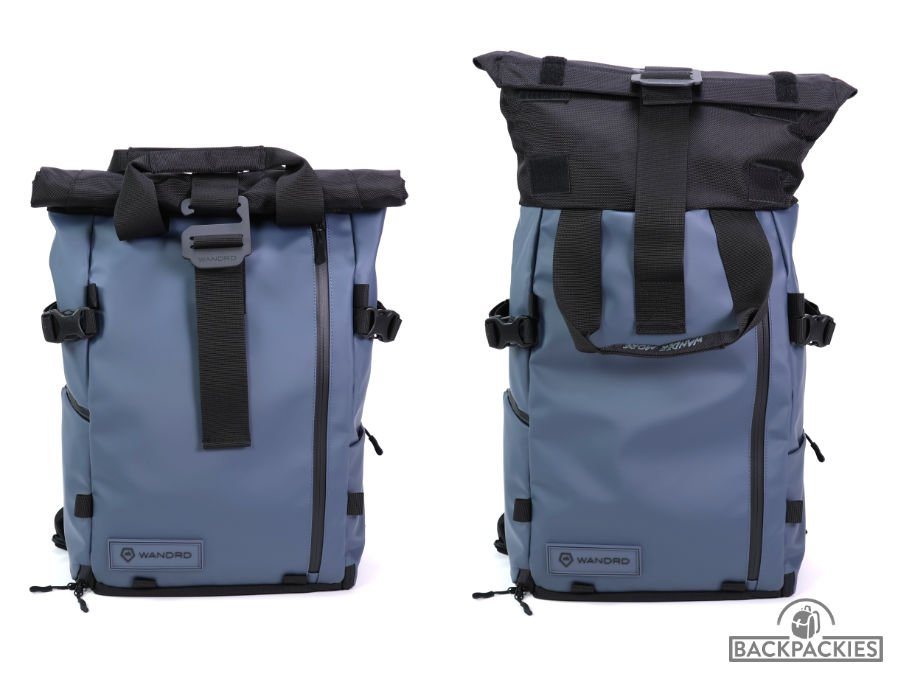






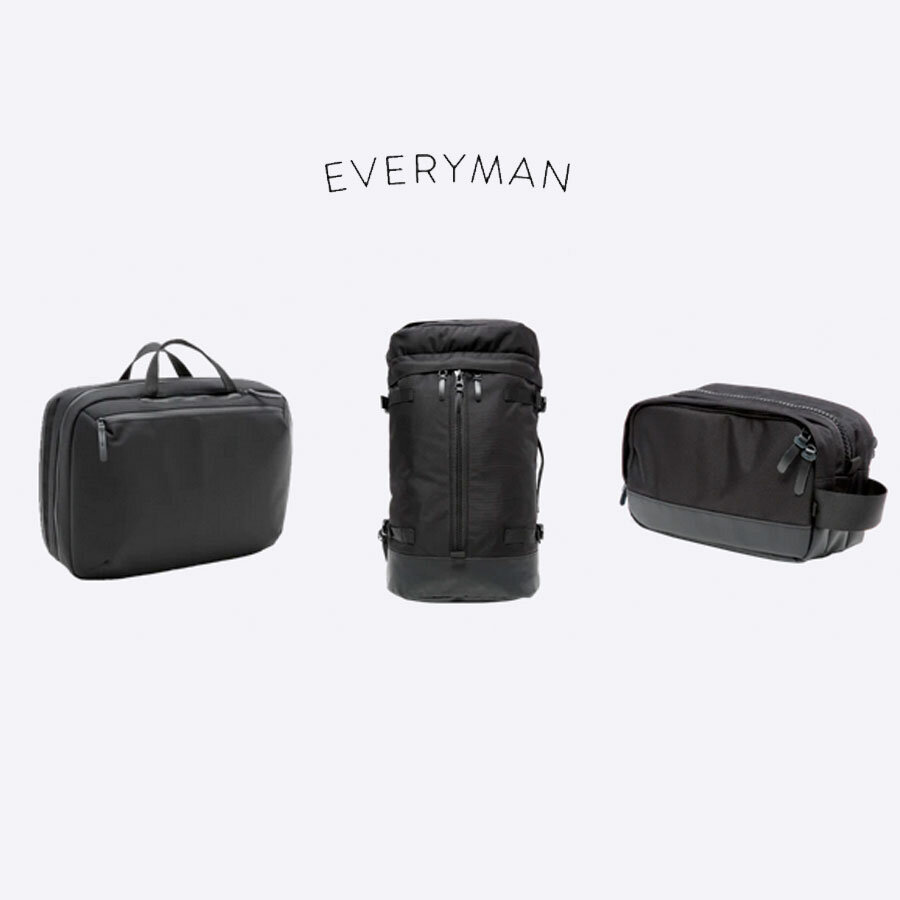

![WANDRD PRVKE [Review]](https://images.squarespace-cdn.com/content/v1/583335f52994ca7d6adc6f3d/1672336414558-N0XYZANVD5VHM19E6UJ2/WD-PV-00.jpg)



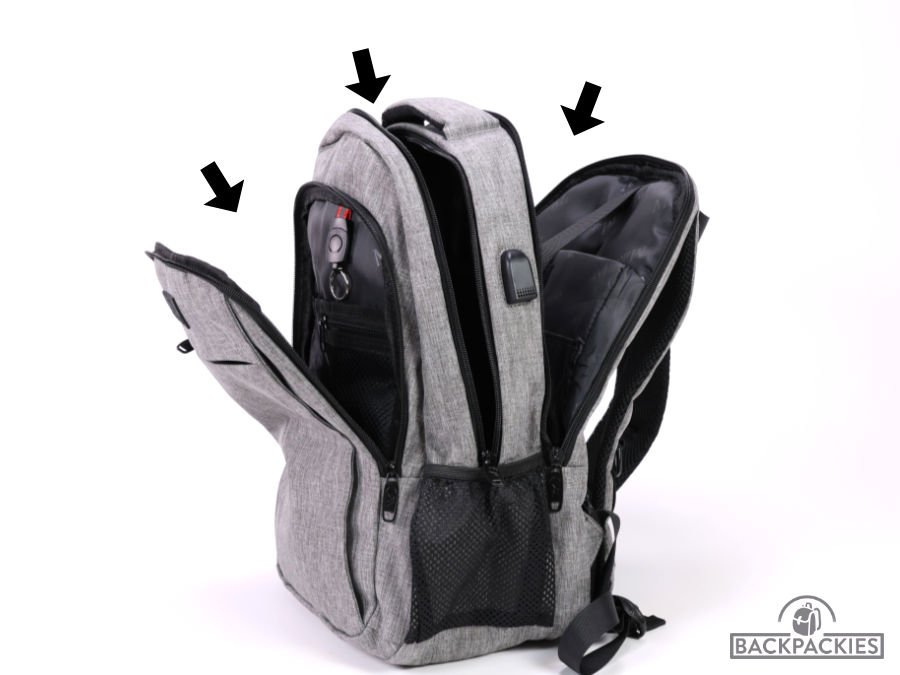

![Under Armour Hustle Sport [Review]](https://images.squarespace-cdn.com/content/v1/583335f52994ca7d6adc6f3d/1679248026644-03D7A32Y0BU2L6HHQQJT/ua-hs-00.jpg)
![Able Carry Daily Plus [Review]](https://images.squarespace-cdn.com/content/v1/583335f52994ca7d6adc6f3d/1676463048944-VE55HUA9XAJY5INXVXE4/ac-dpl-00.jpg)
![North Face Recon Backpack [Review]](https://images.squarespace-cdn.com/content/v1/583335f52994ca7d6adc6f3d/1627907878308-GARQGP75FZ4Z0SDMREUQ/TNF-REC-00.jpg)
![The Ridge Commuter Weatherproof [Review]](https://images.squarespace-cdn.com/content/v1/583335f52994ca7d6adc6f3d/1674424560276-052KKWI8KGKL19WNPG7L/tr-cm-00.jpg)
![Nomatic Backpack [Review]](https://images.squarespace-cdn.com/content/v1/583335f52994ca7d6adc6f3d/1674252496167-NRQBWMC1KOXG9NPA416Z/nm-bp-00.jpg)
![Pacsafe Go Anti-Theft [Review]](https://images.squarespace-cdn.com/content/v1/583335f52994ca7d6adc6f3d/1672331369170-N0MMSW9E5SGMVYB3YVQX/PS-G-00.jpg)
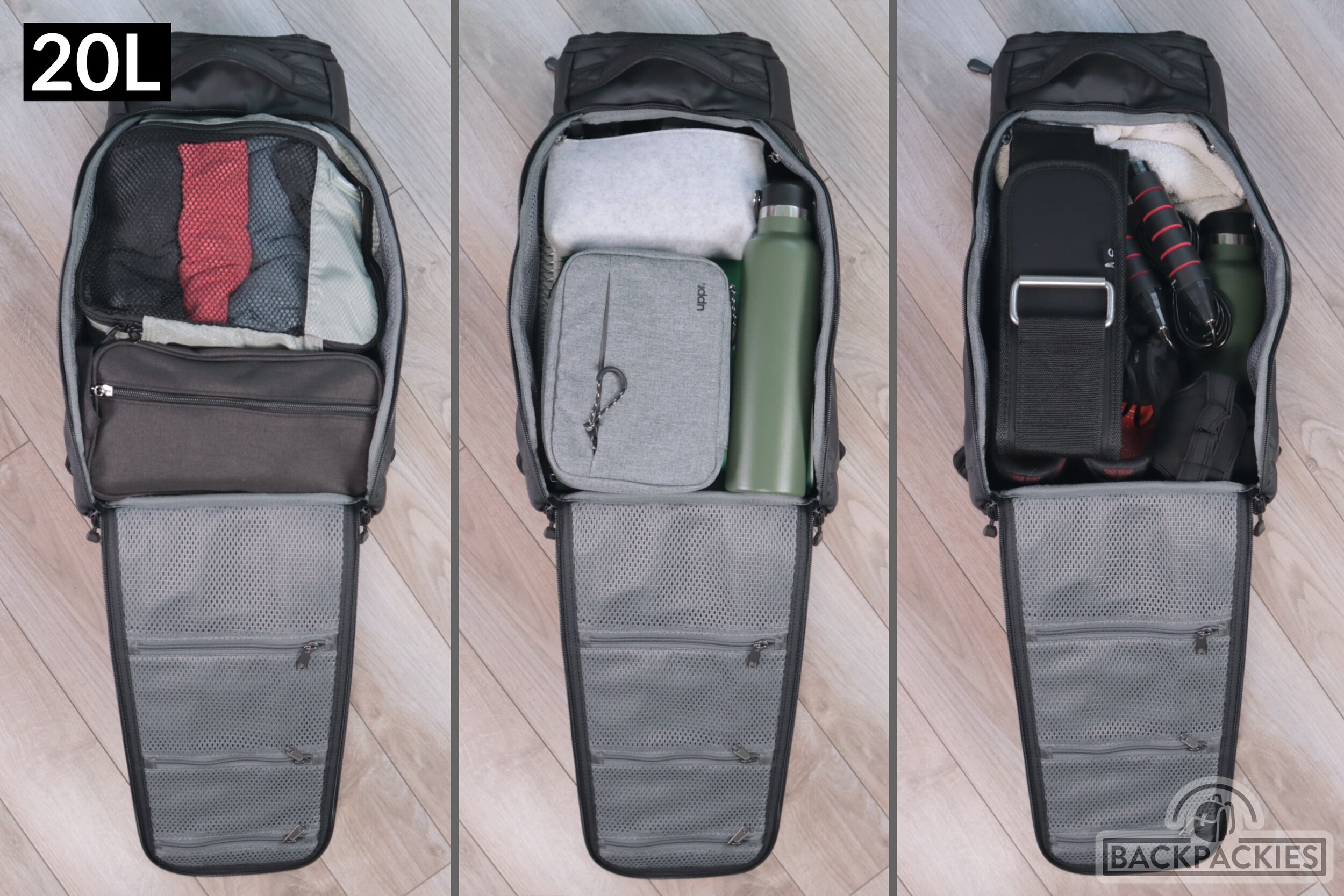
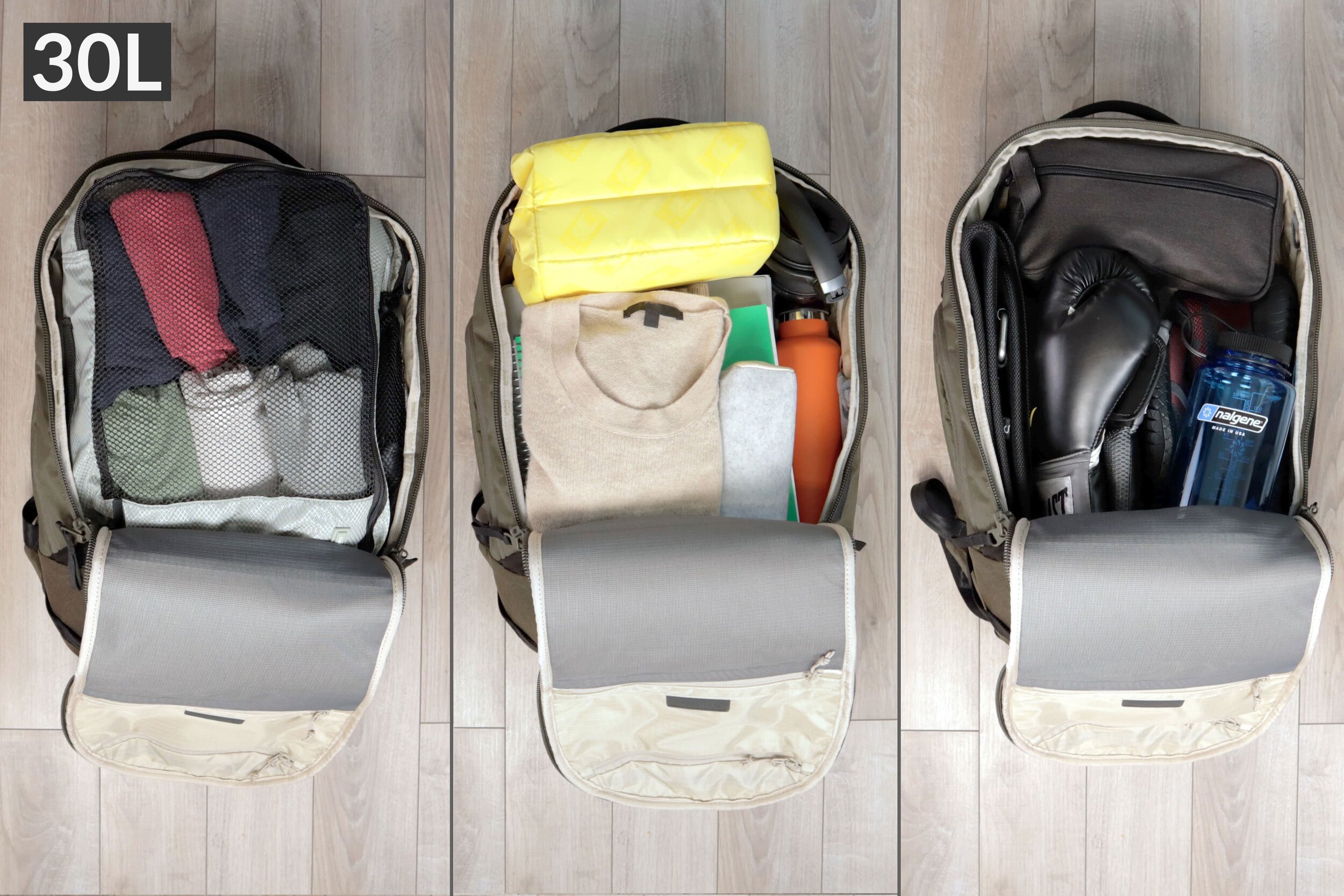

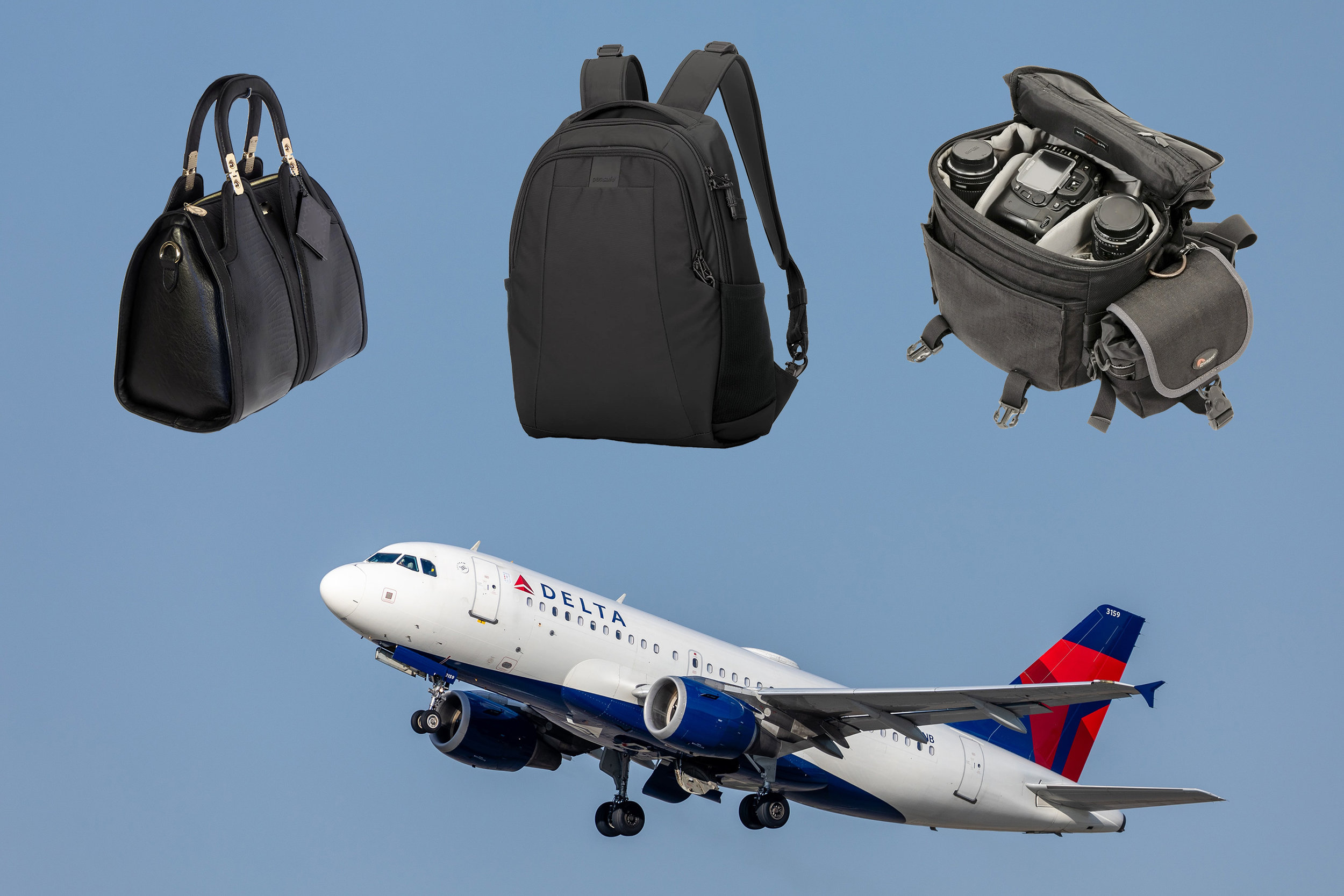
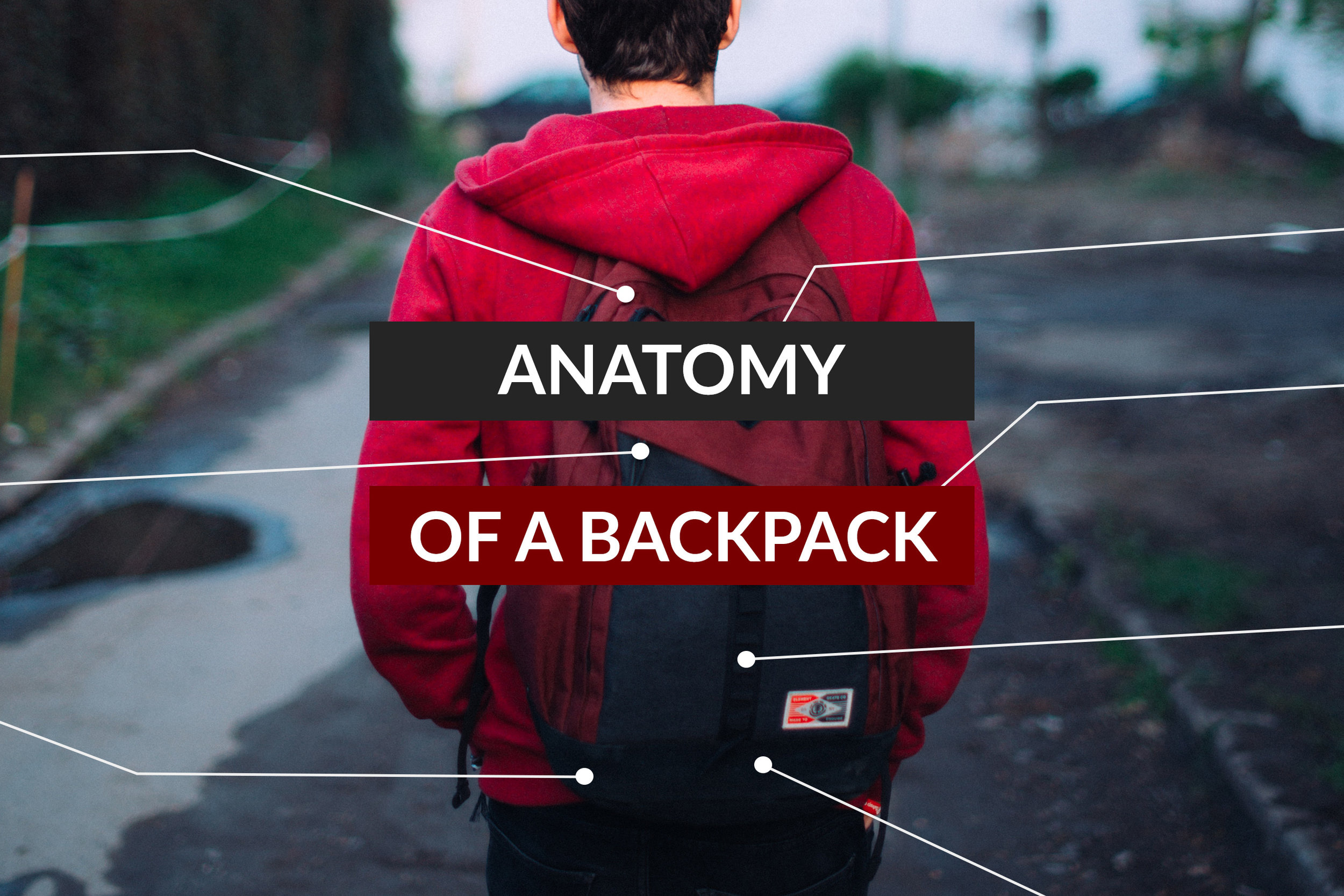
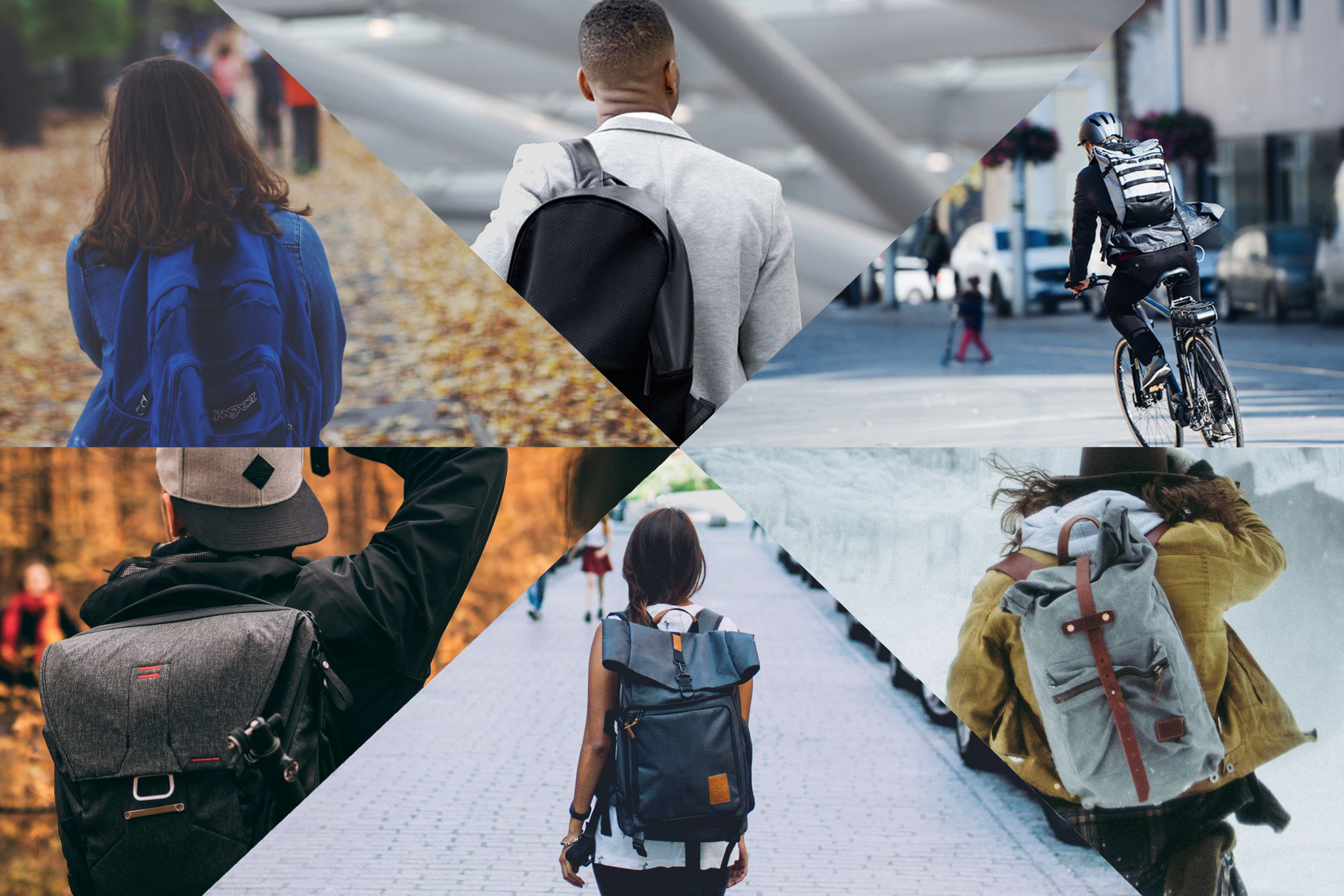
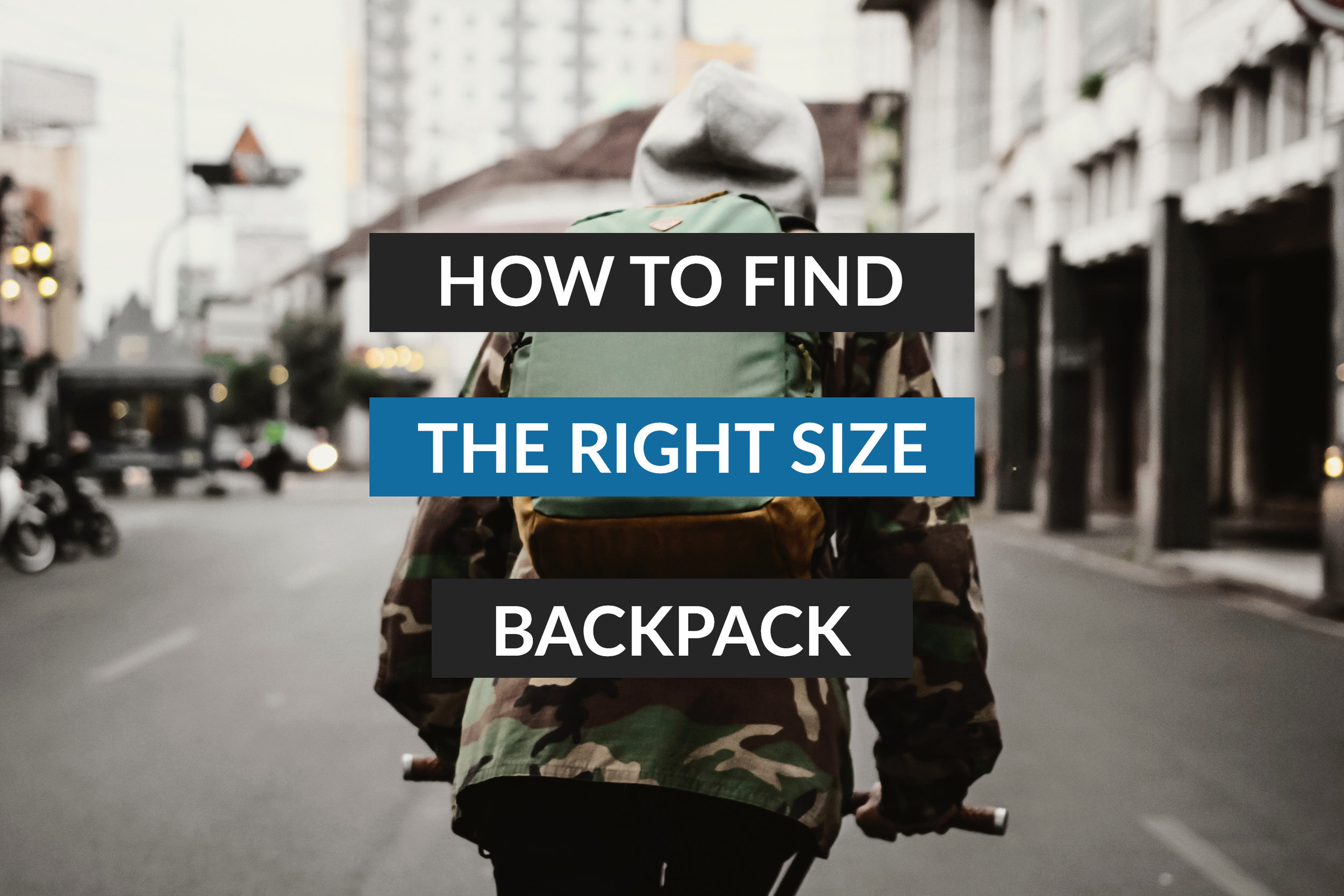


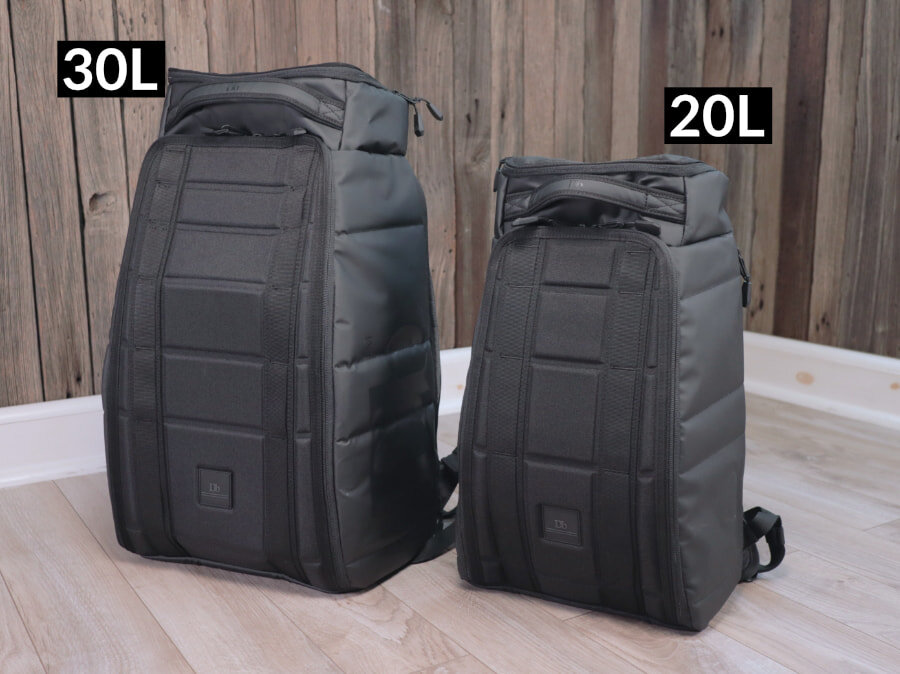









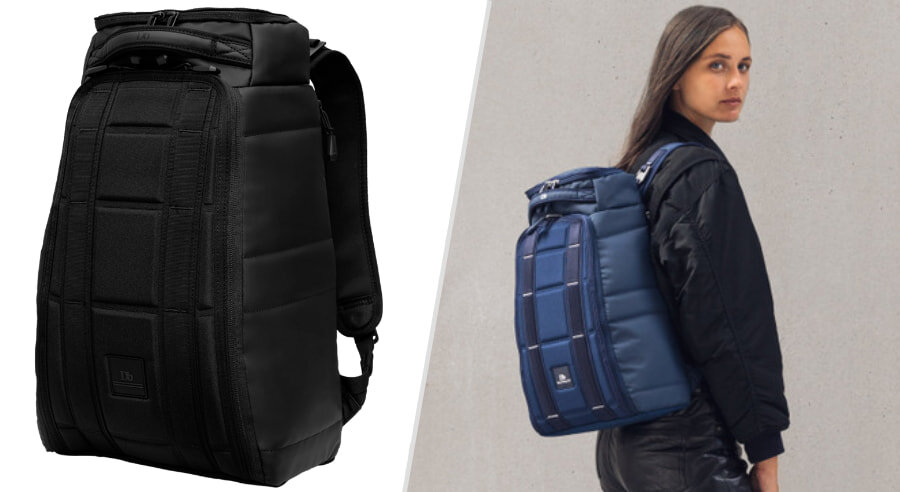




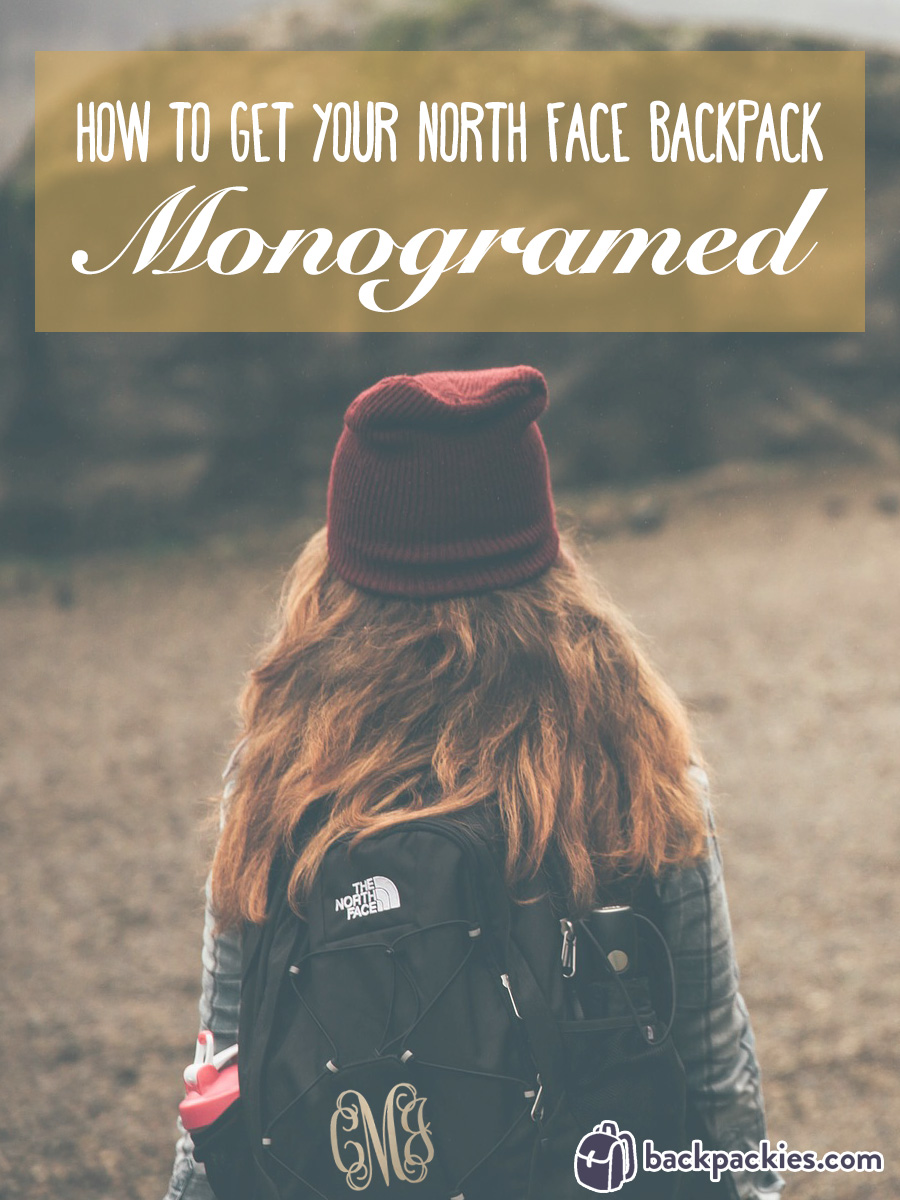




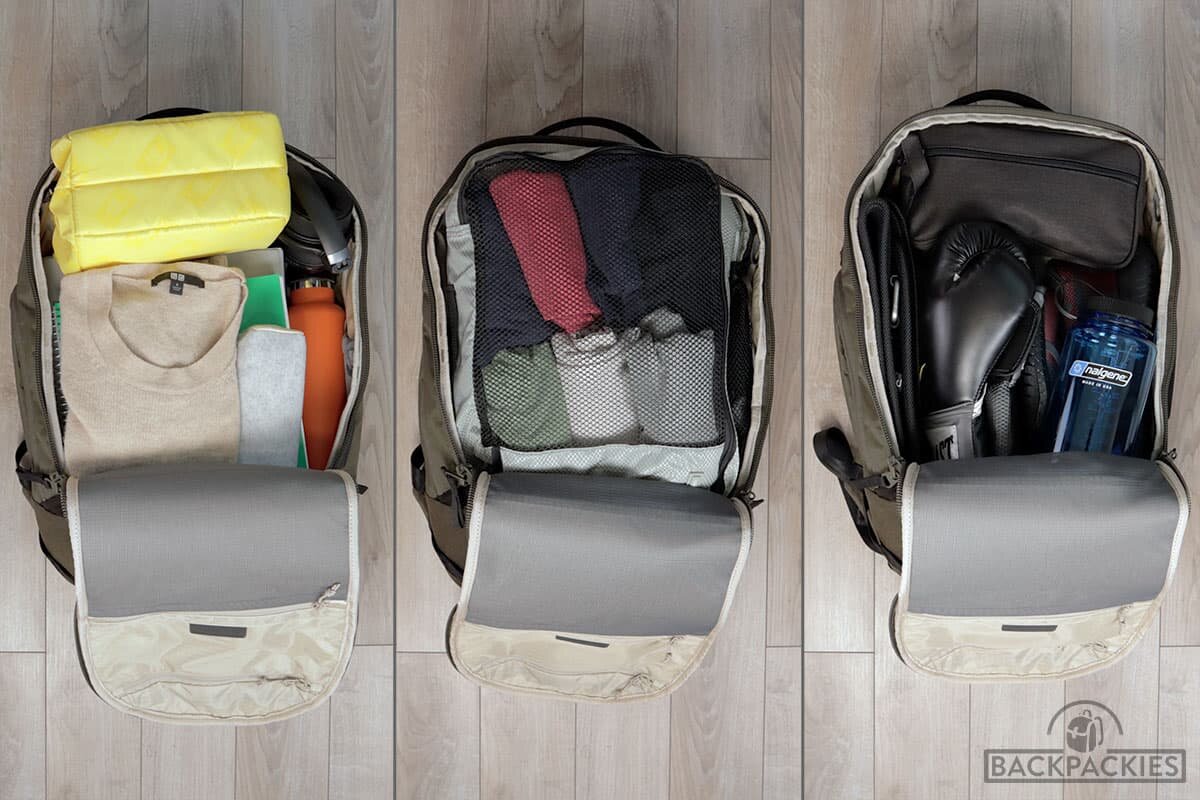





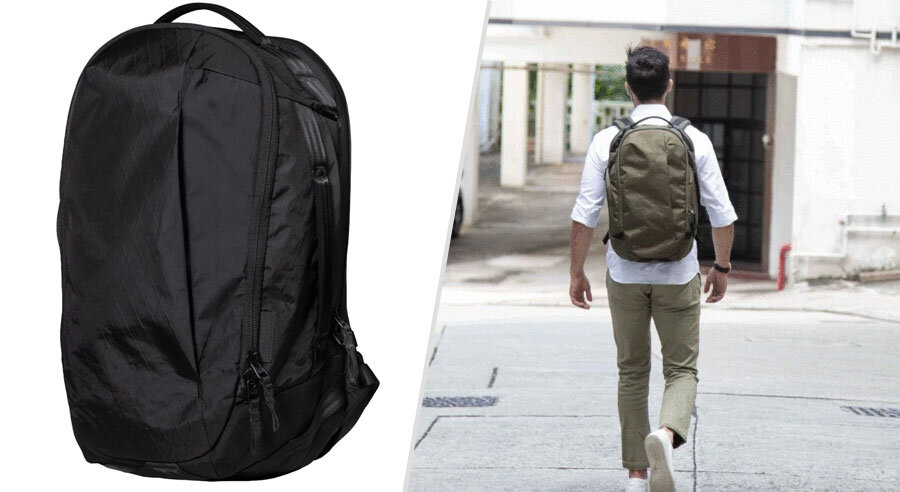

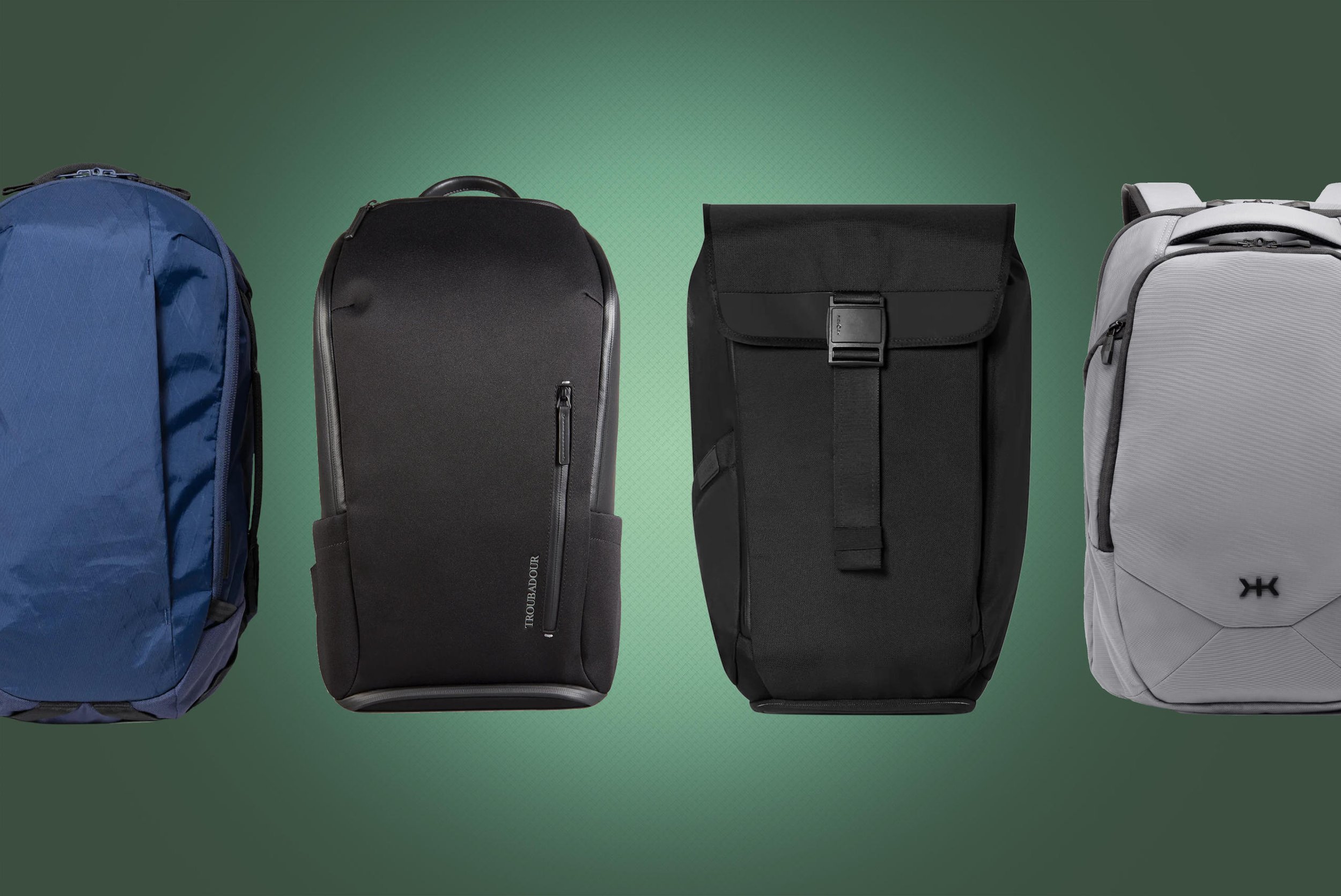
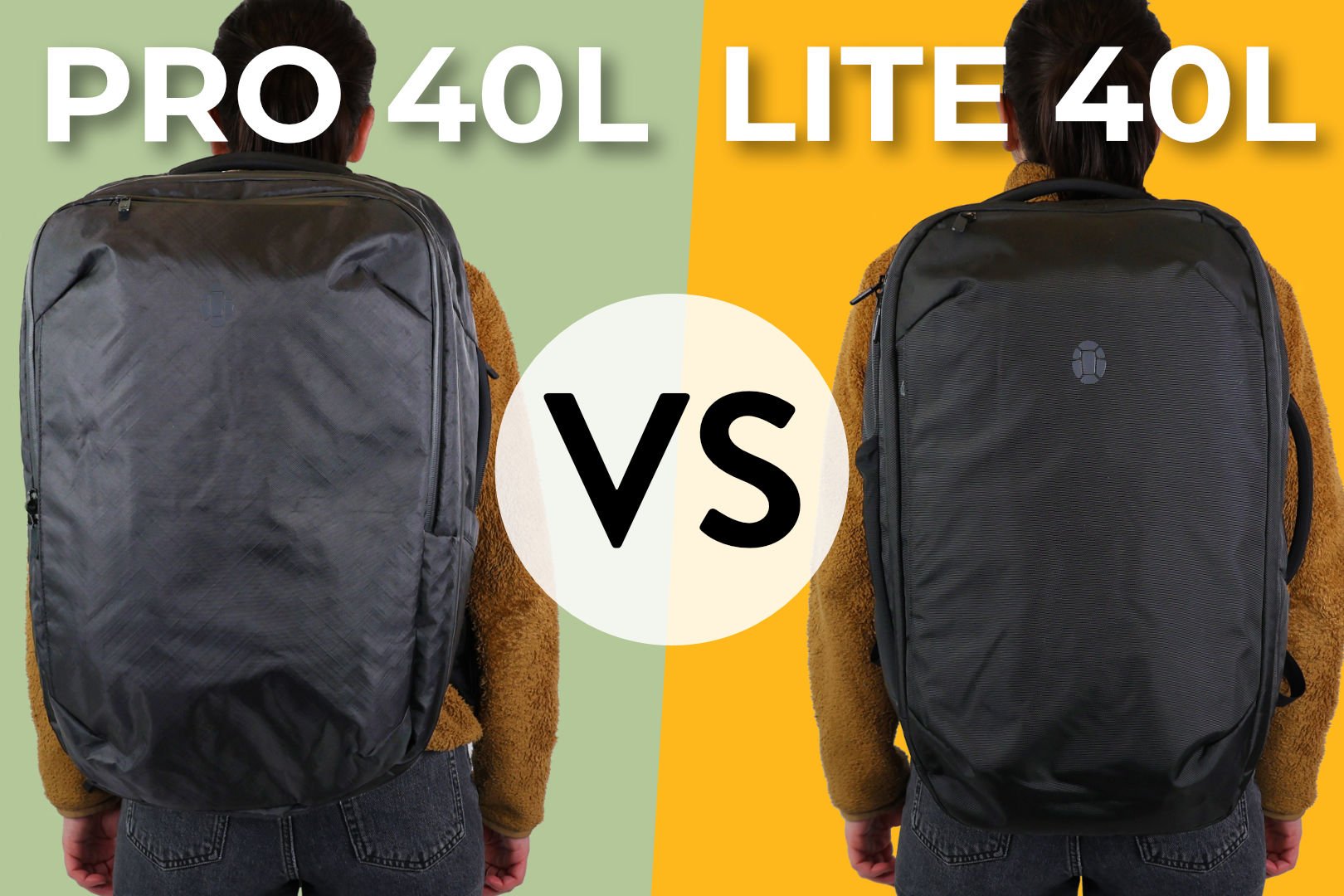

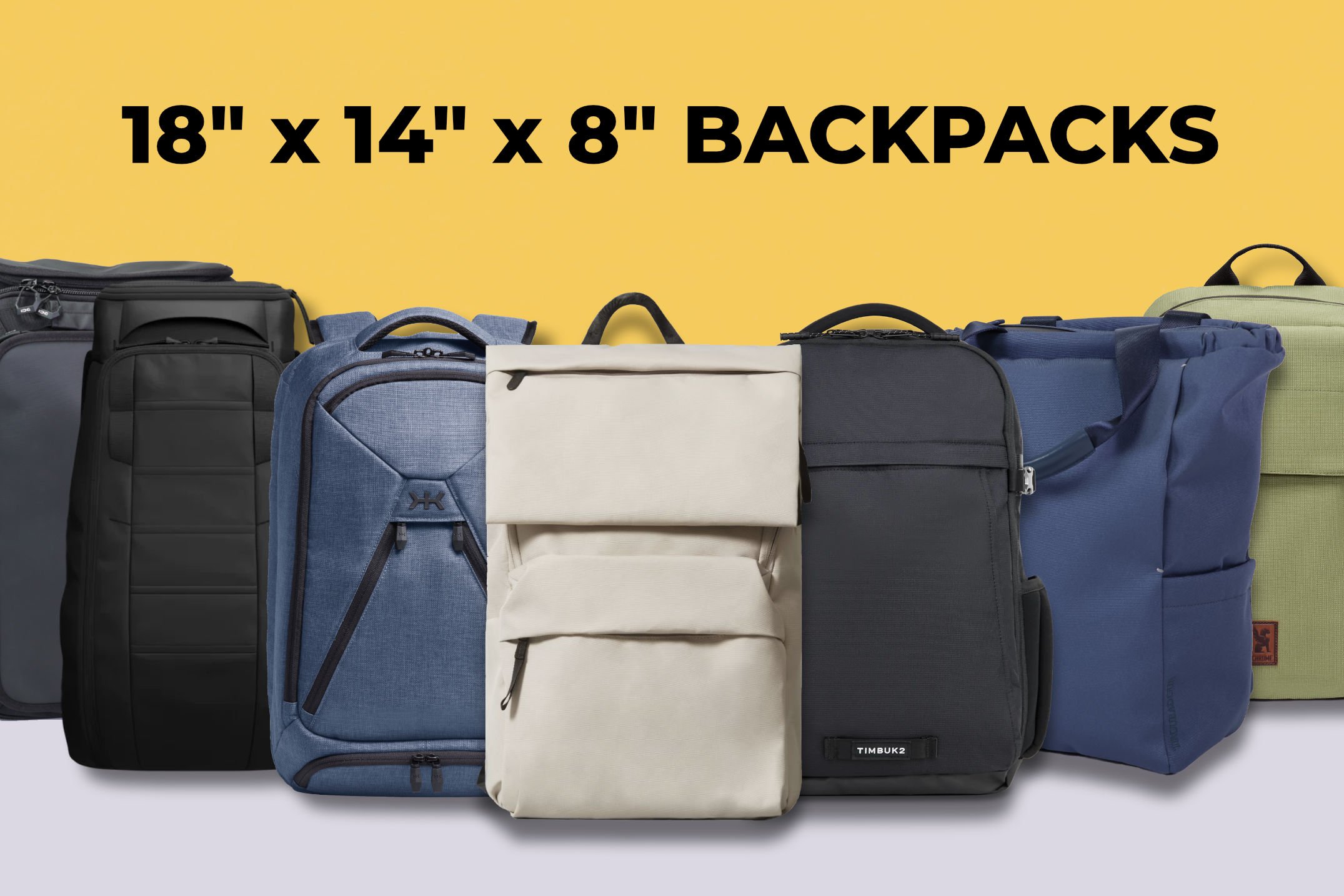
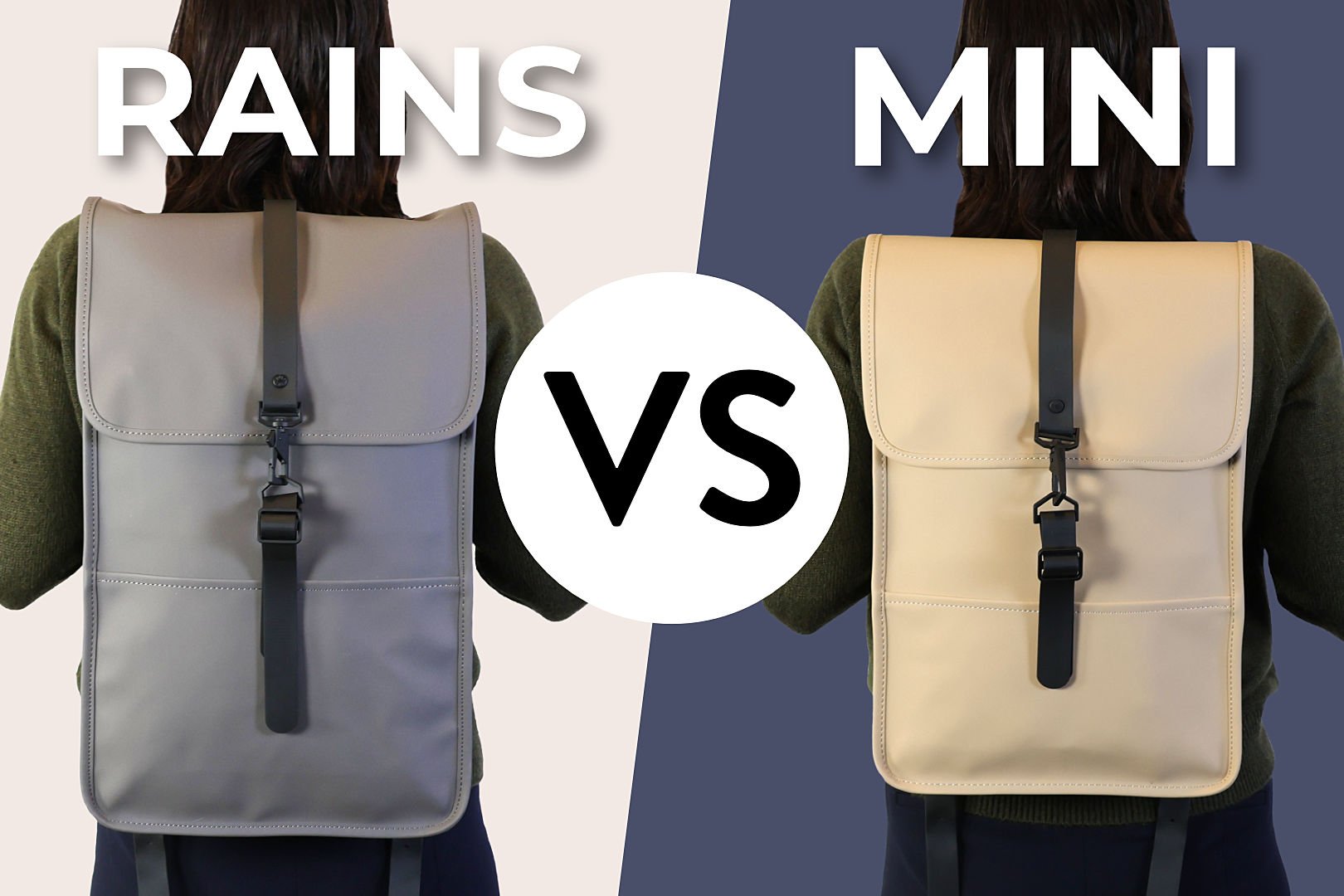
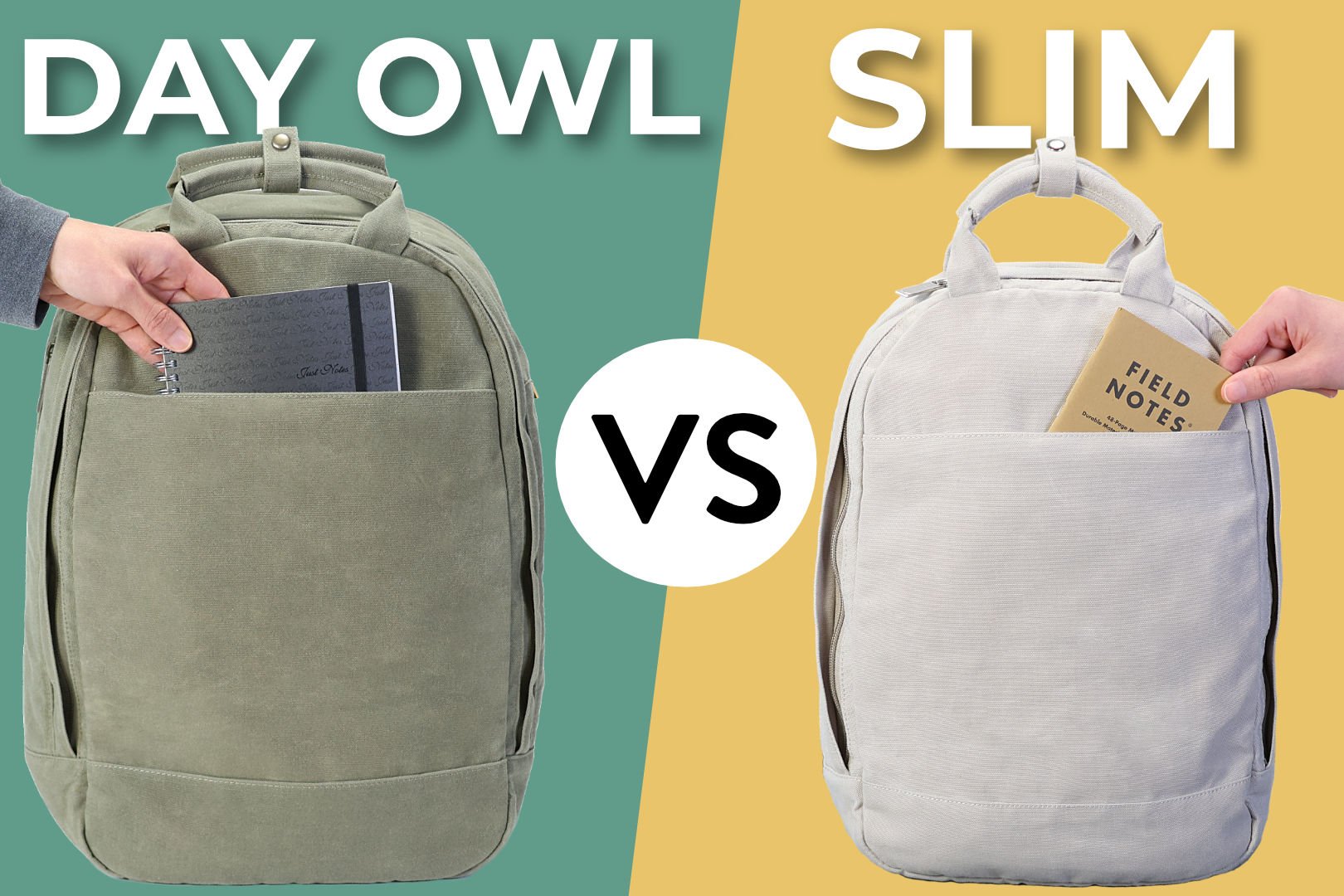
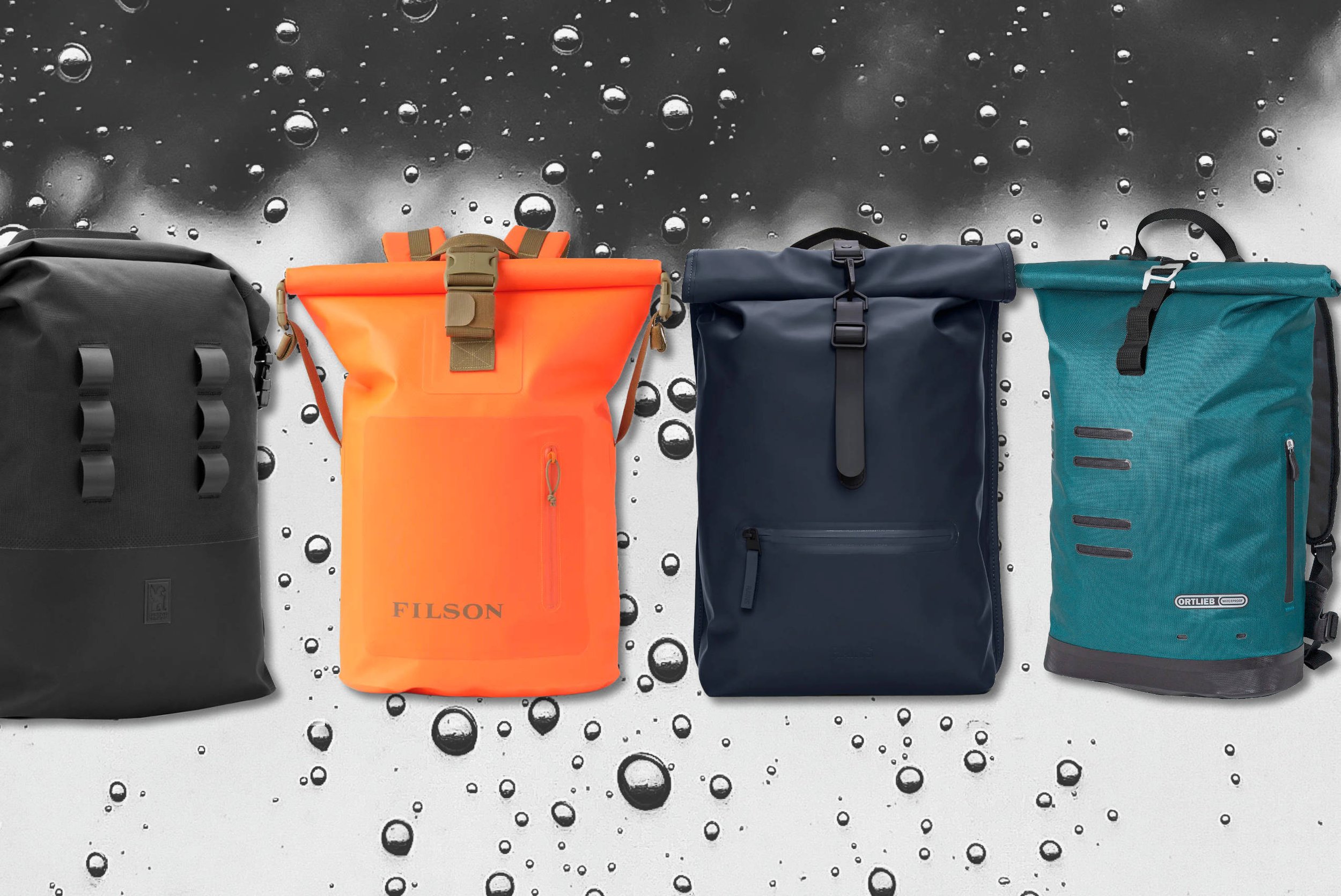
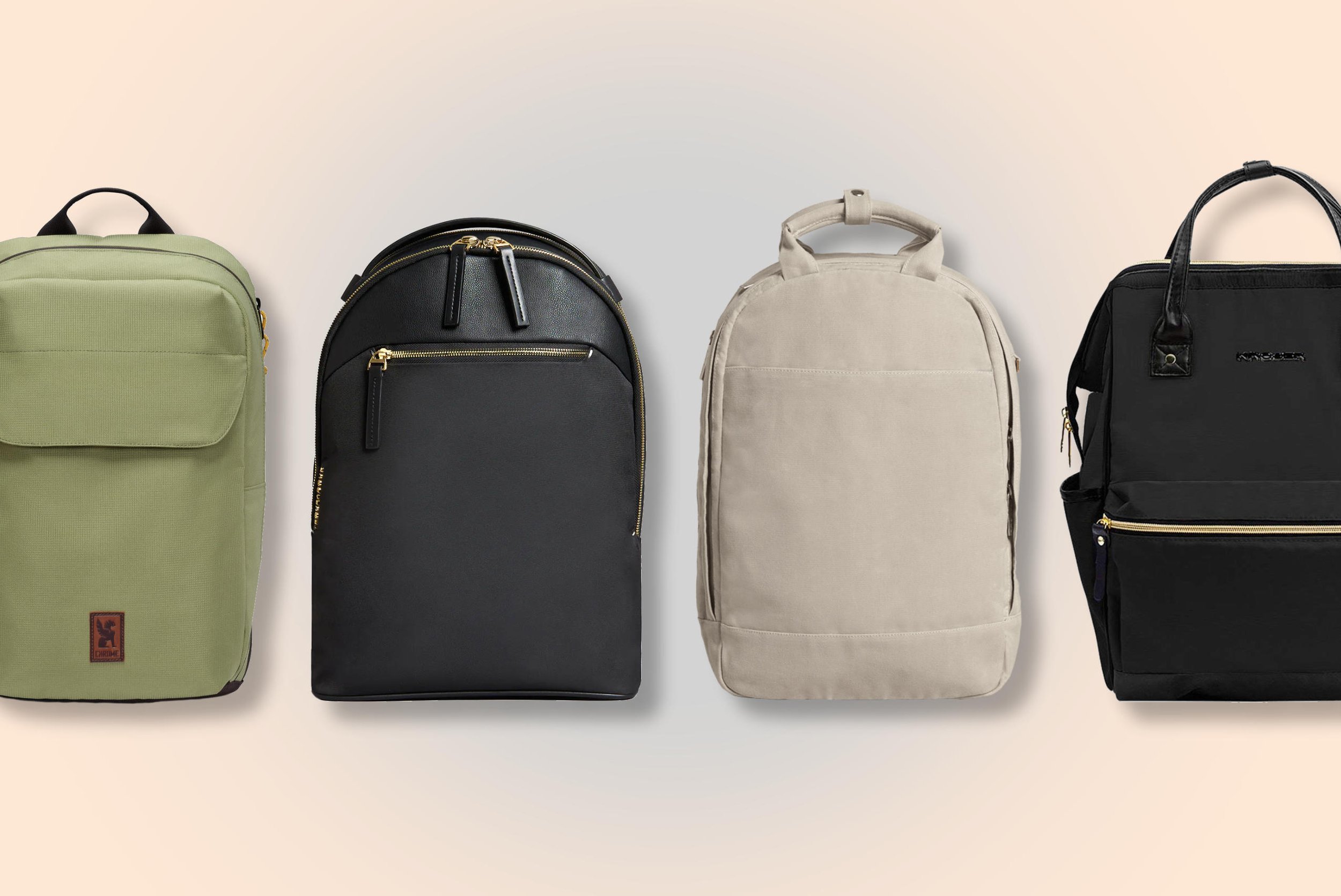

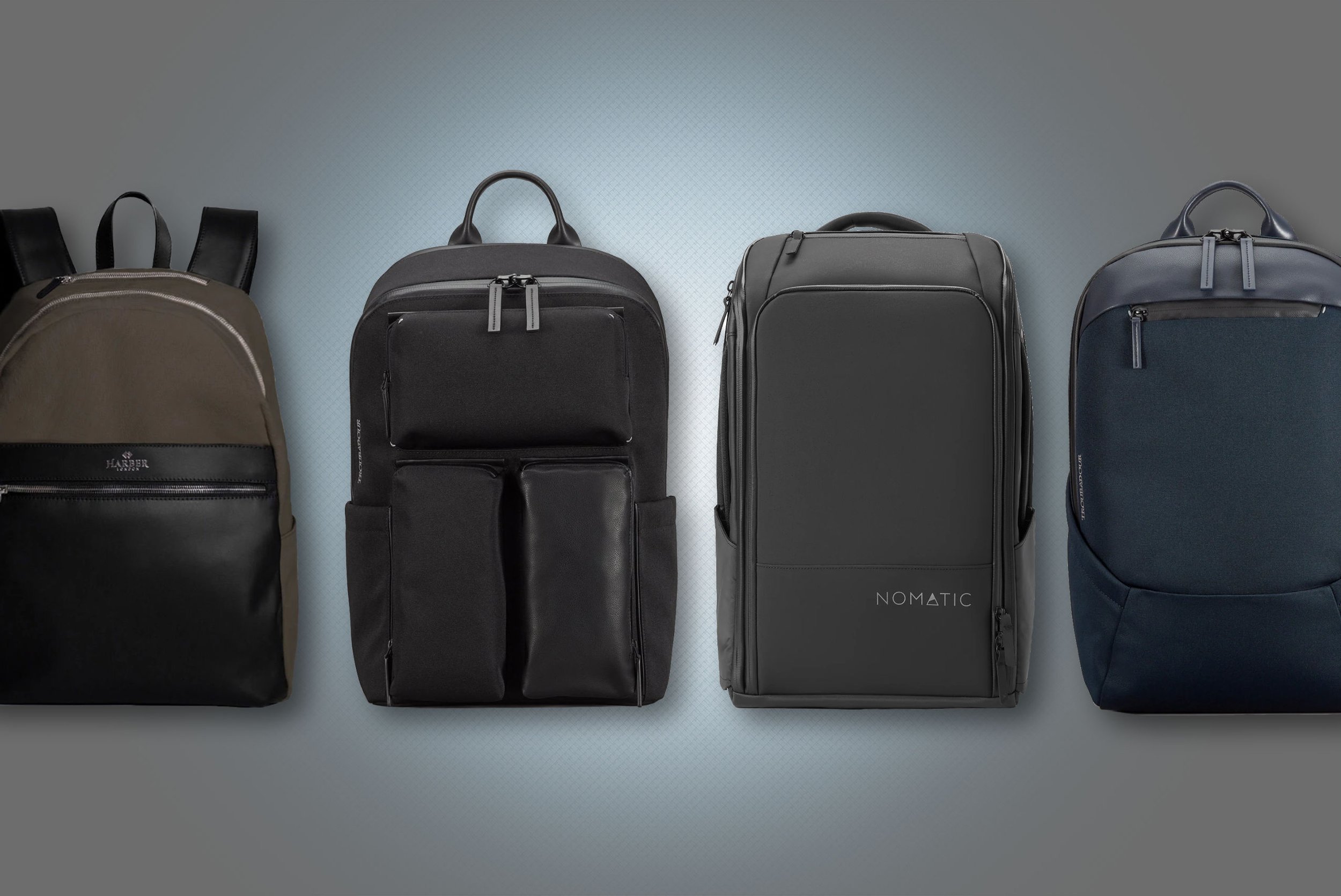

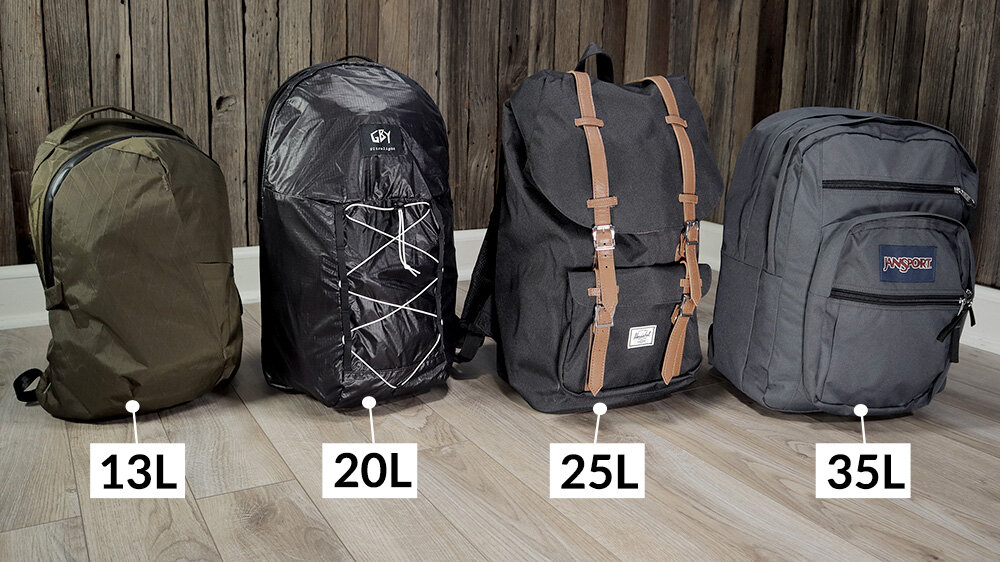

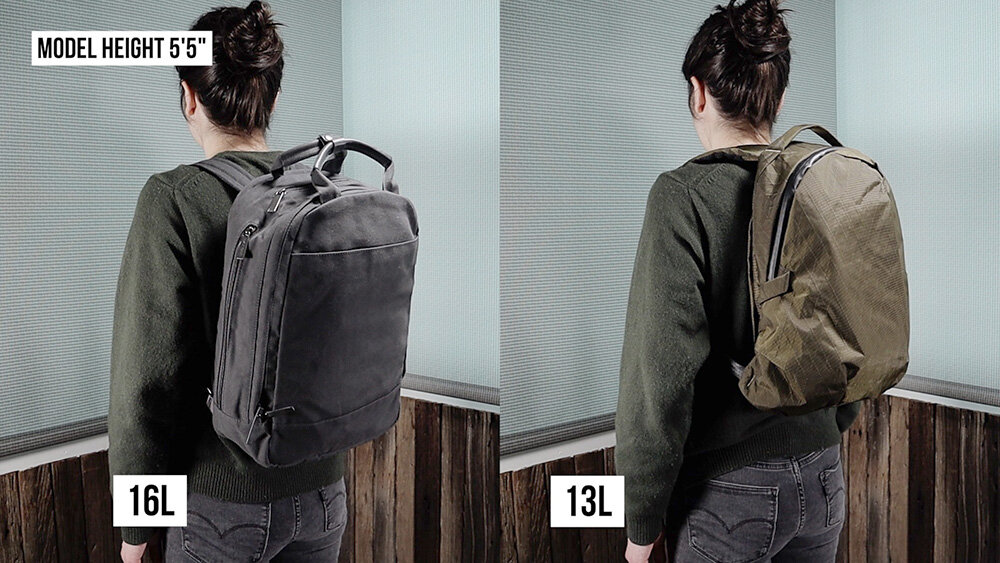


![Sherpani Soleil Anti-Theft [Review]](https://images.squarespace-cdn.com/content/v1/583335f52994ca7d6adc6f3d/1705706069013-0XNK1LS4S352NR05E8FP/Sherpani+Soleil+Anti+Theft+Backpack.jpg)
![Able Carry Thirteen Daybag [Review]](https://images.squarespace-cdn.com/content/v1/583335f52994ca7d6adc6f3d/1700149975518-TAYH77S8LQ9XP49PLDU9/Able+Carry+Thirteen+Daybag+late+2023+update.jpg)
![King Kong EDT Backpack [Review]](https://images.squarespace-cdn.com/content/v1/583335f52994ca7d6adc6f3d/1690463929977-K8IVAVSXKSXOT39VII63/king-kong-everyday-tactical-backpack-review.jpg)
![Doughnut Macaroon [Review]](https://images.squarespace-cdn.com/content/v1/583335f52994ca7d6adc6f3d/1689621252848-BO595C58U60UY3KH1O93/Doughnut-Macaroon-backpack-review.jpg)






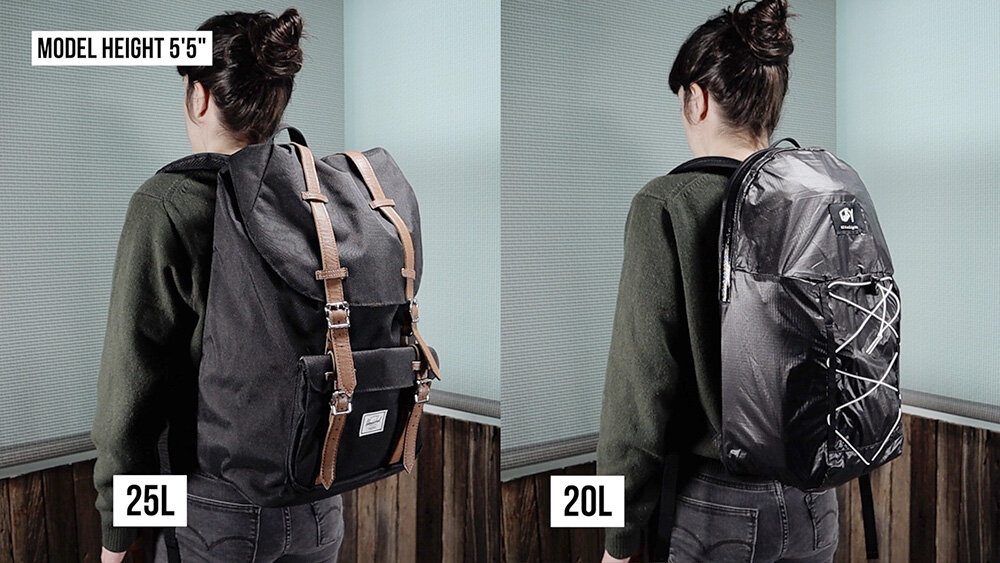
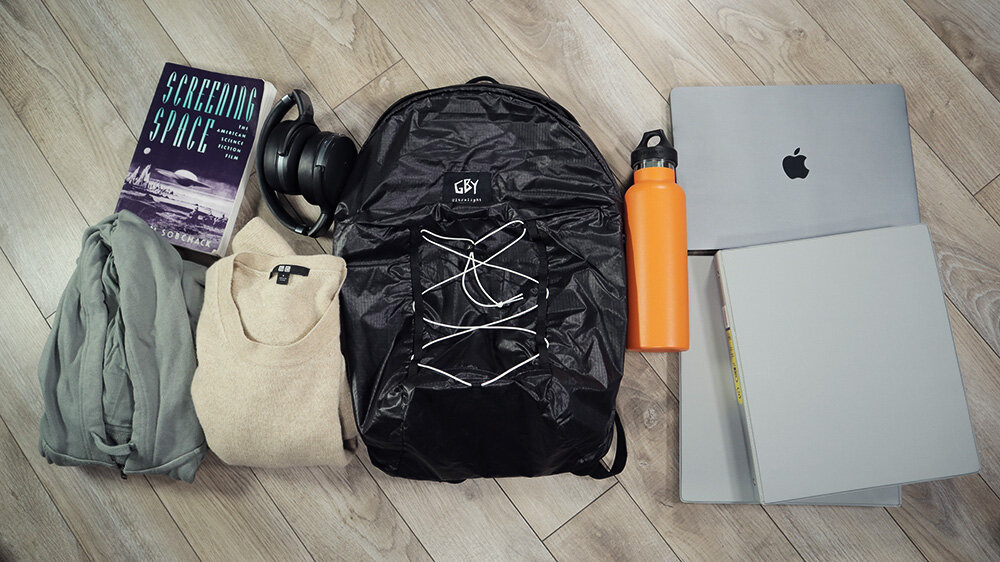
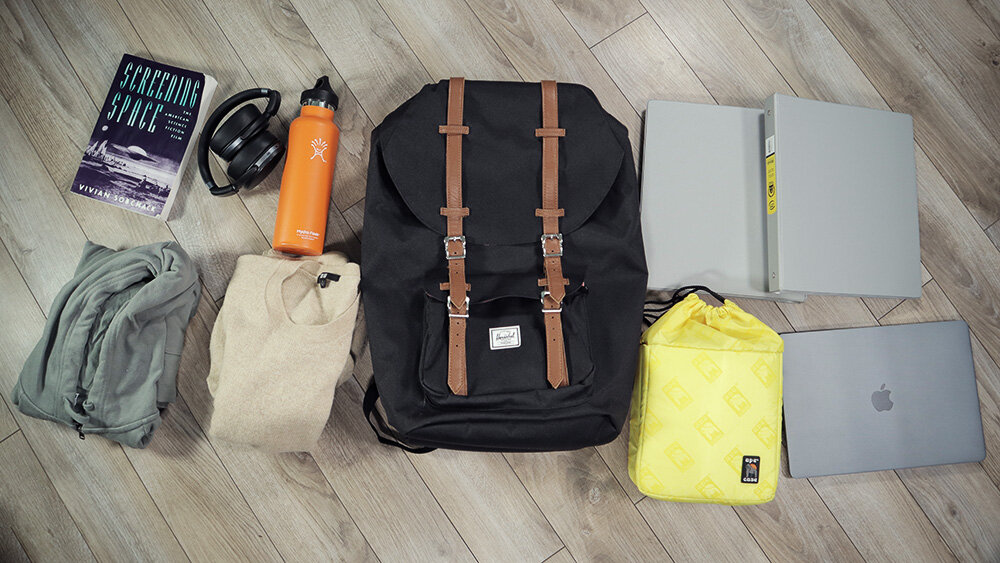
![Patagonia Atom Tote Pack 20L [Review]](https://images.squarespace-cdn.com/content/v1/583335f52994ca7d6adc6f3d/1688738135400-L6V0WQZY59I9SPI9J0S7/patagonia-atom-tote-pack-20L-backpack.jpg)
![King Kong Heritage Leather [Review]](https://images.squarespace-cdn.com/content/v1/583335f52994ca7d6adc6f3d/1674606366495-TZFKPXDO6M2C485C28IX/KK-HL-00.jpg)
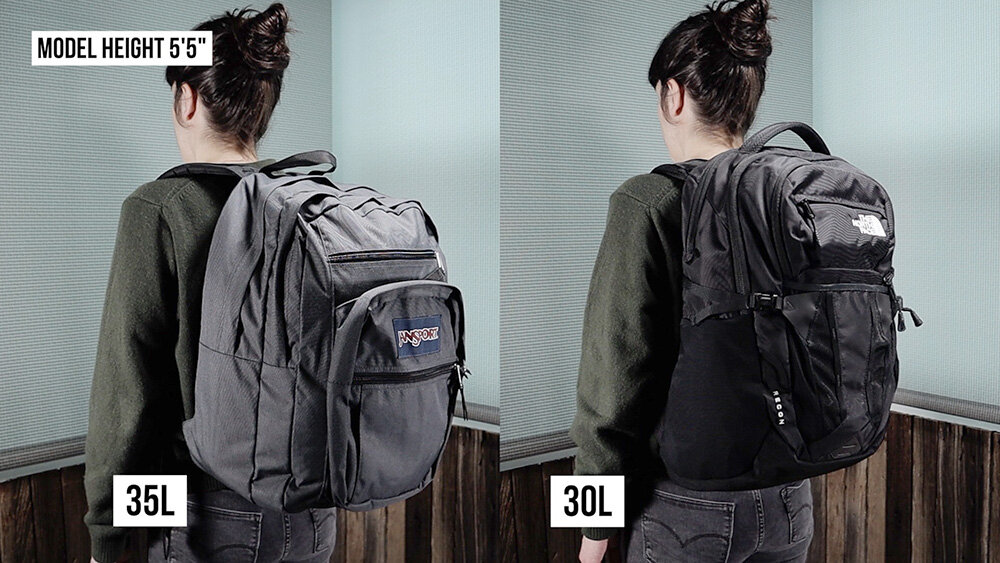
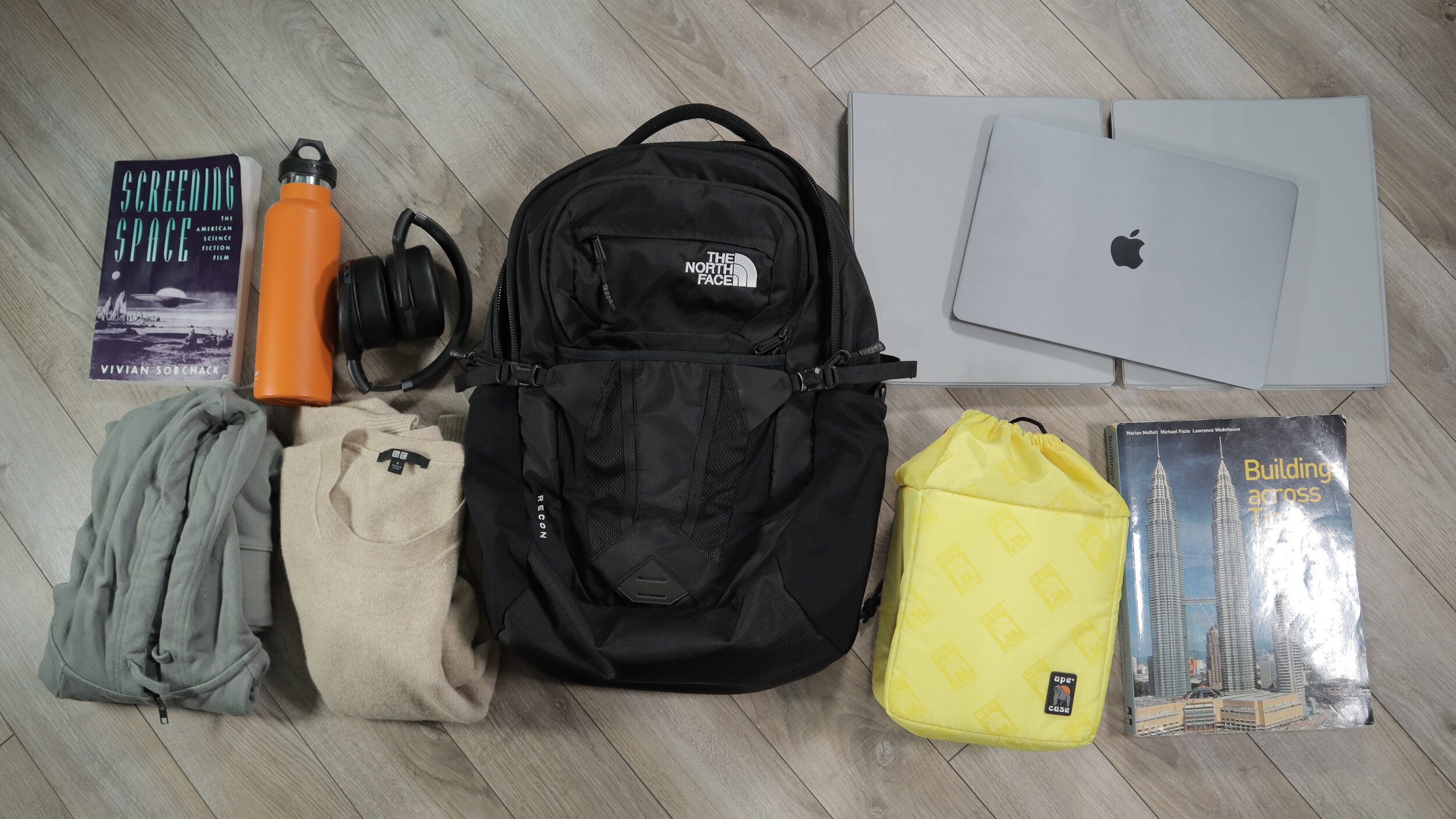
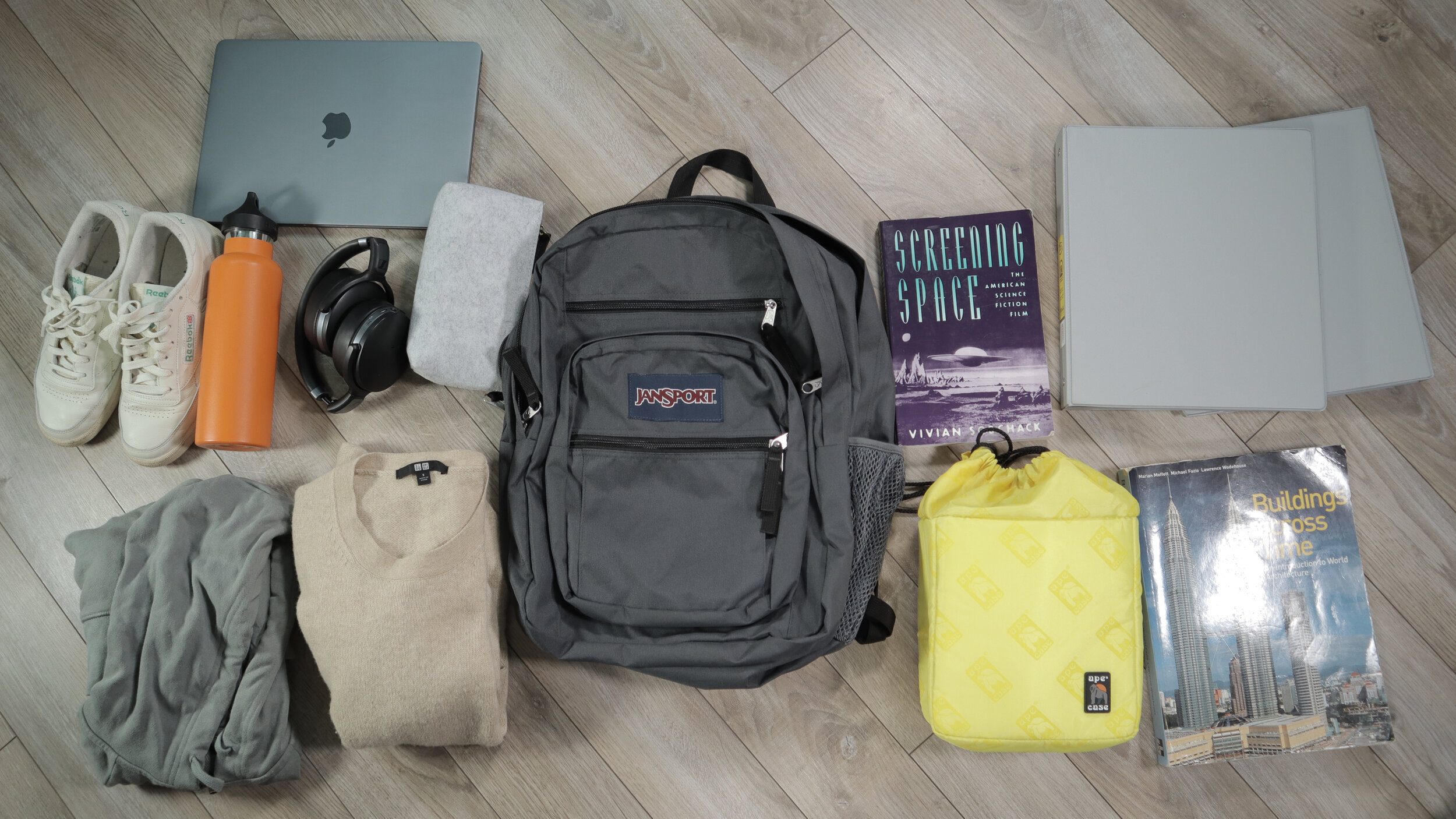
![Pacsafe Venturesafe EXP35 [Review]](https://images.squarespace-cdn.com/content/v1/583335f52994ca7d6adc6f3d/1669480572639-PHW709SFVZ6MADPEL8TC/PS-VS-35-00.jpg)
![King Kong EDGE35 [Review]](https://images.squarespace-cdn.com/content/v1/583335f52994ca7d6adc6f3d/1601940177410-VEP4Y81DYKVHCHHKJXPS/King-Kong-EDGE-35.jpg)



